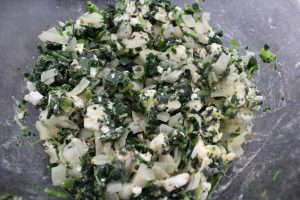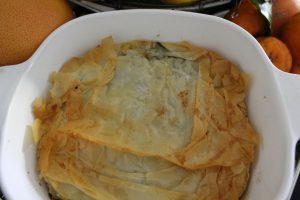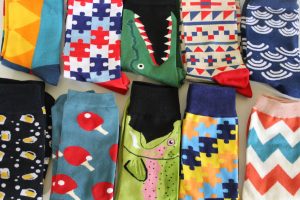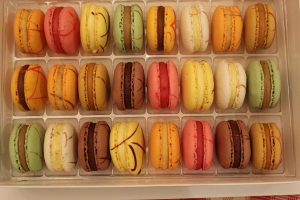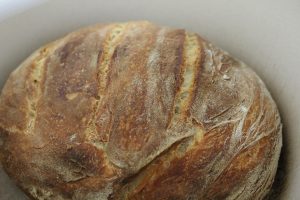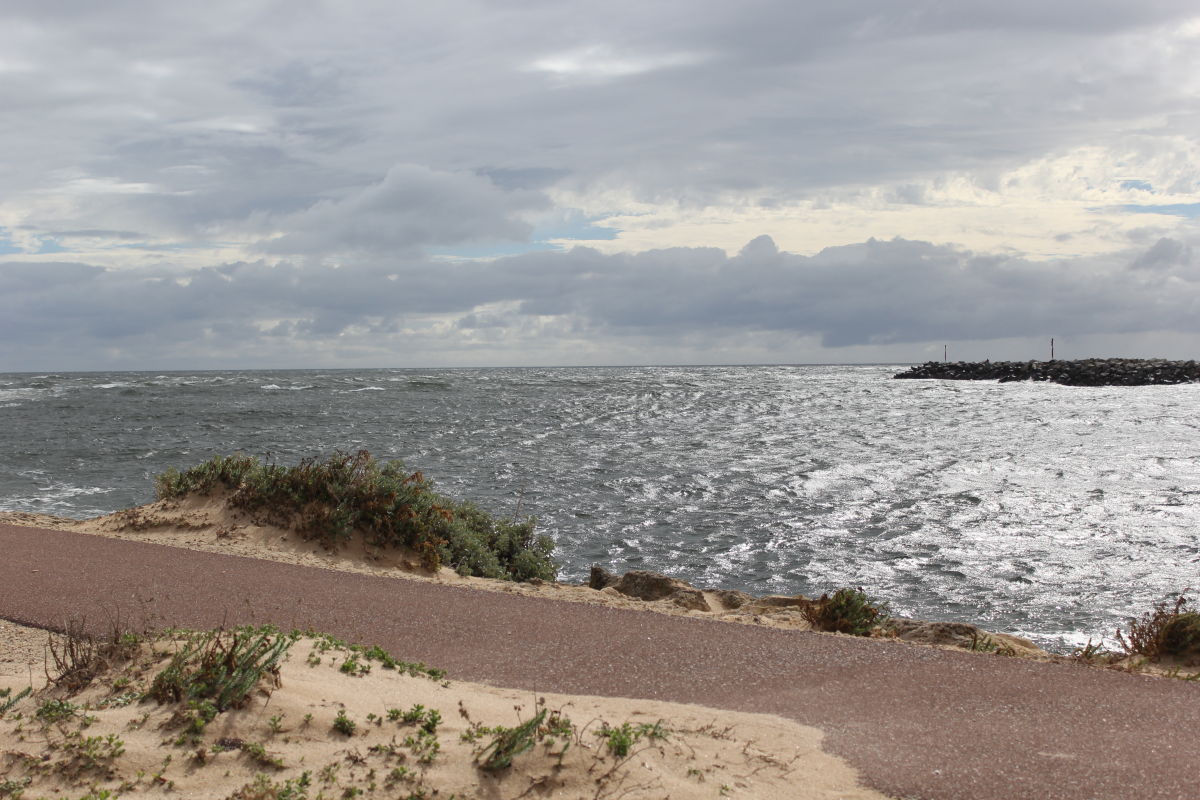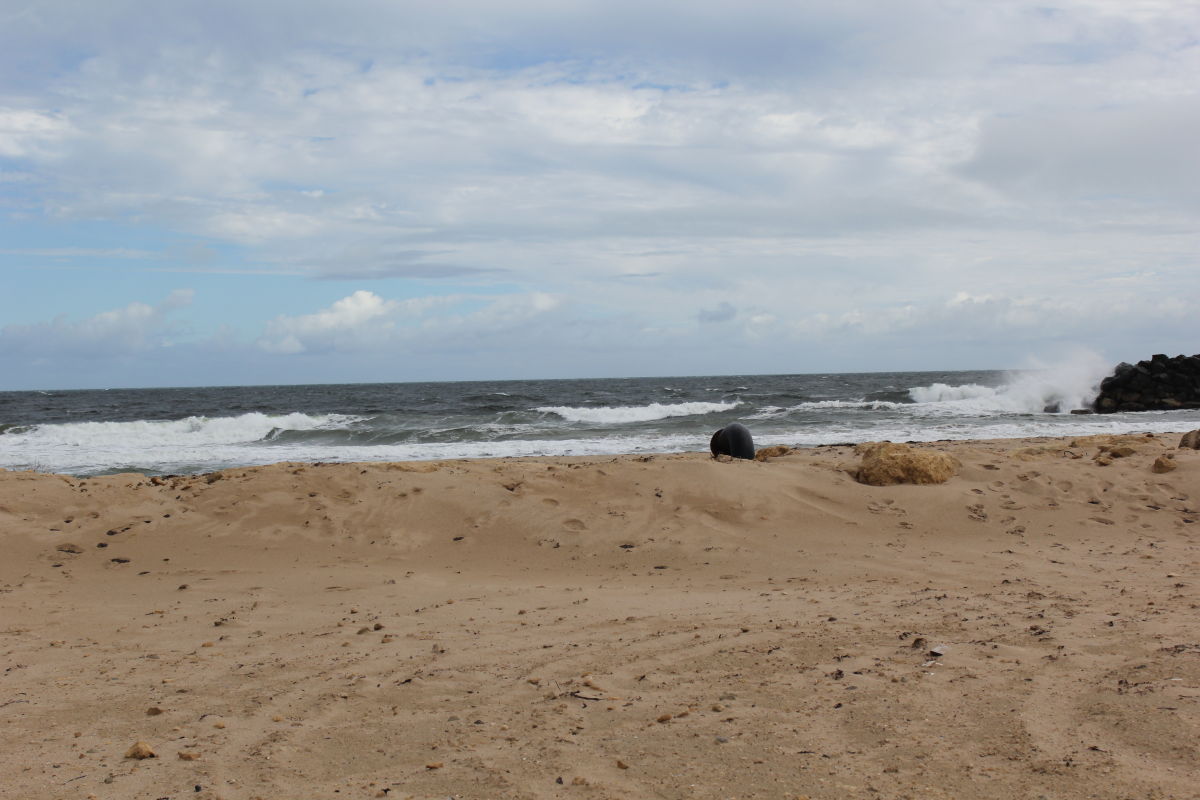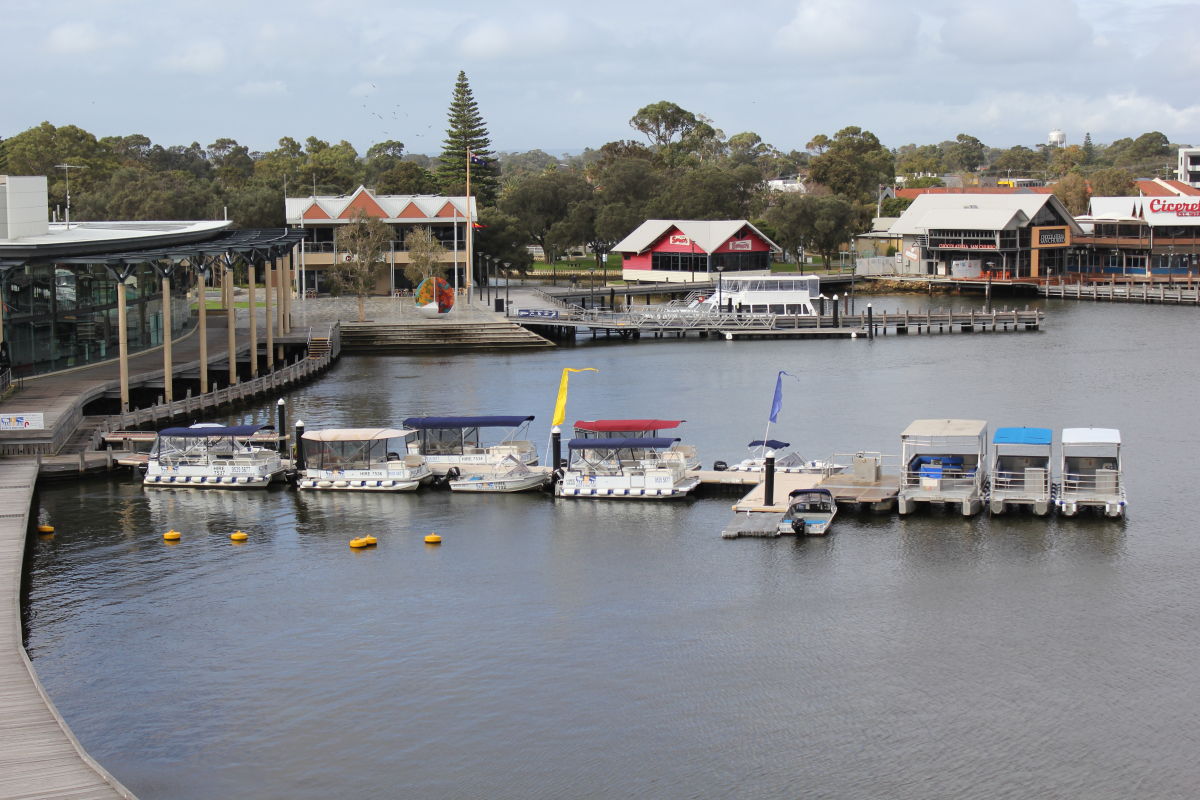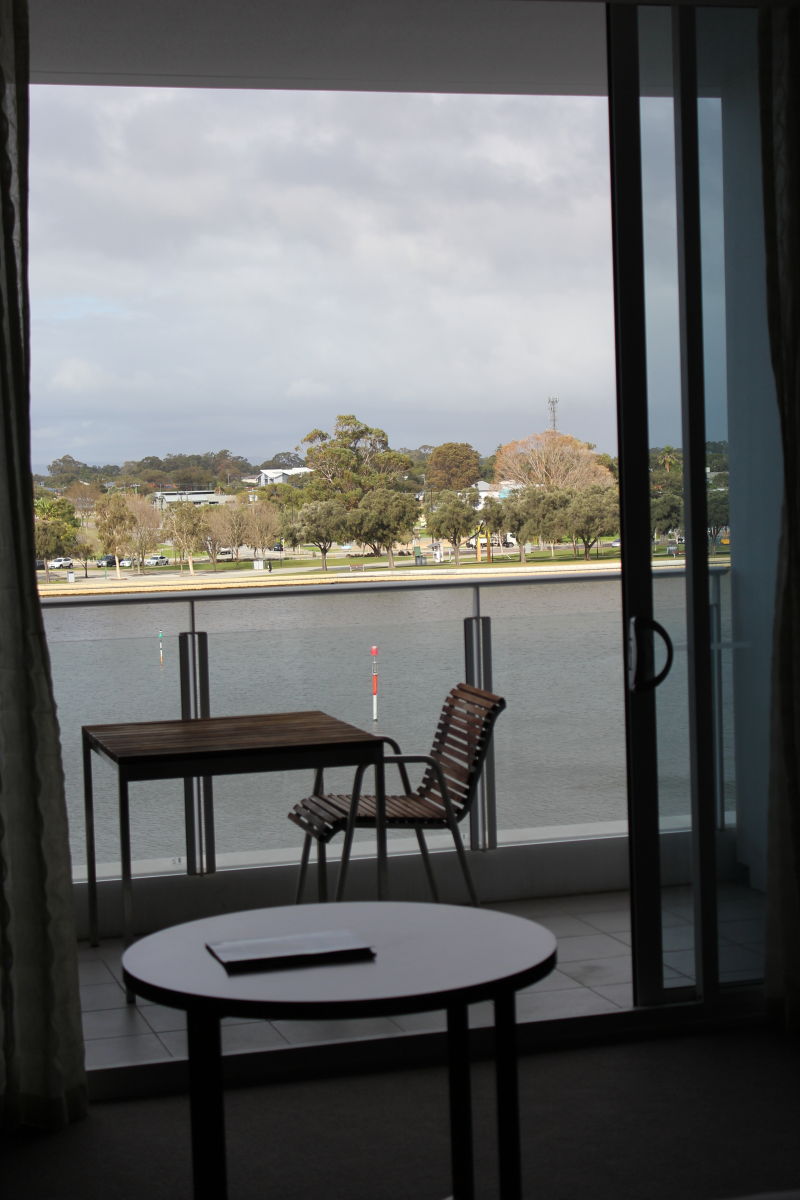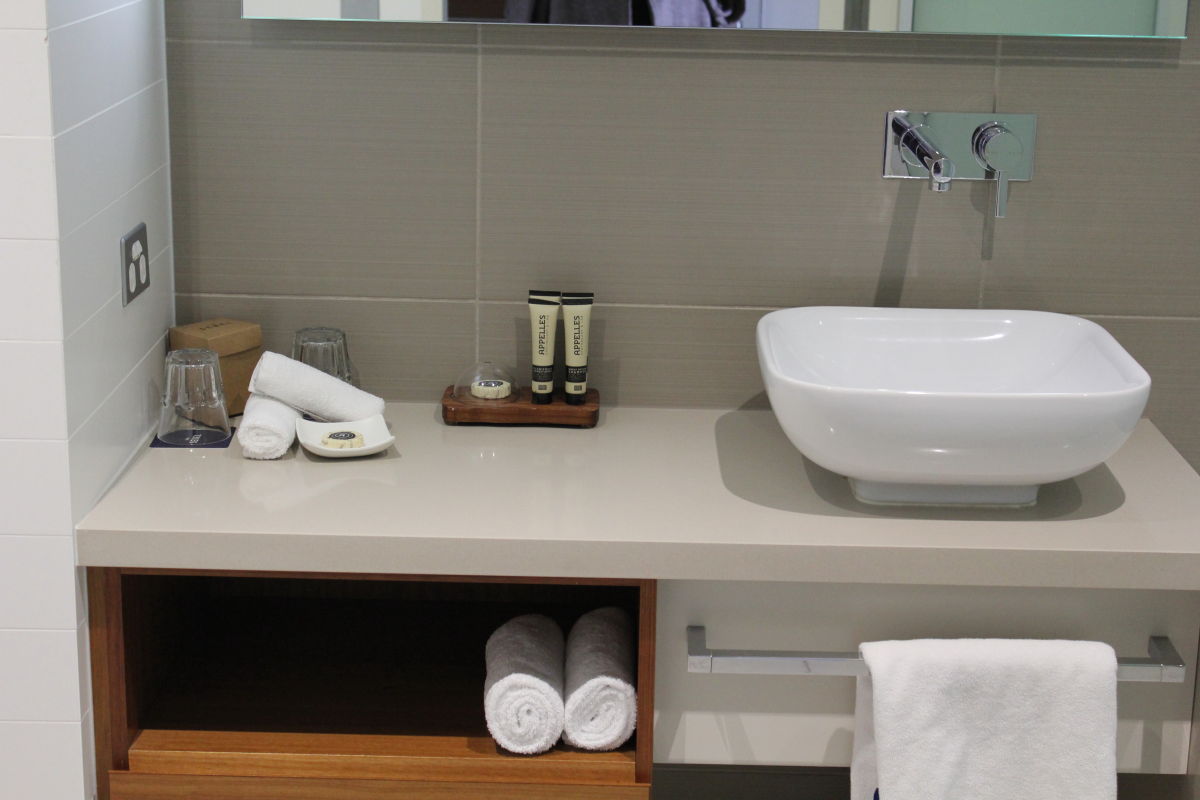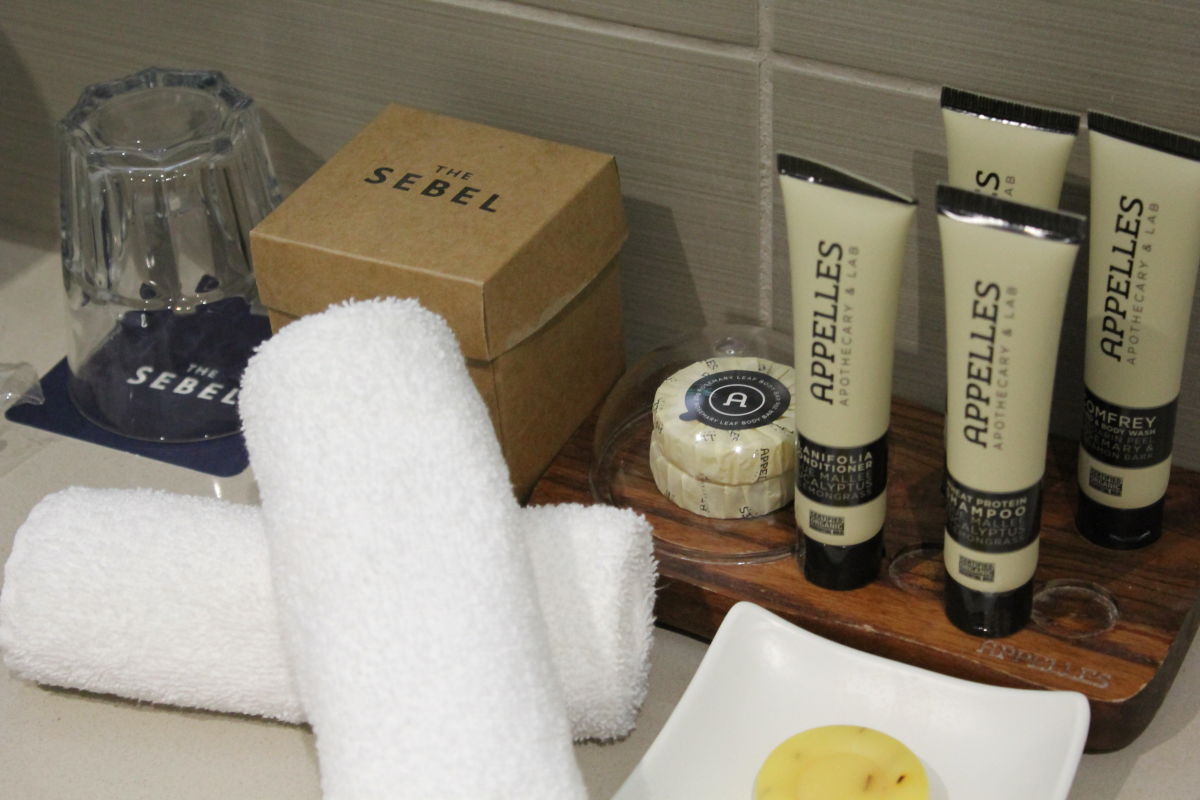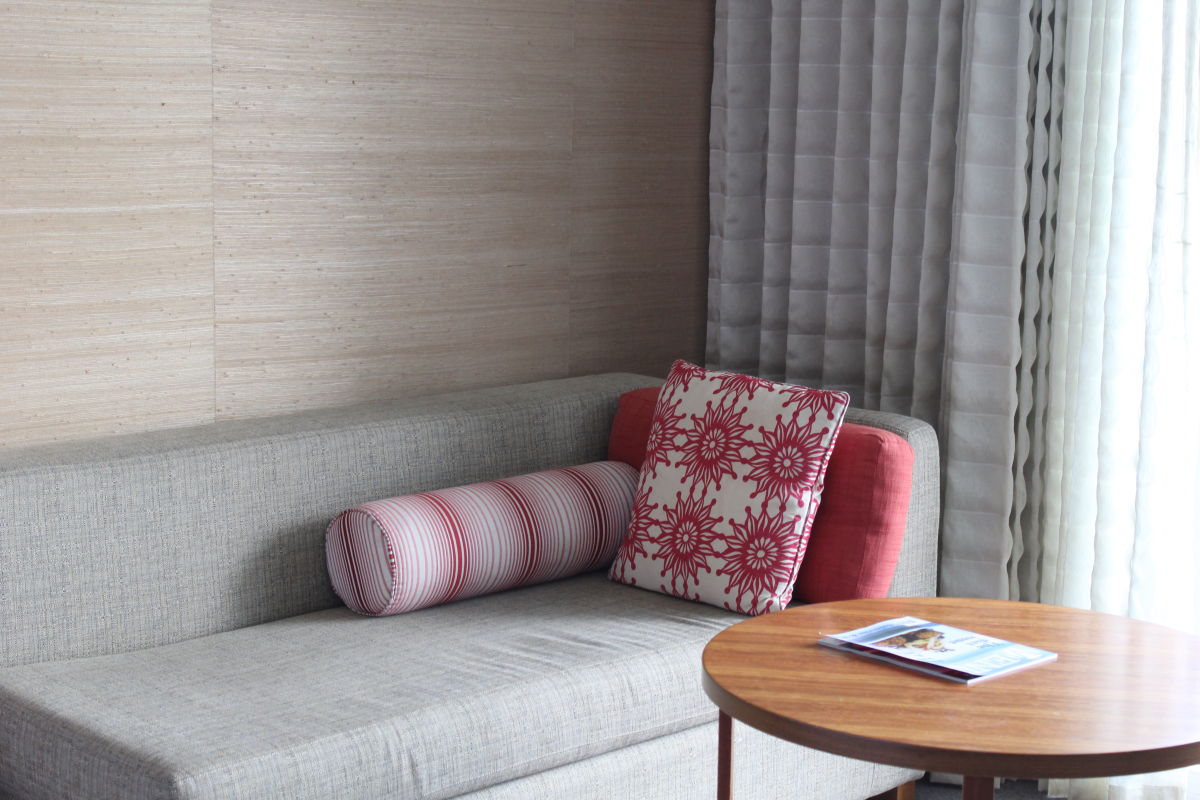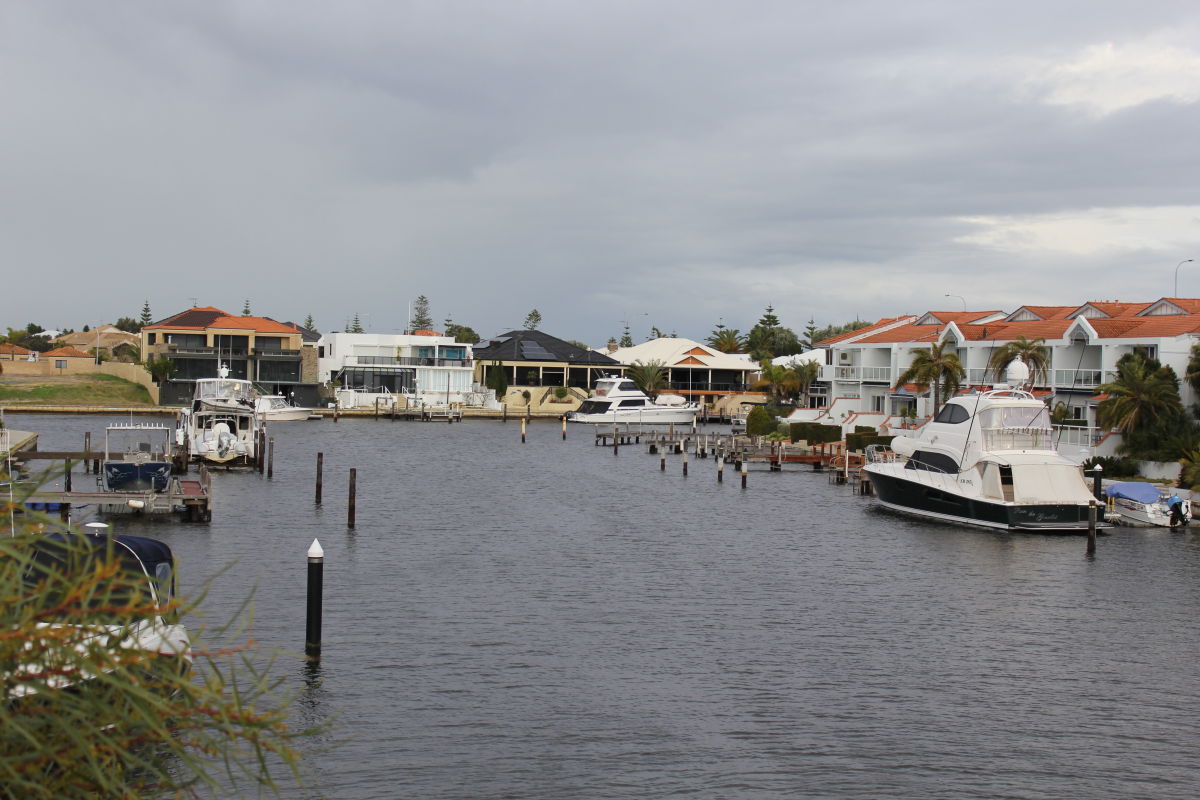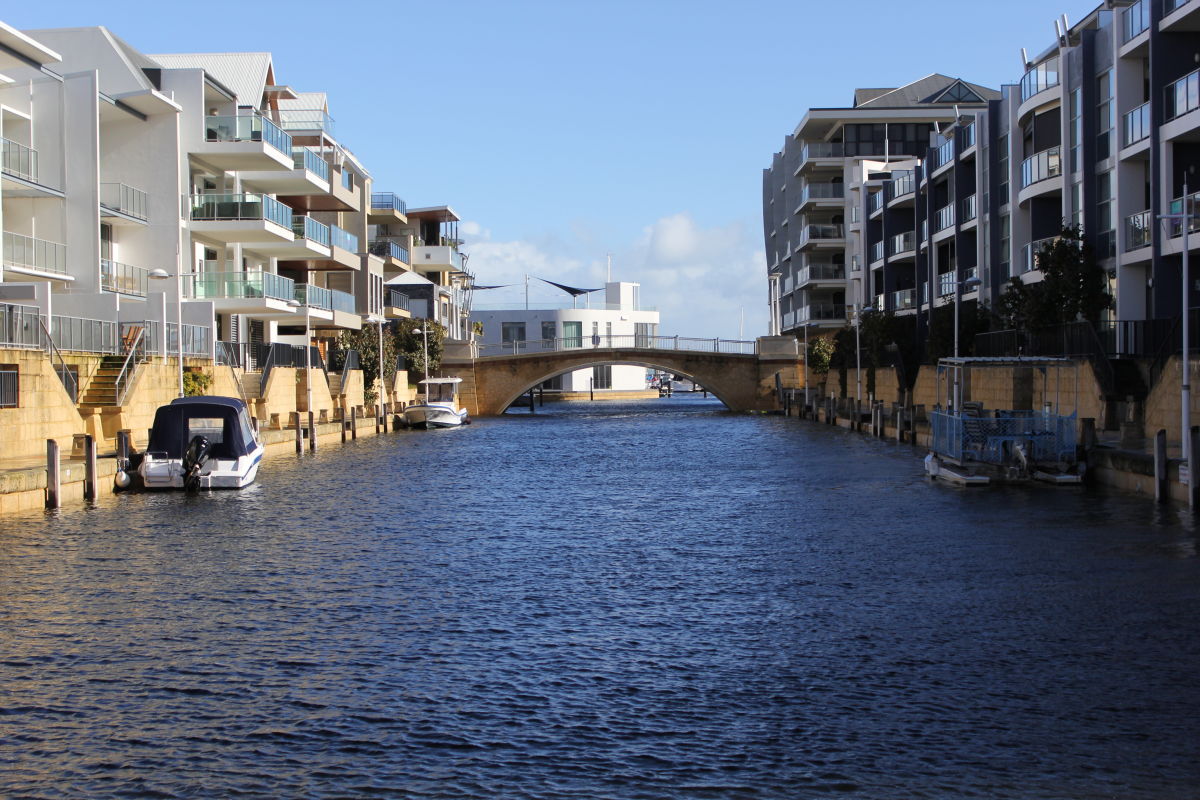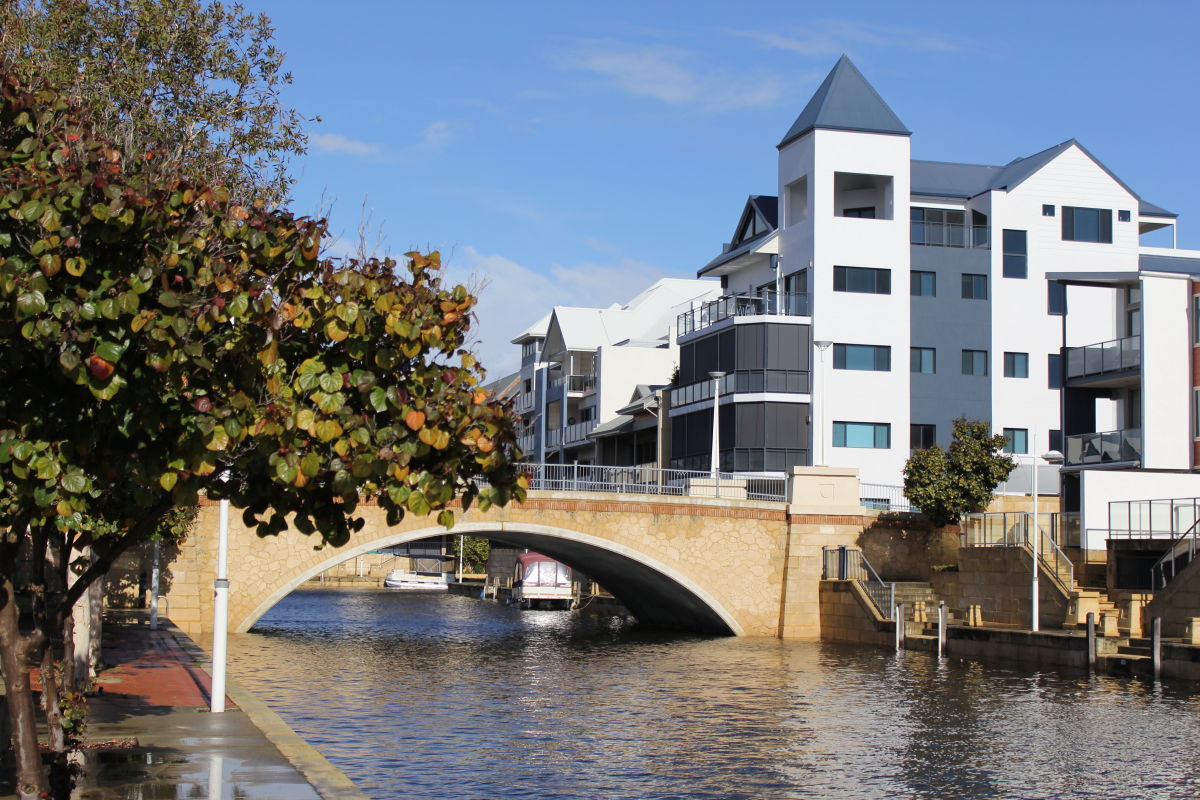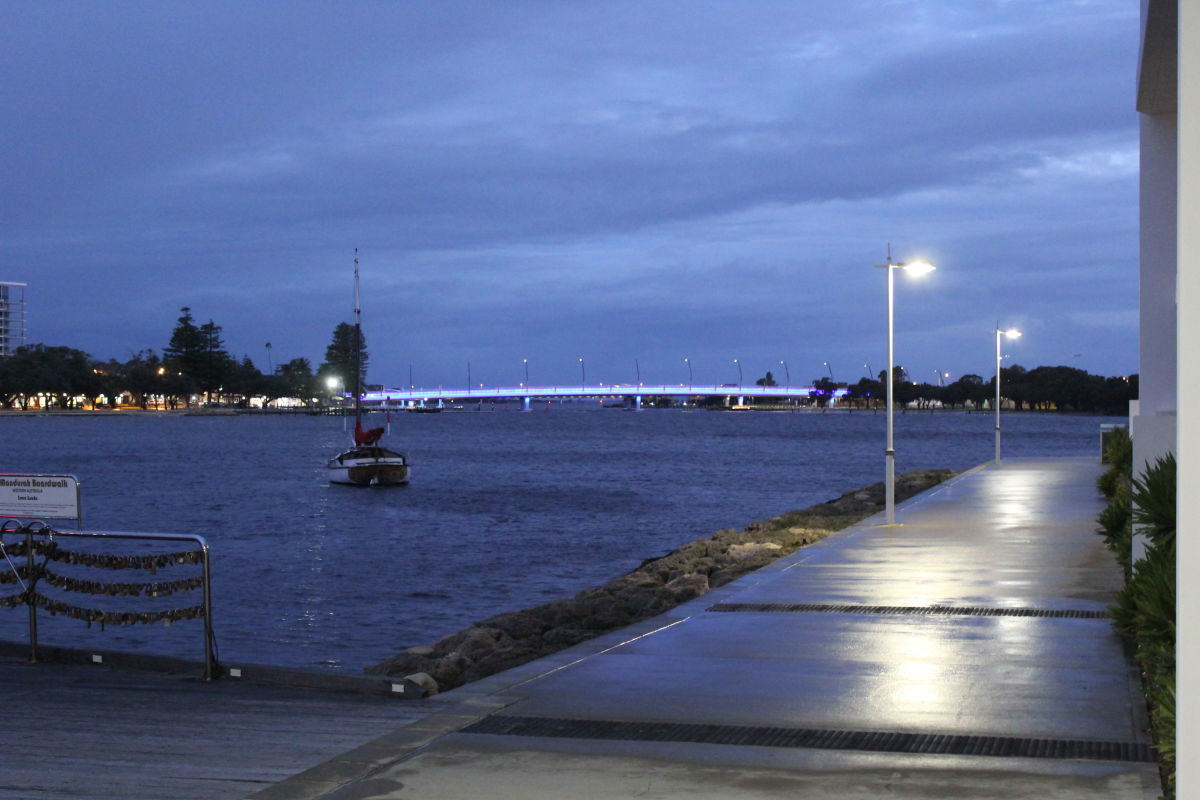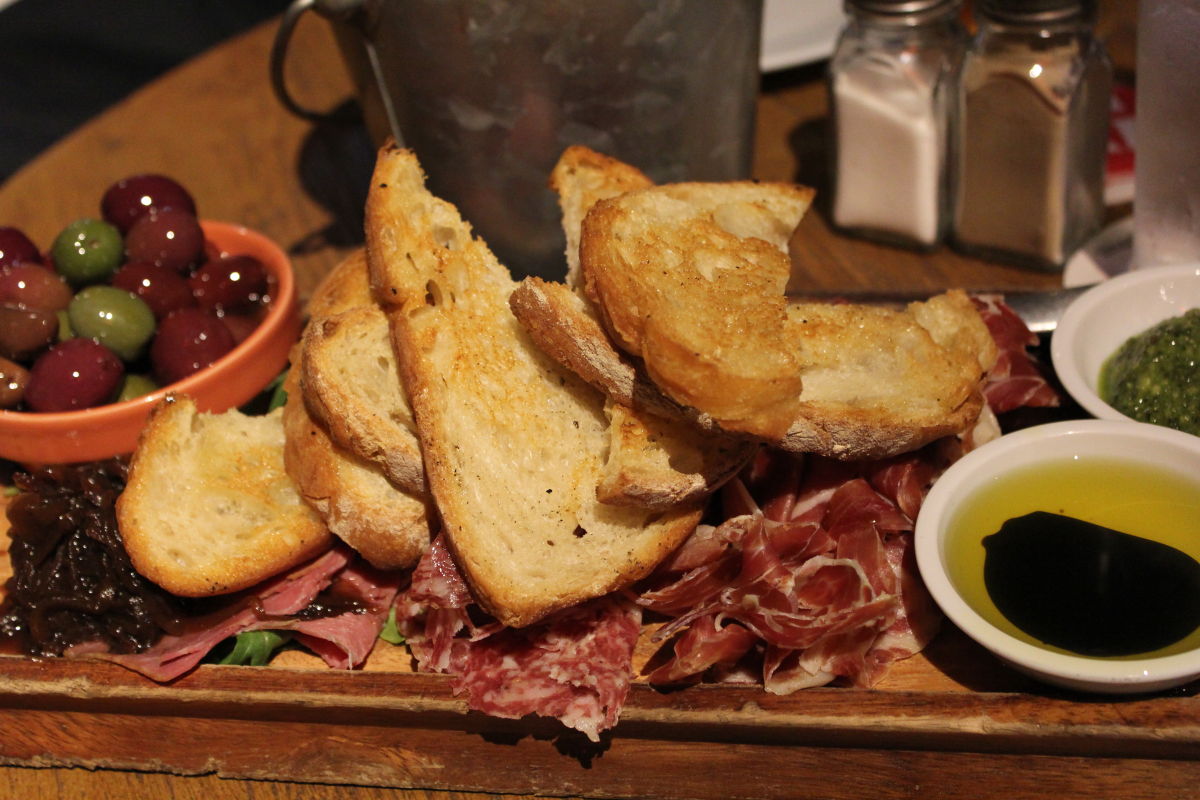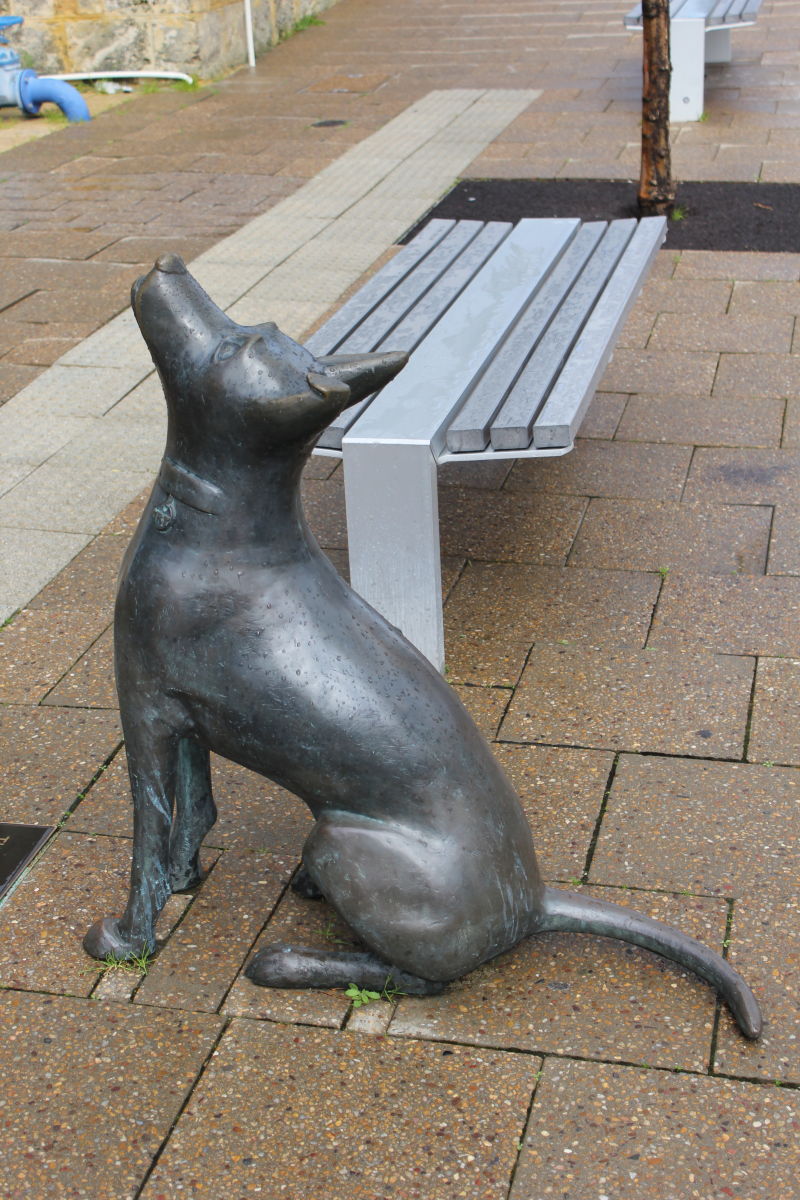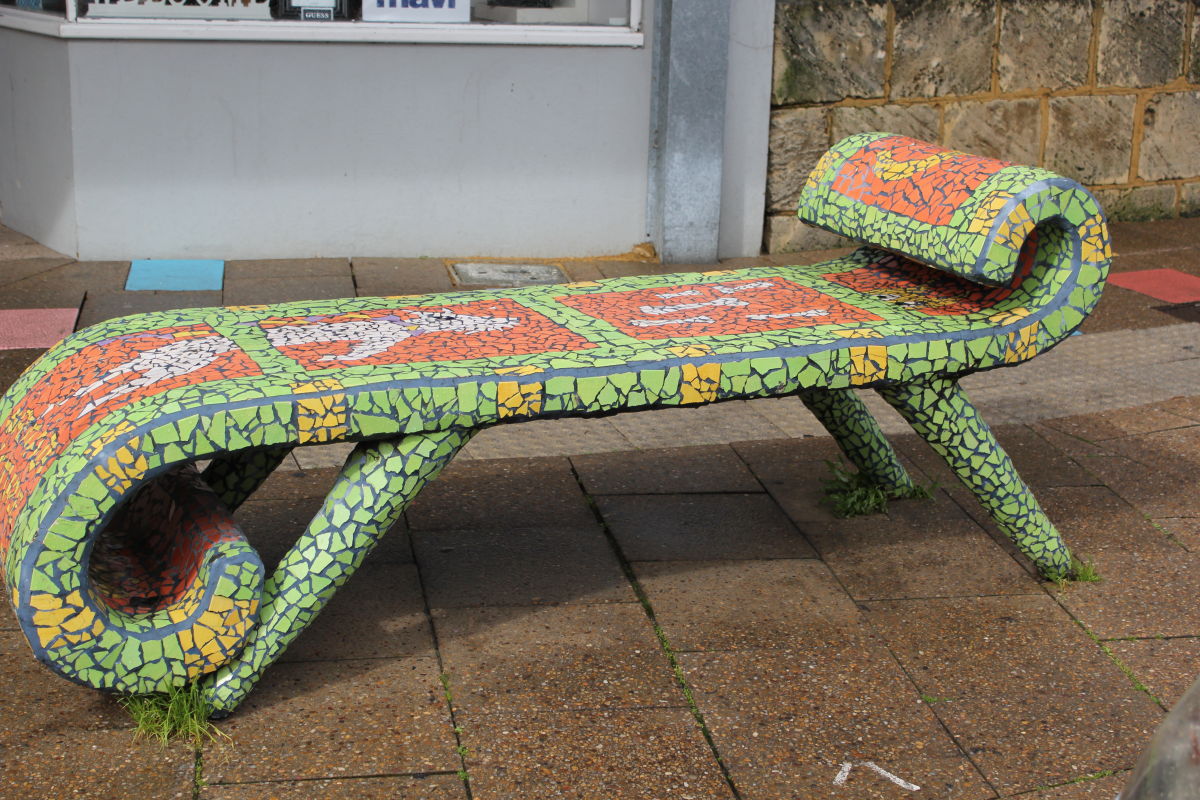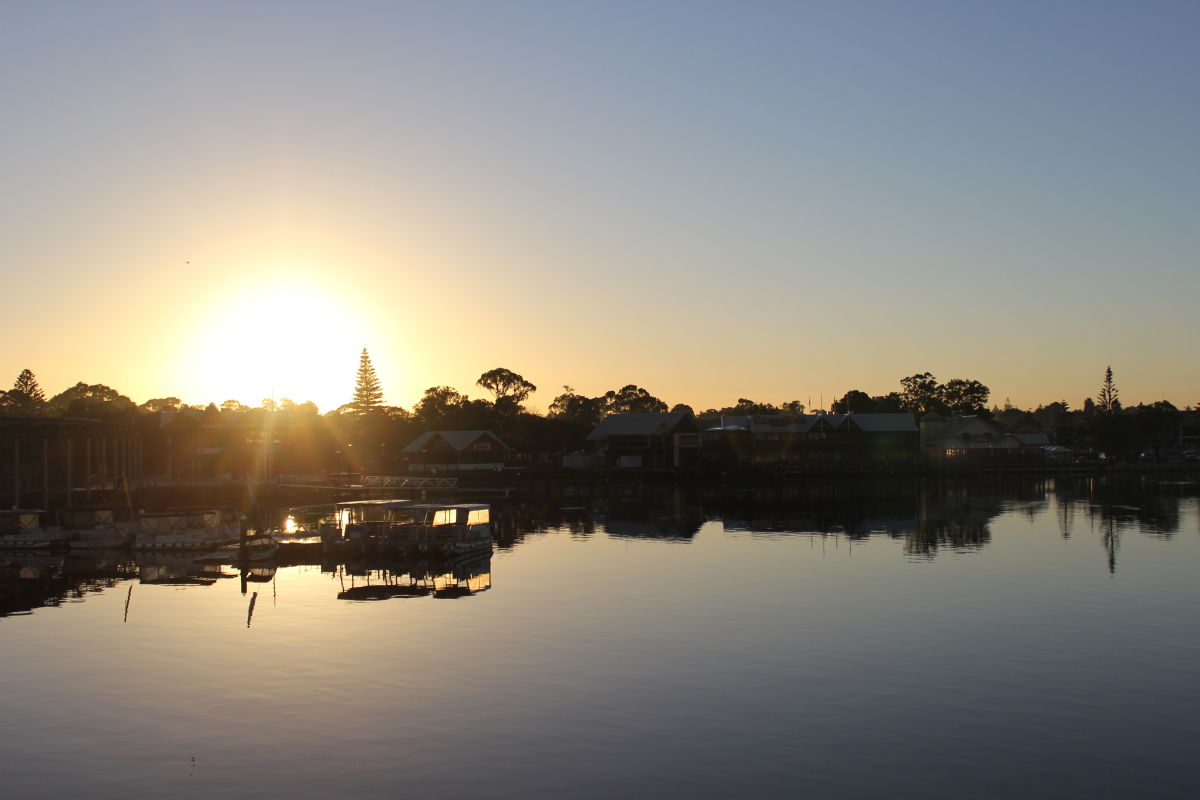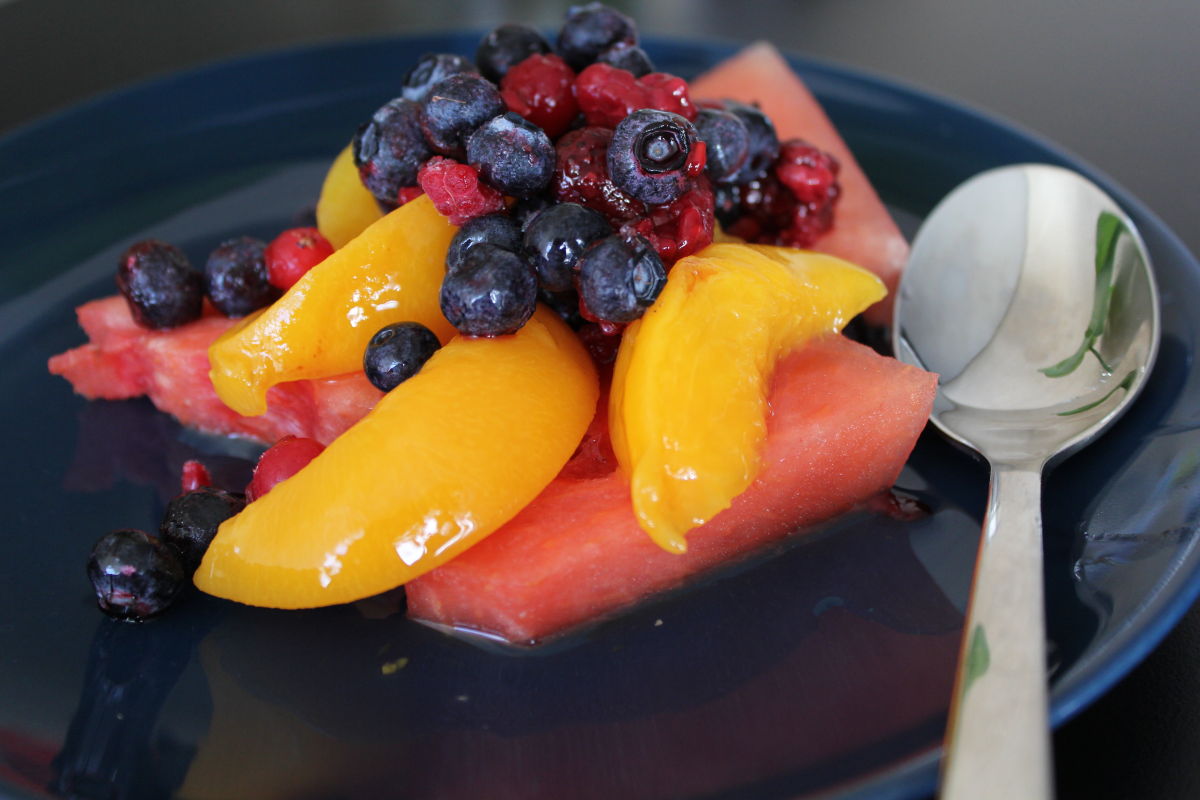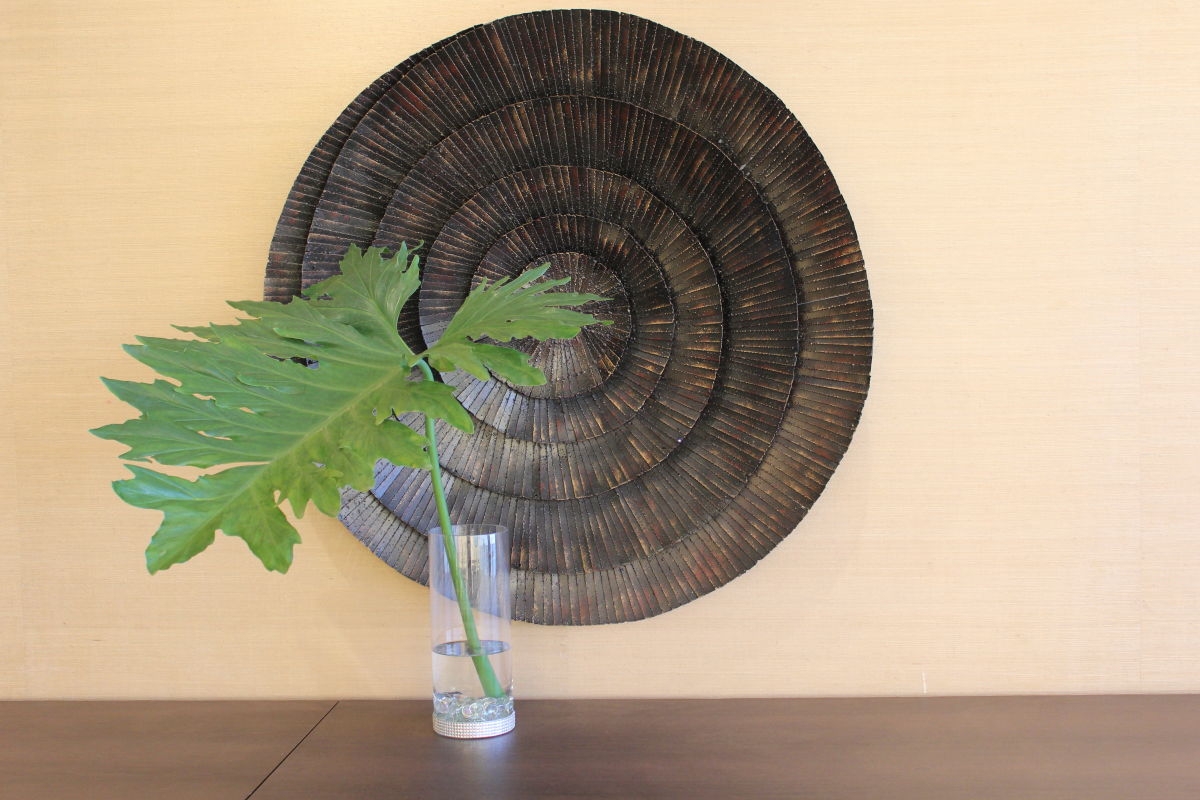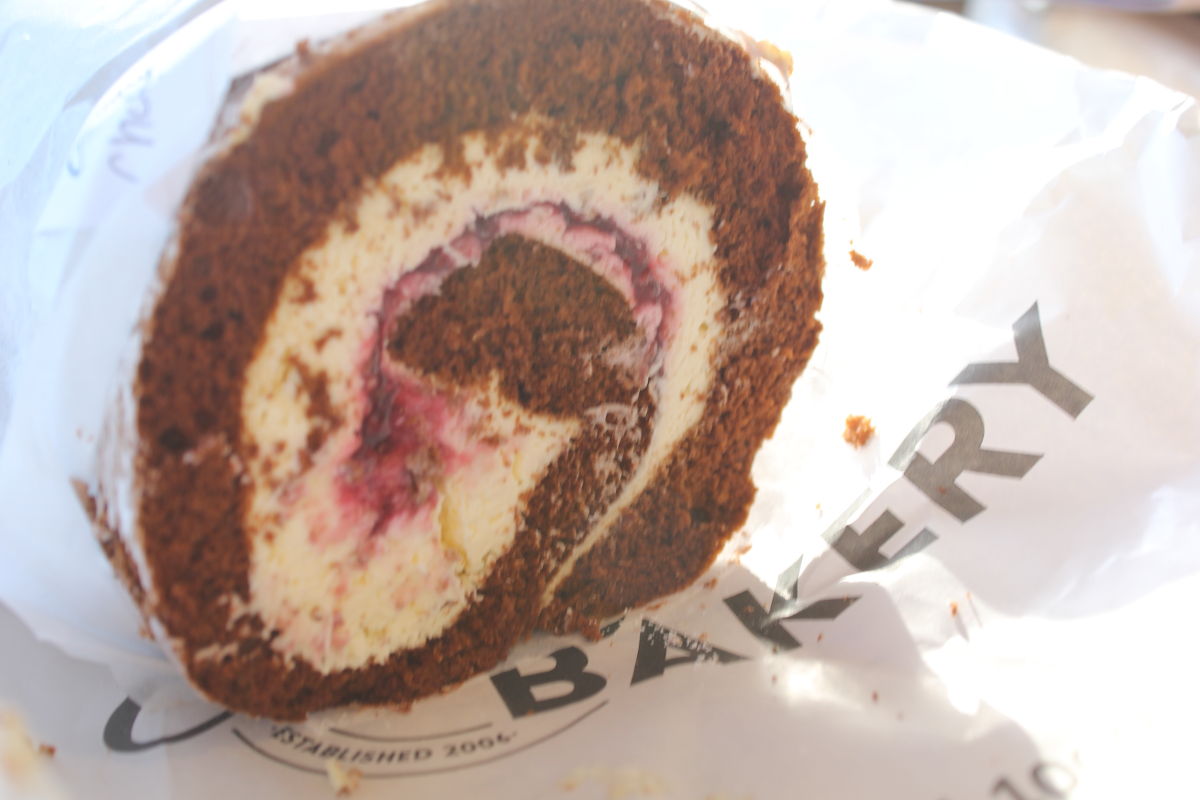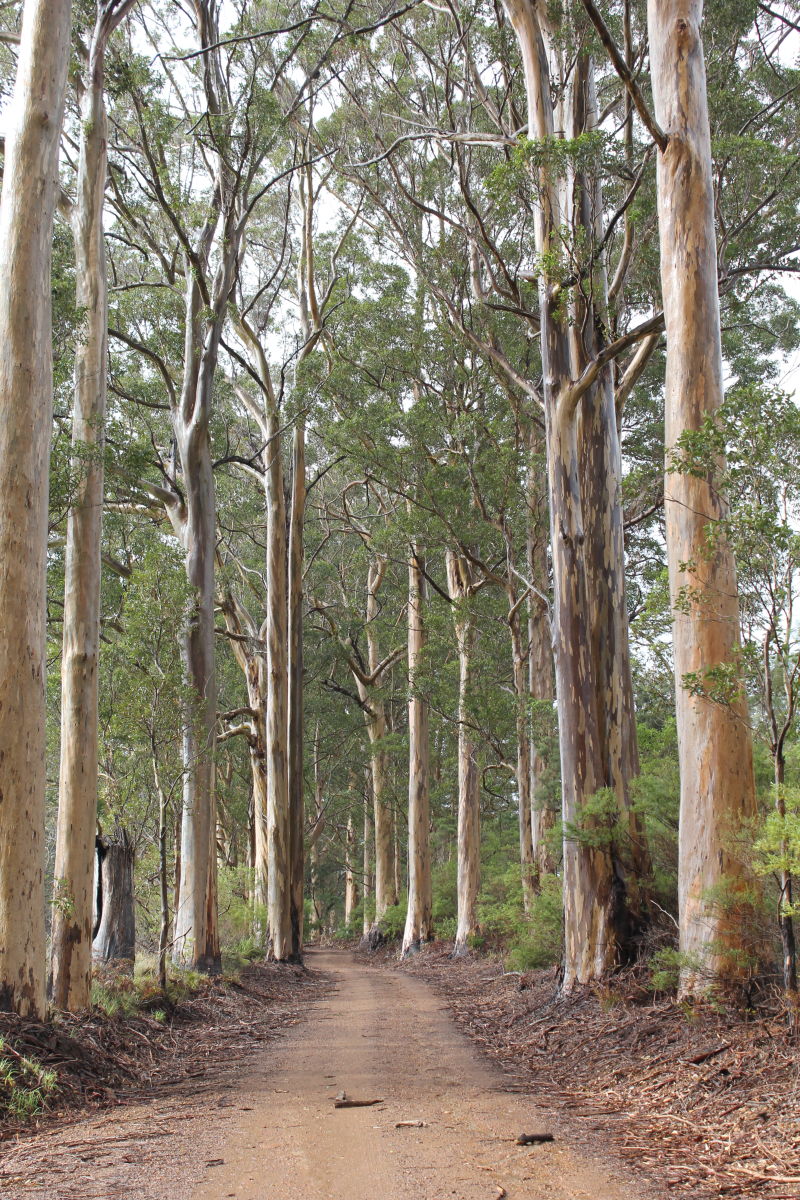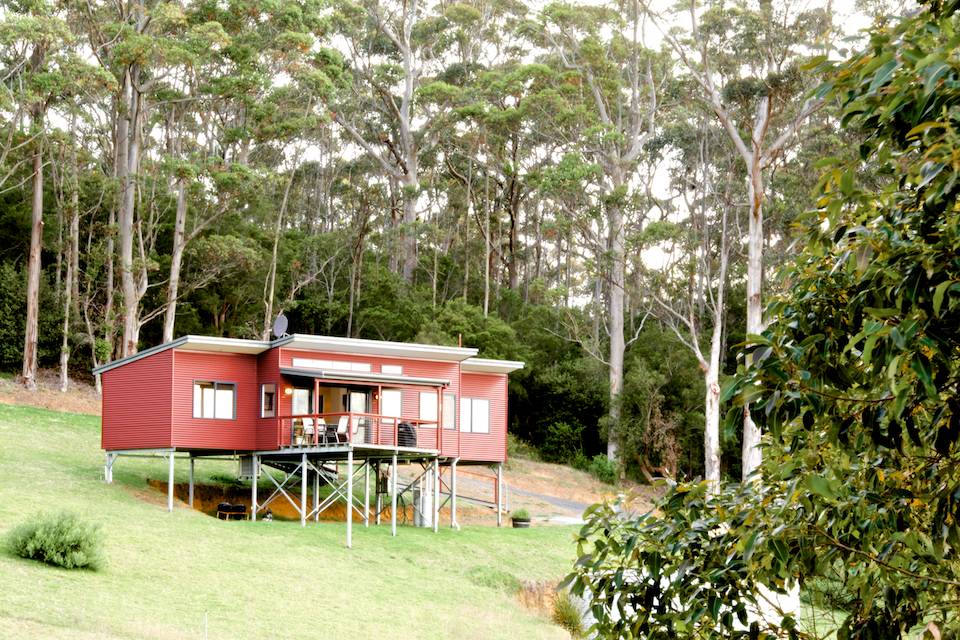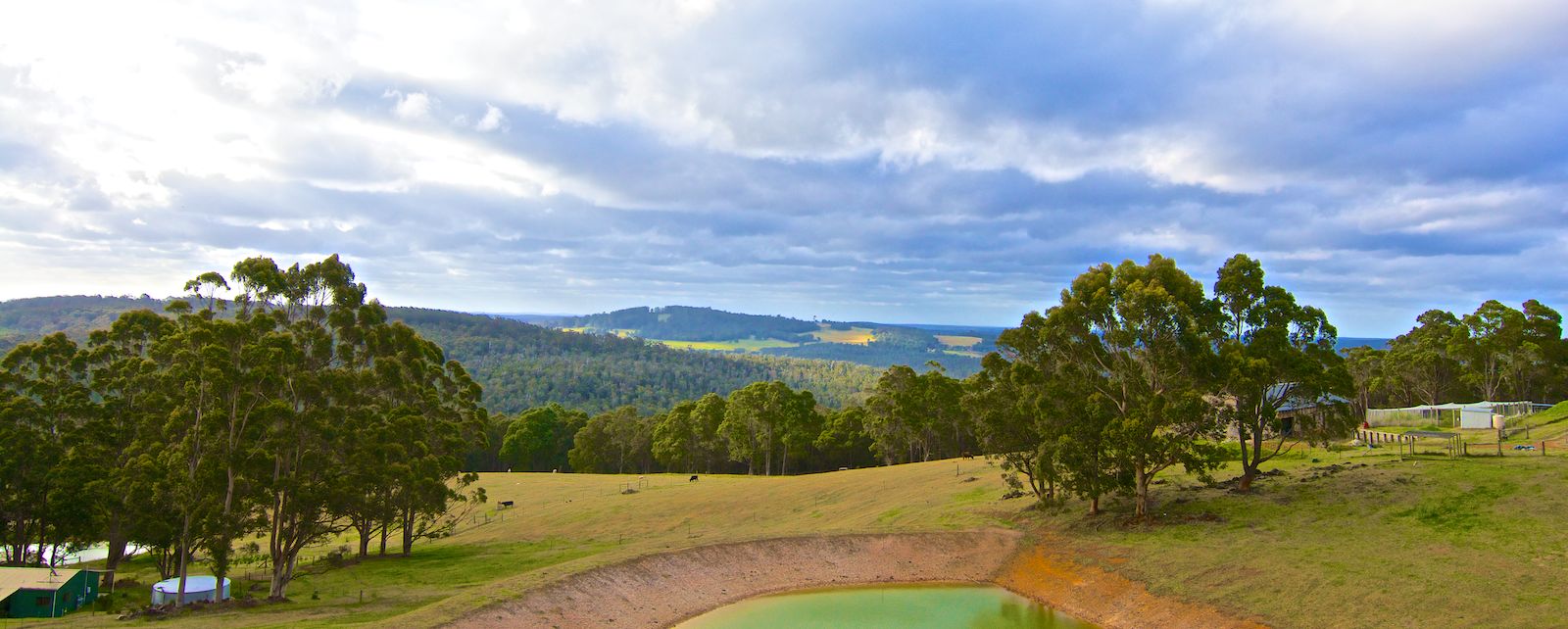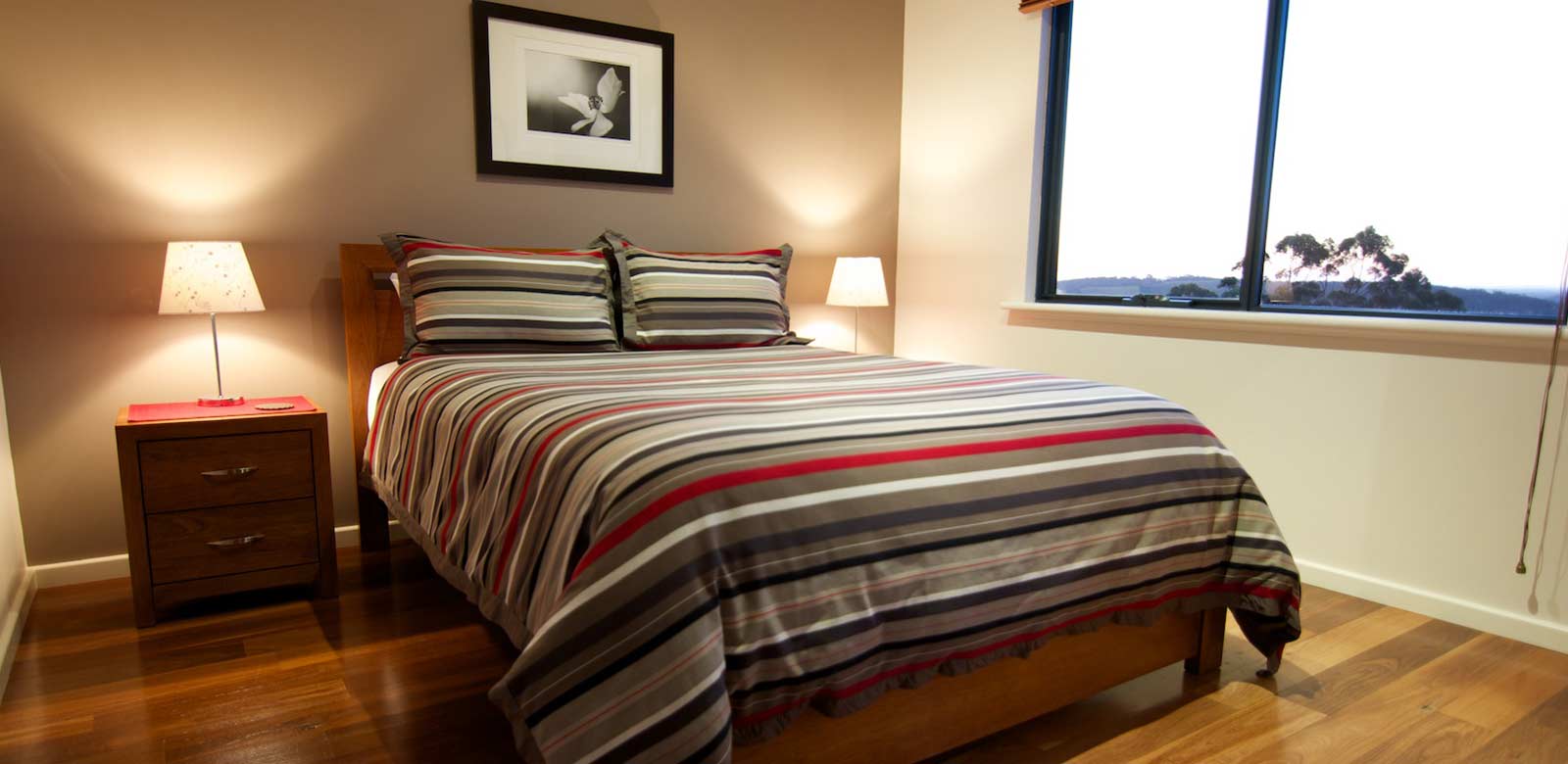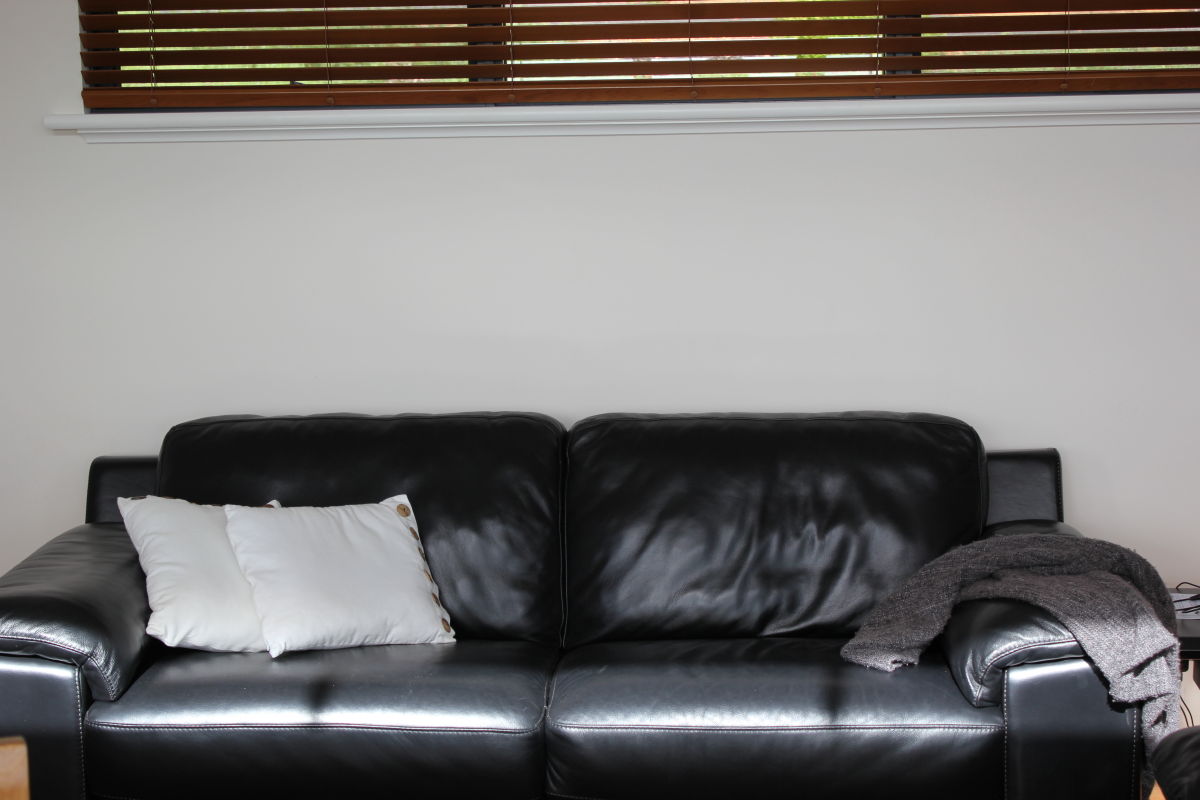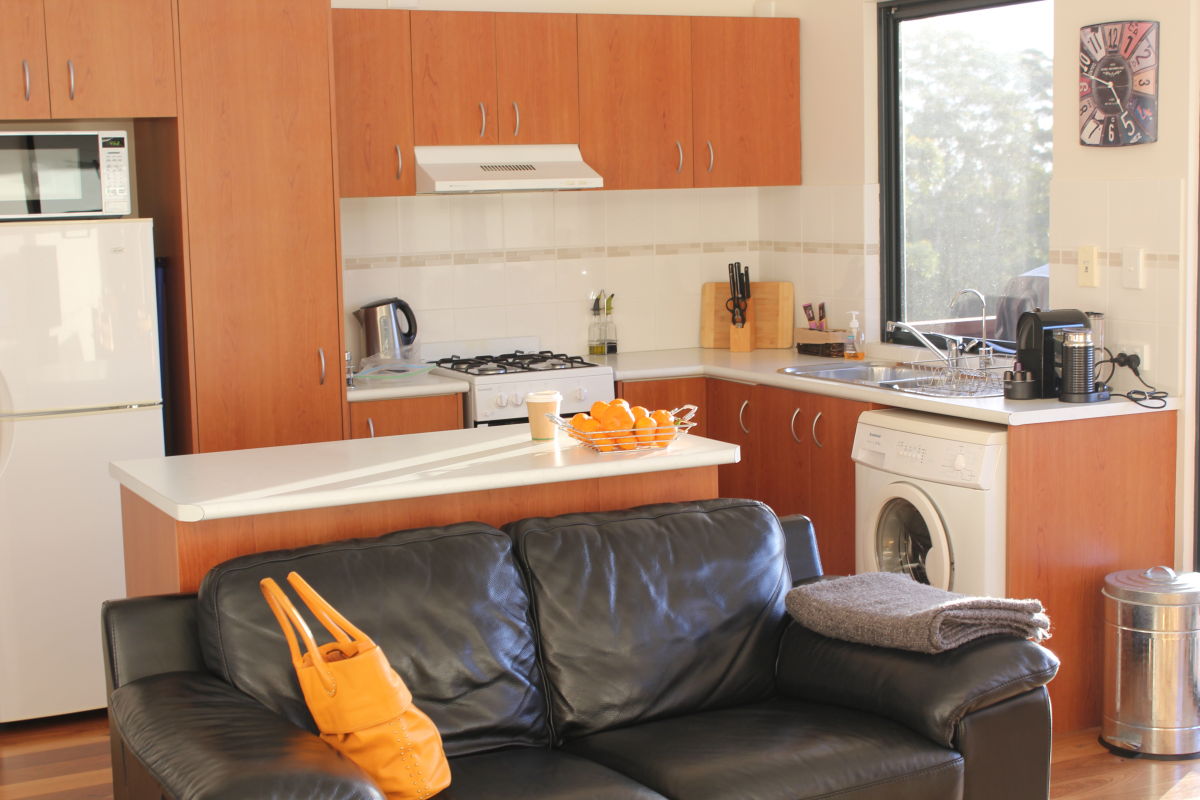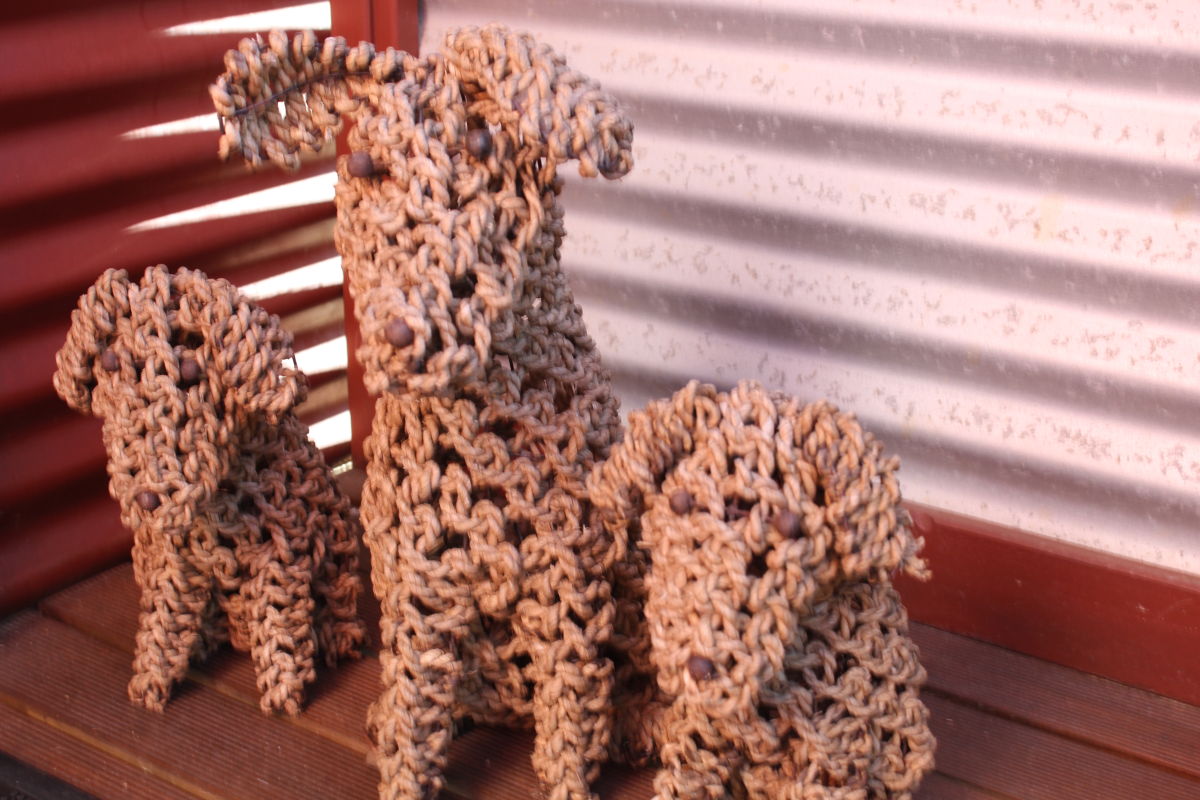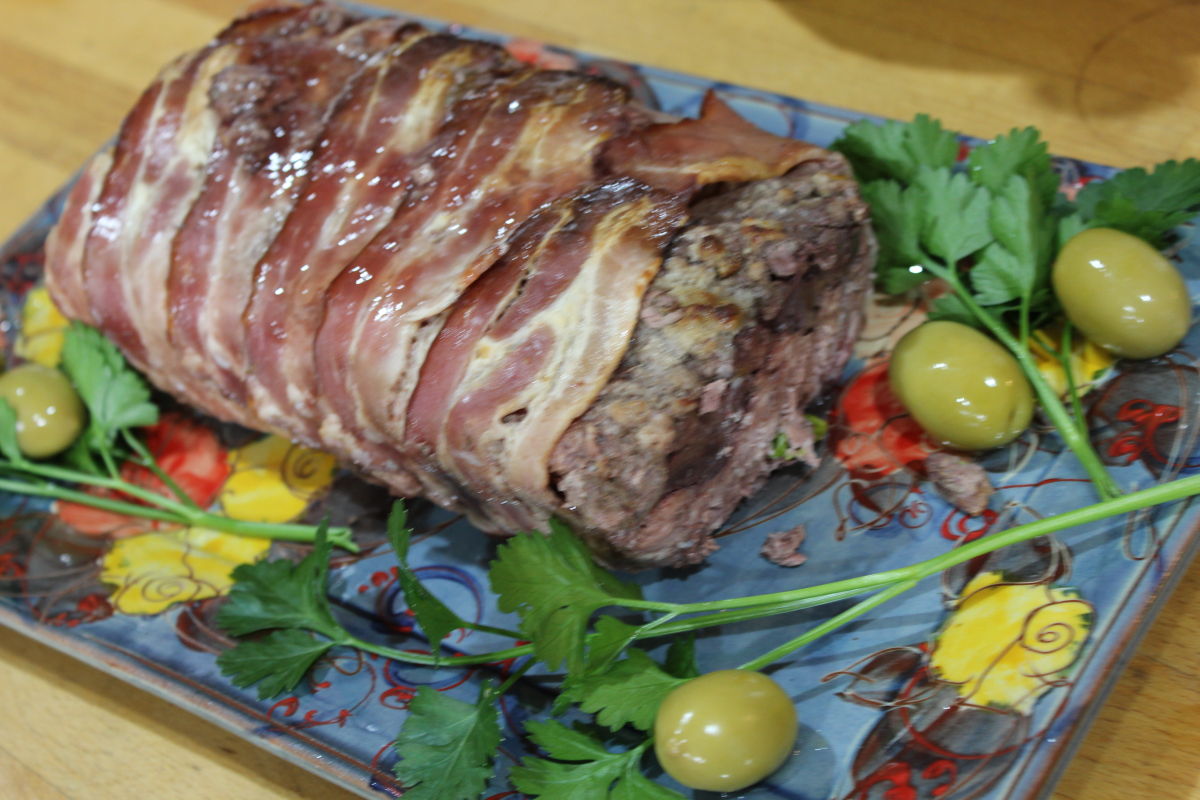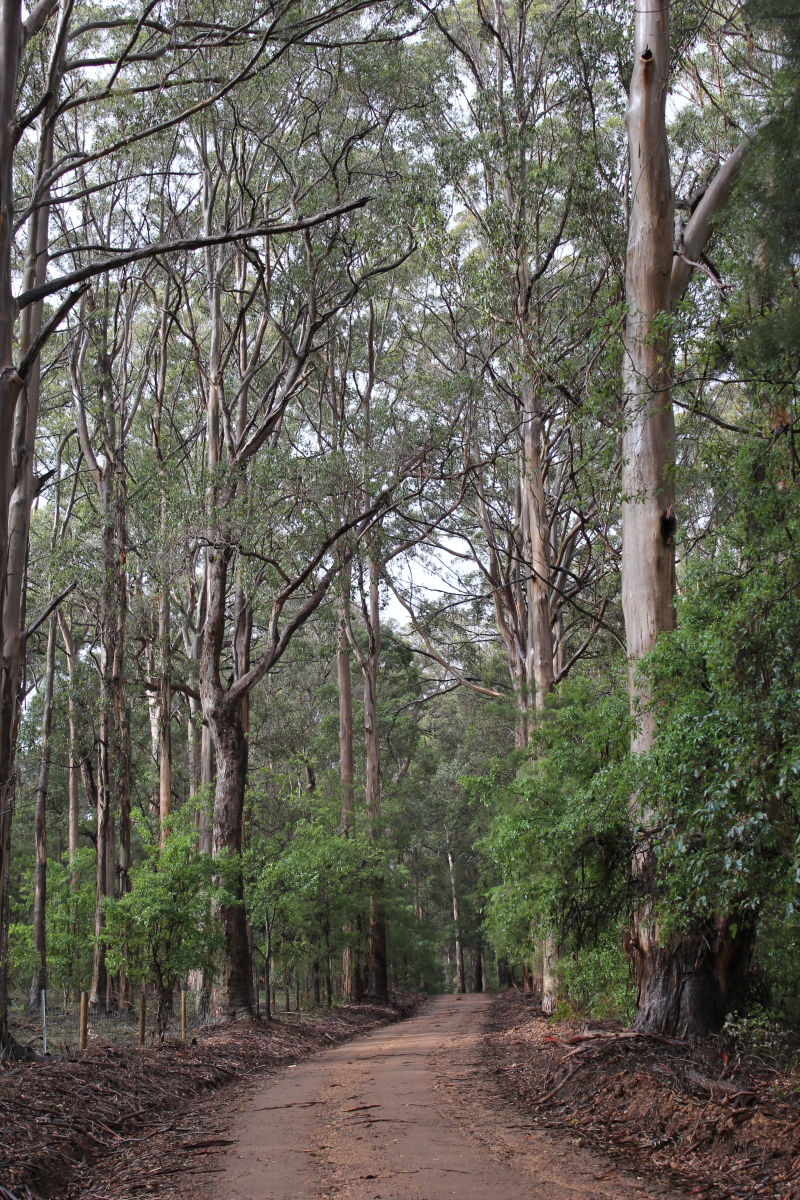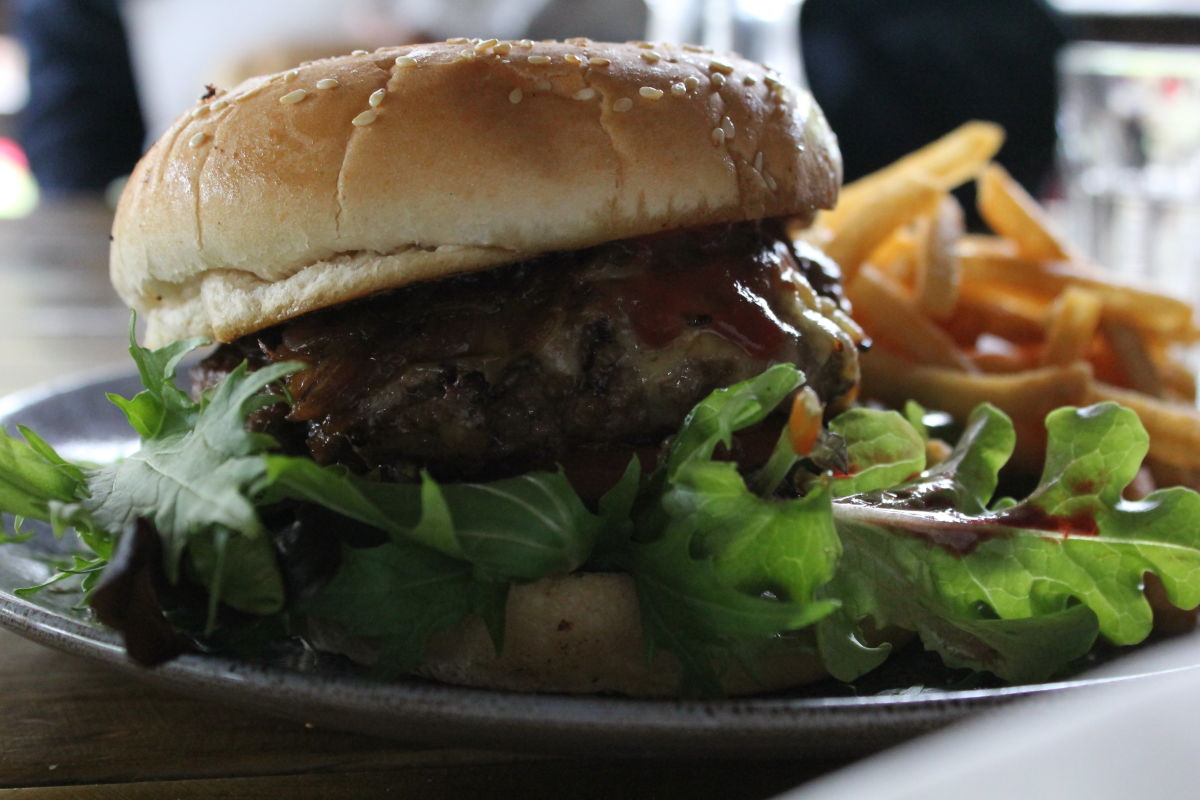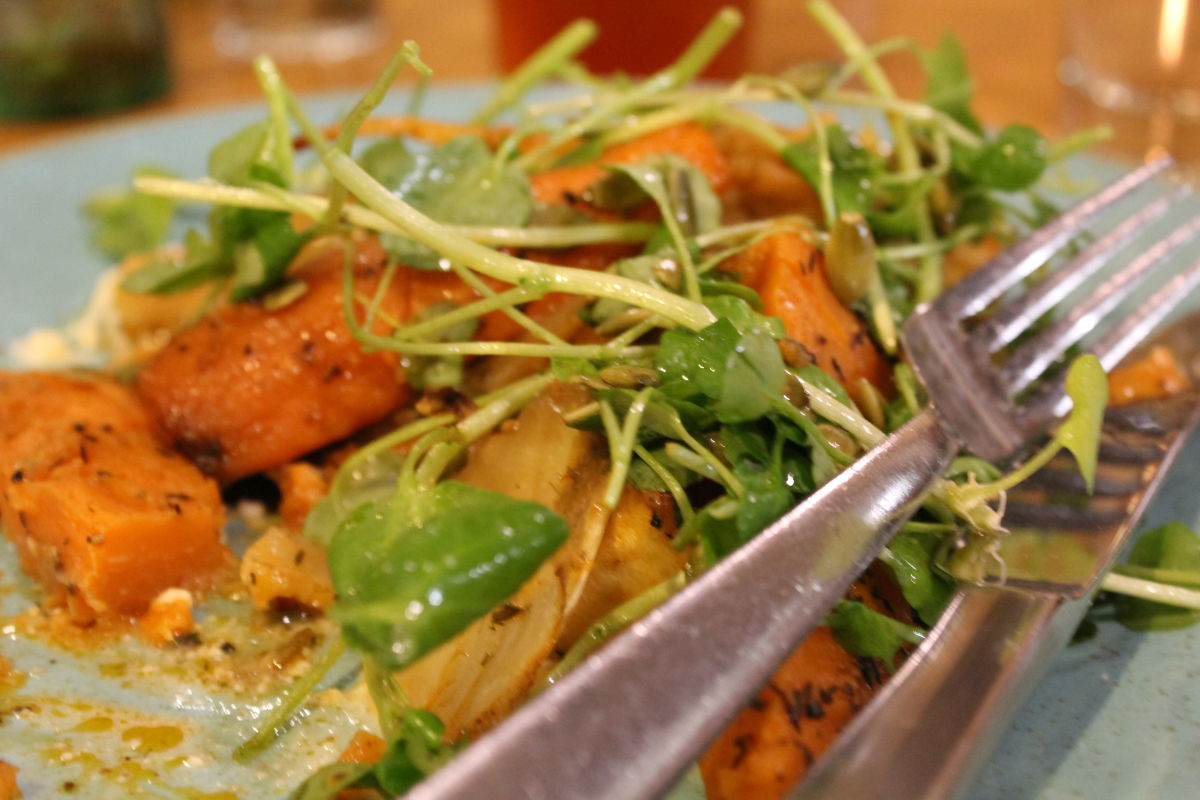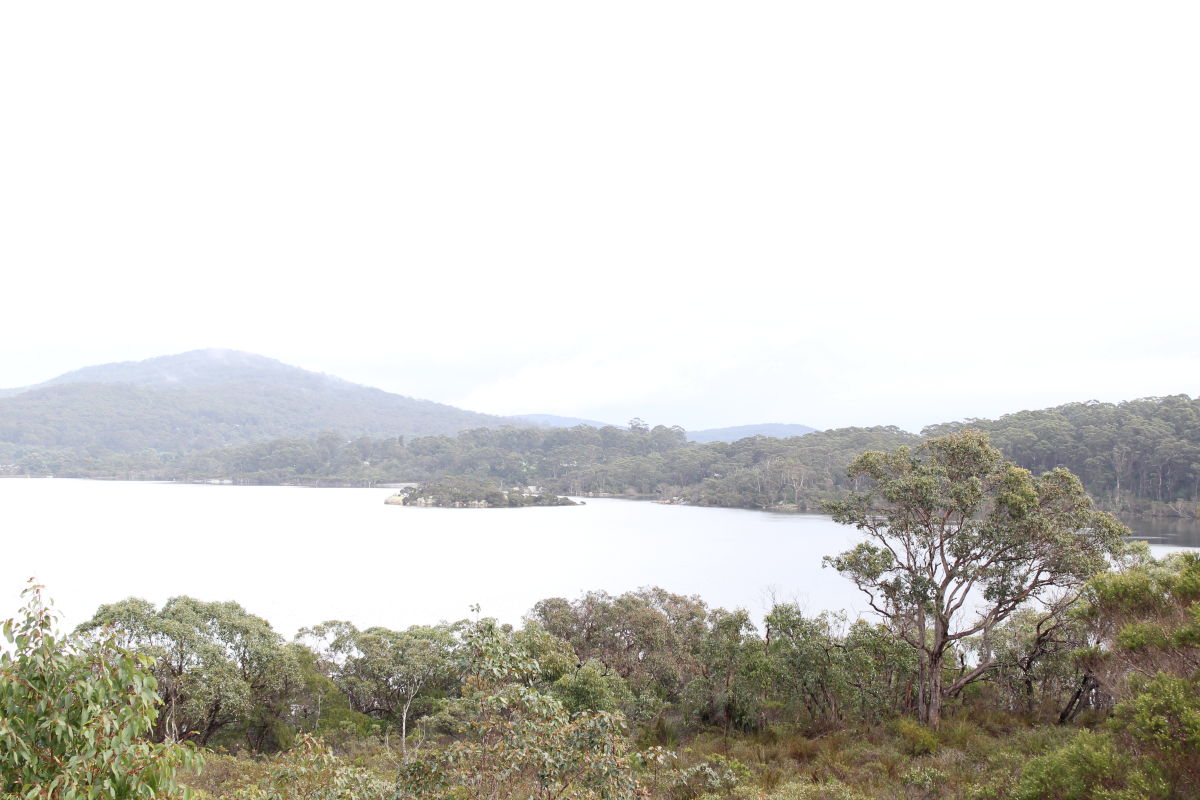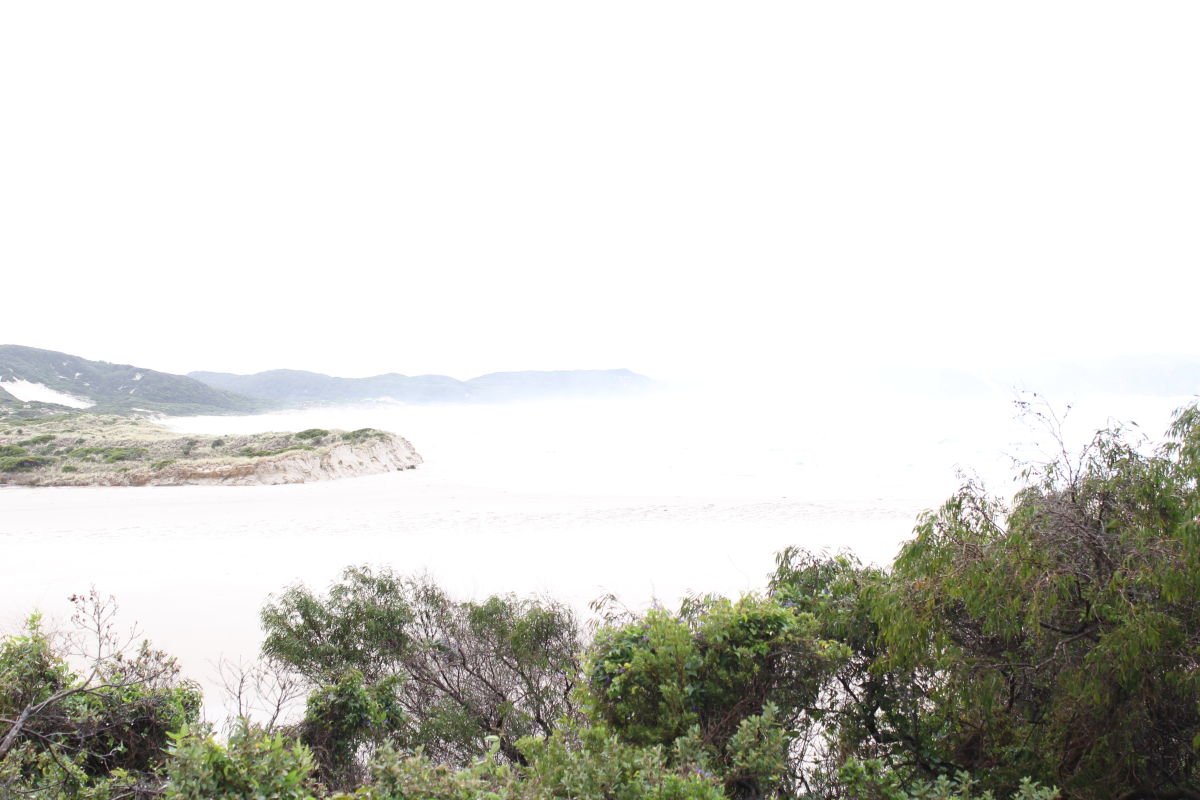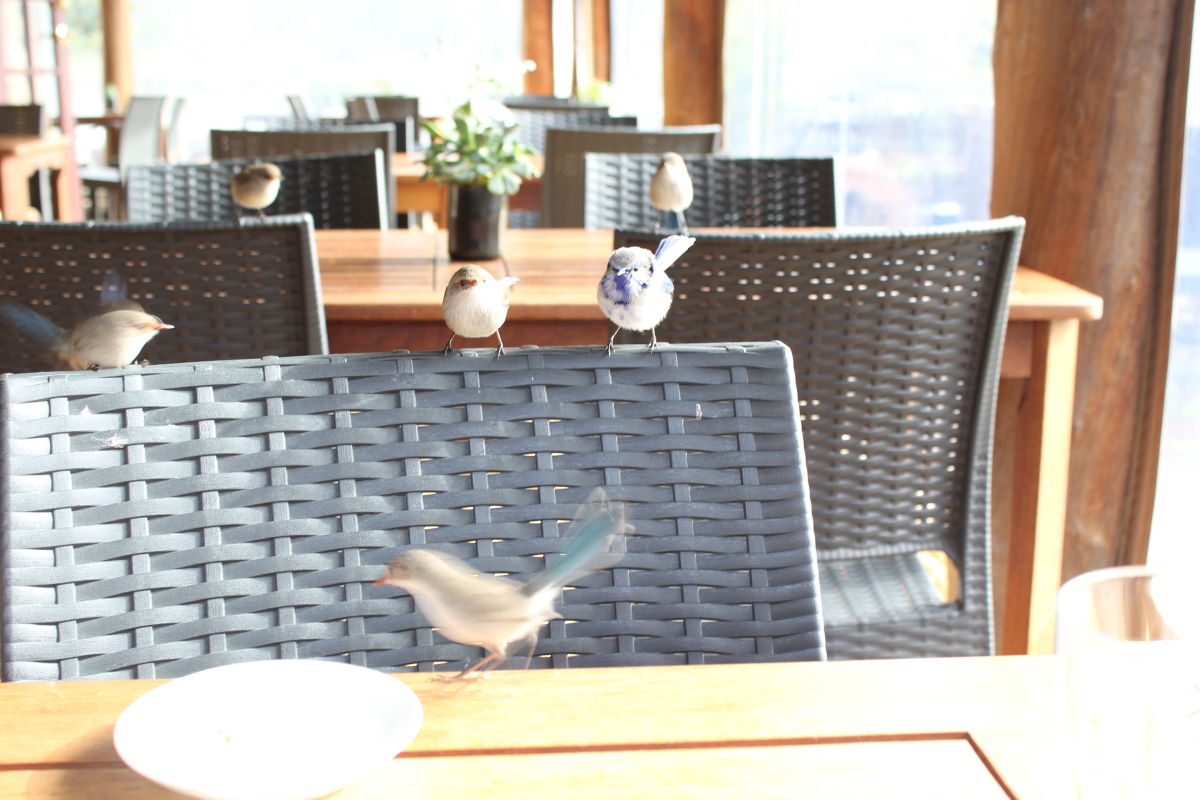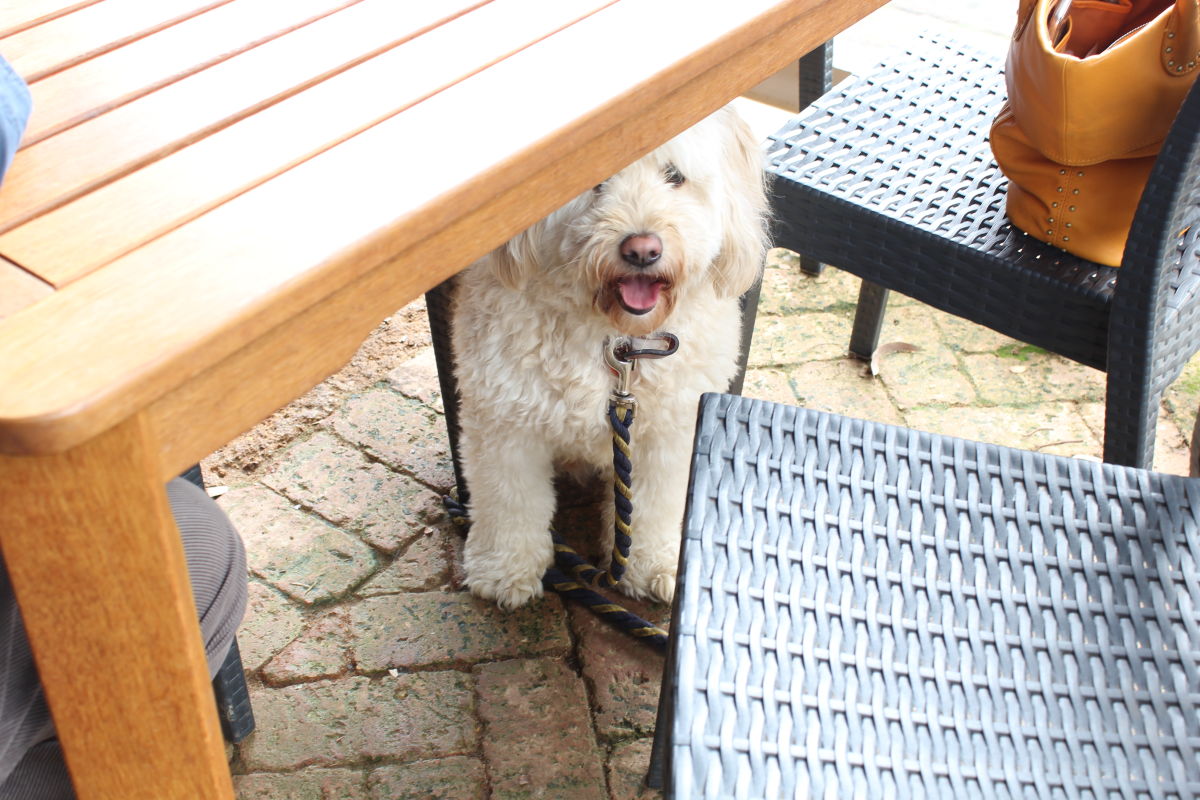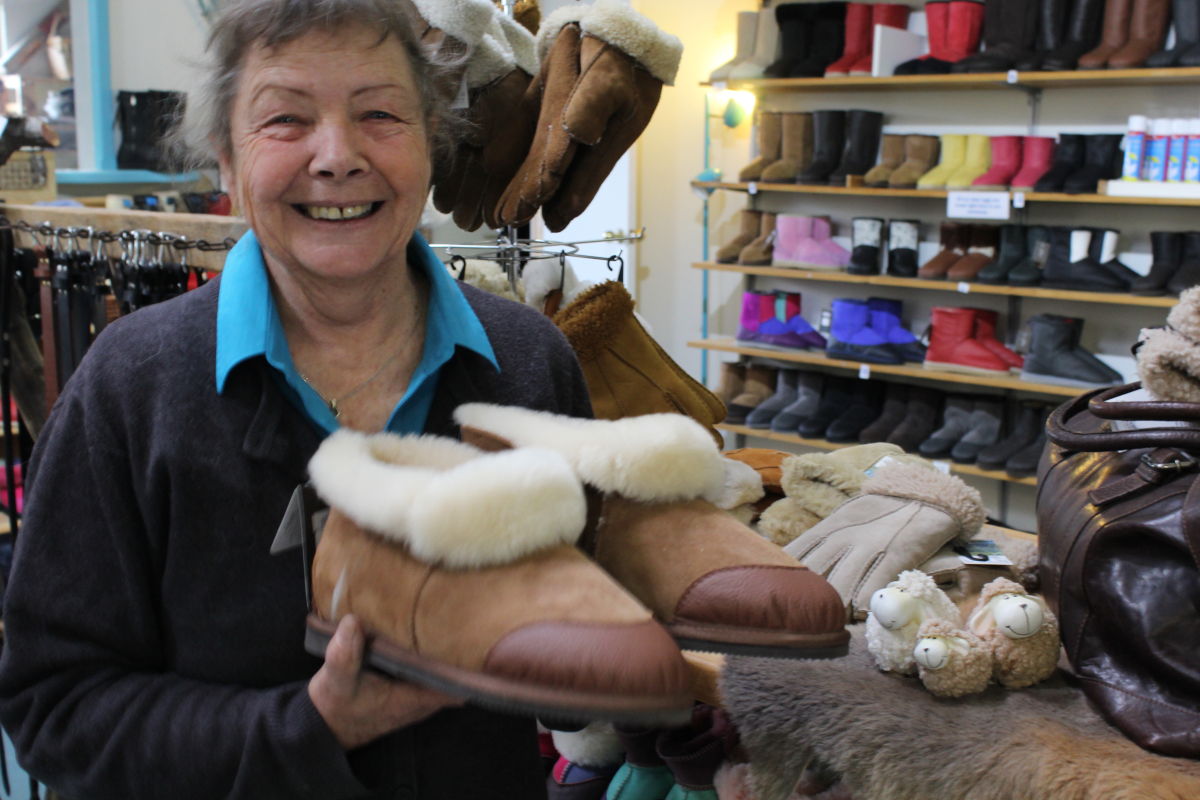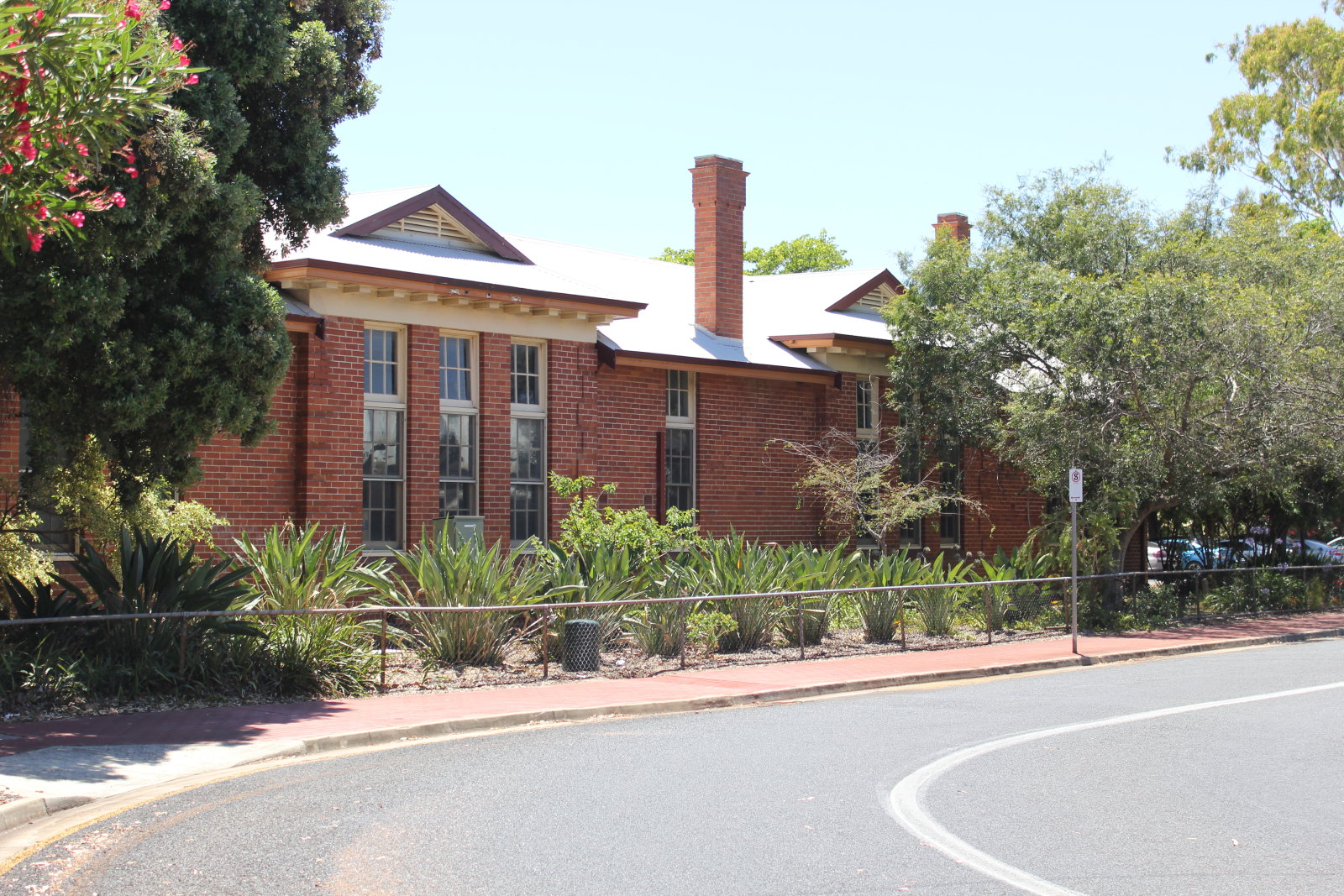

To Bunbury last Sunday to stay with my mother who lives nearby and to attend two Summer School sessions at the Stirling Street Art Centre. This was a nostalgic moment for me as the building was originally the Bunbury Infants School and I attended there in Grades 1 and 2. We were too far out of town for me to go to Kindergarten and I was the second youngest in the class, so I think it took me a while to settle into the business of education! Luckily, one of my brothers was also at the school. An hour and a half bus ride every morning and every afternoon probably didn’t help. After being dropped off at the front gate, we walked for about fifteen minutes to reach the farmhouse until my older brother was old enough to drive the farm “bomb” to and from the main road.
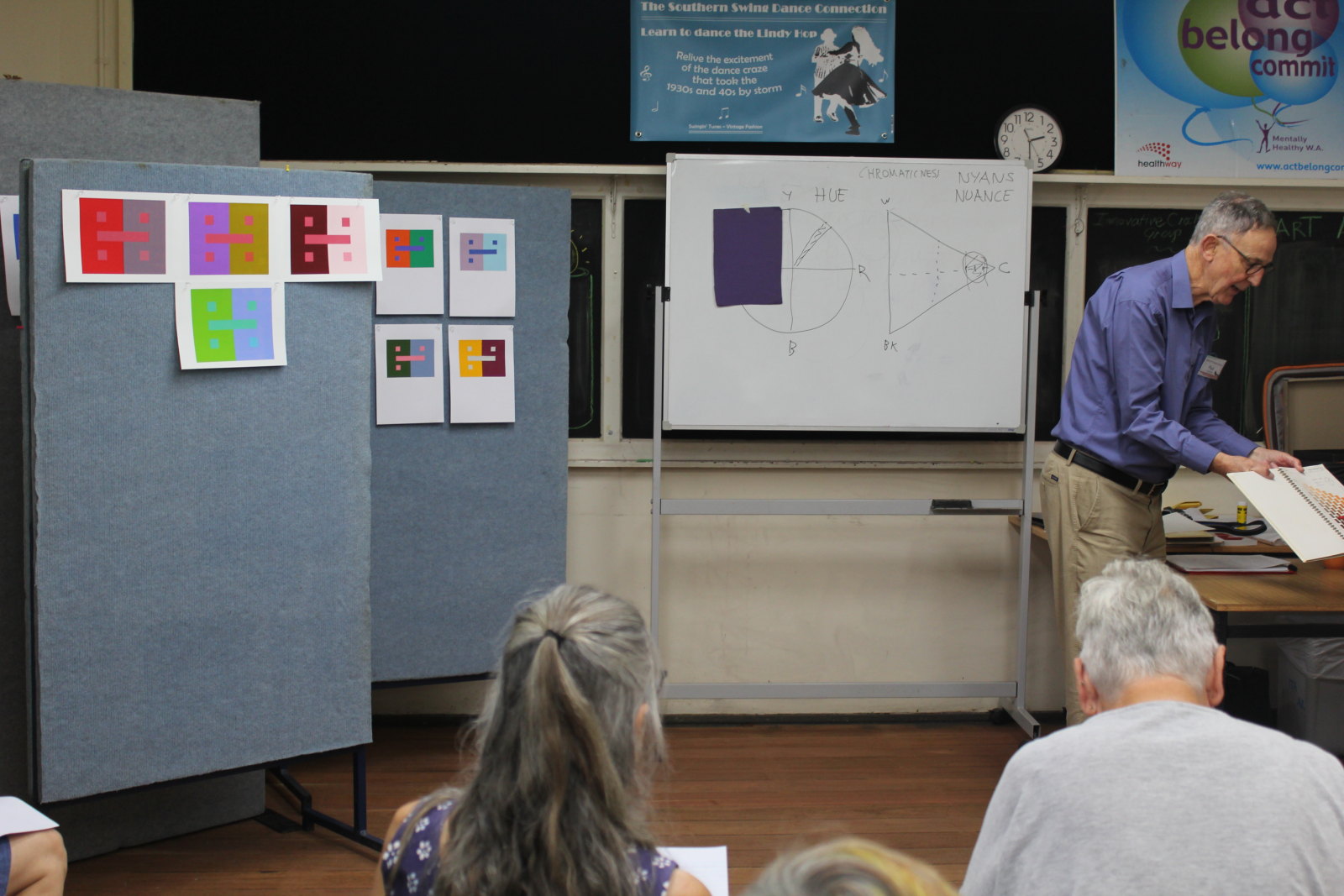

The first session I attended, in the room where I was in Grade 1 so many years ago, was Colour Connections with Dr Paul Green -Armytage where we looked at colours and considered how they were related. We talked about Primary Colours and he introduced us to the Swedish concept of Elementary Colours, which also have red, blue and yellow, plus black and white.
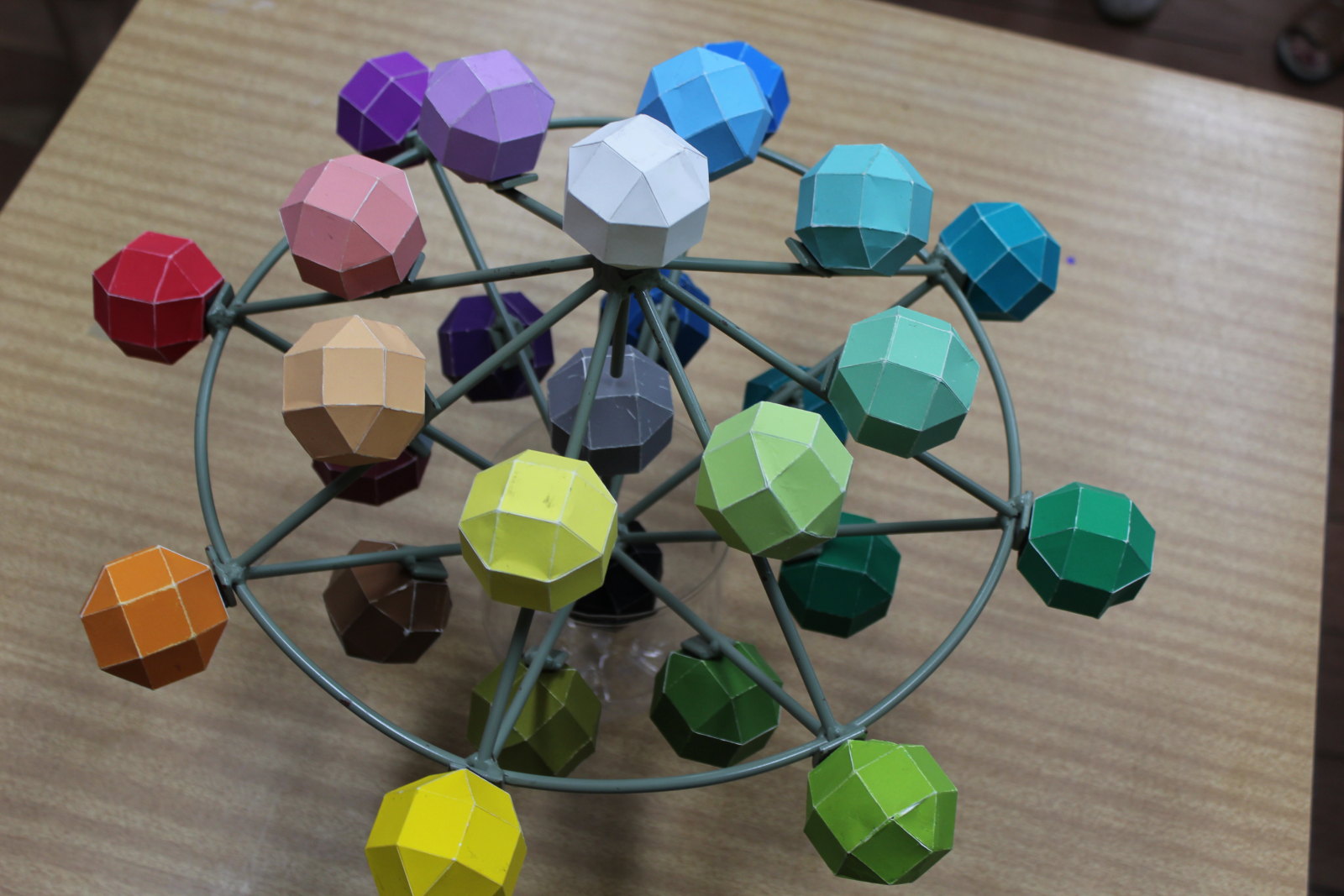

Then we each added a coloured shape to a 3D model using the Natural Colour System, with the hues graduating from white to black. We did another activity to show how colour can create an illusion.
This was a fascinating and thought provoking session and I’m still talking about ideas we discussed and looking closely at colours.
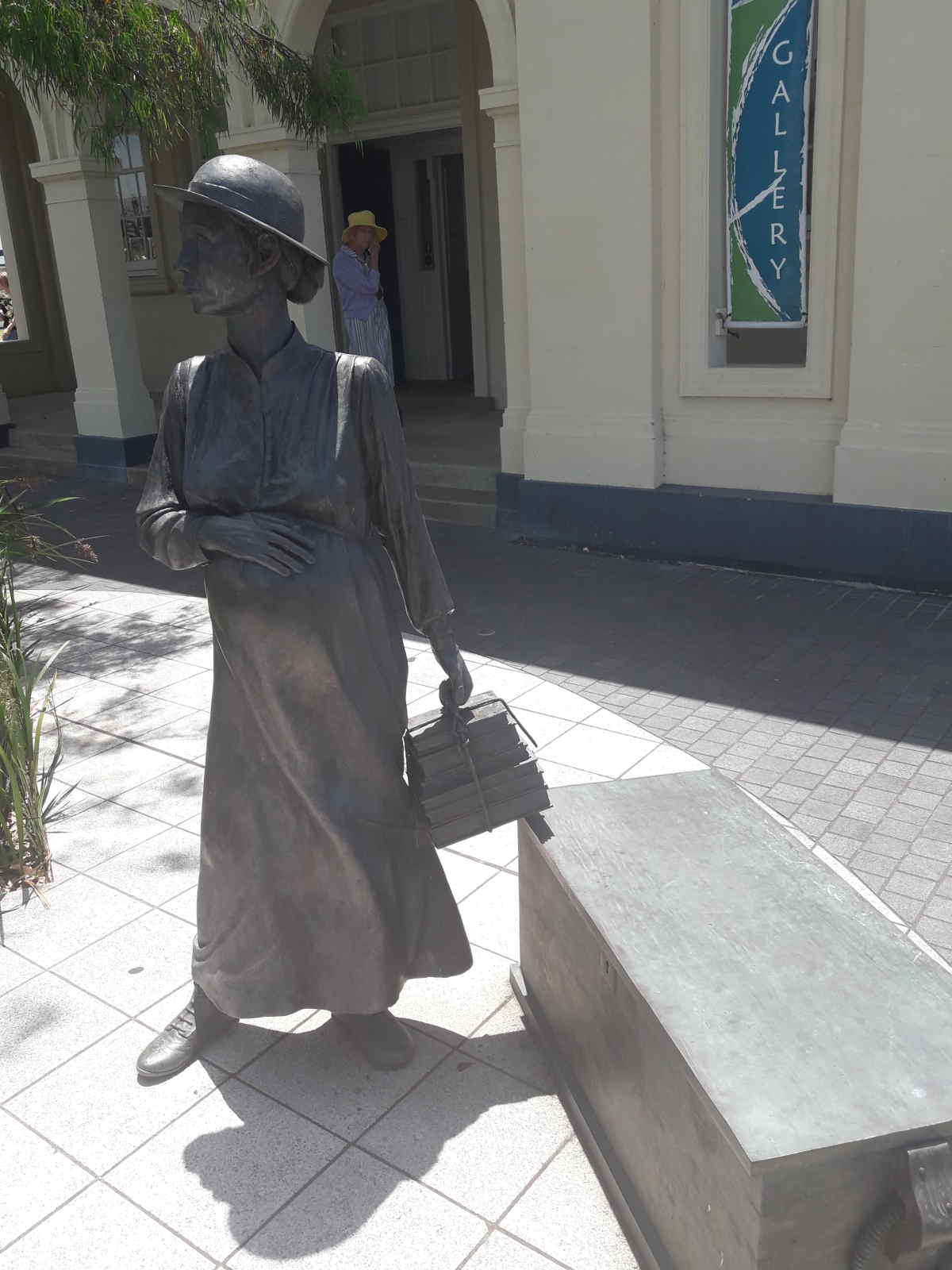

On the second day we went to Busselton, another town on the coast south of Perth, and really enjoyed it. There is a vibrant arts community, Art Geo, down near the foreshore and we wandered around, looking at paintings, sculpture, glass blowing and listening to a ukulele band rehearse.
A few years ago,to celebrate their 175th anniversary of European settlement, the Shire of Busselton commissioned a Fremantle sculptor, Greg James, to create four life-sized sculptures to represent early settlers.
Above is the Whaler’s Wife. In the 1860s the American Whalers would head out to sea leaving their wives in Busselton, where they would often teach the local children in exchange for food and accommodation.
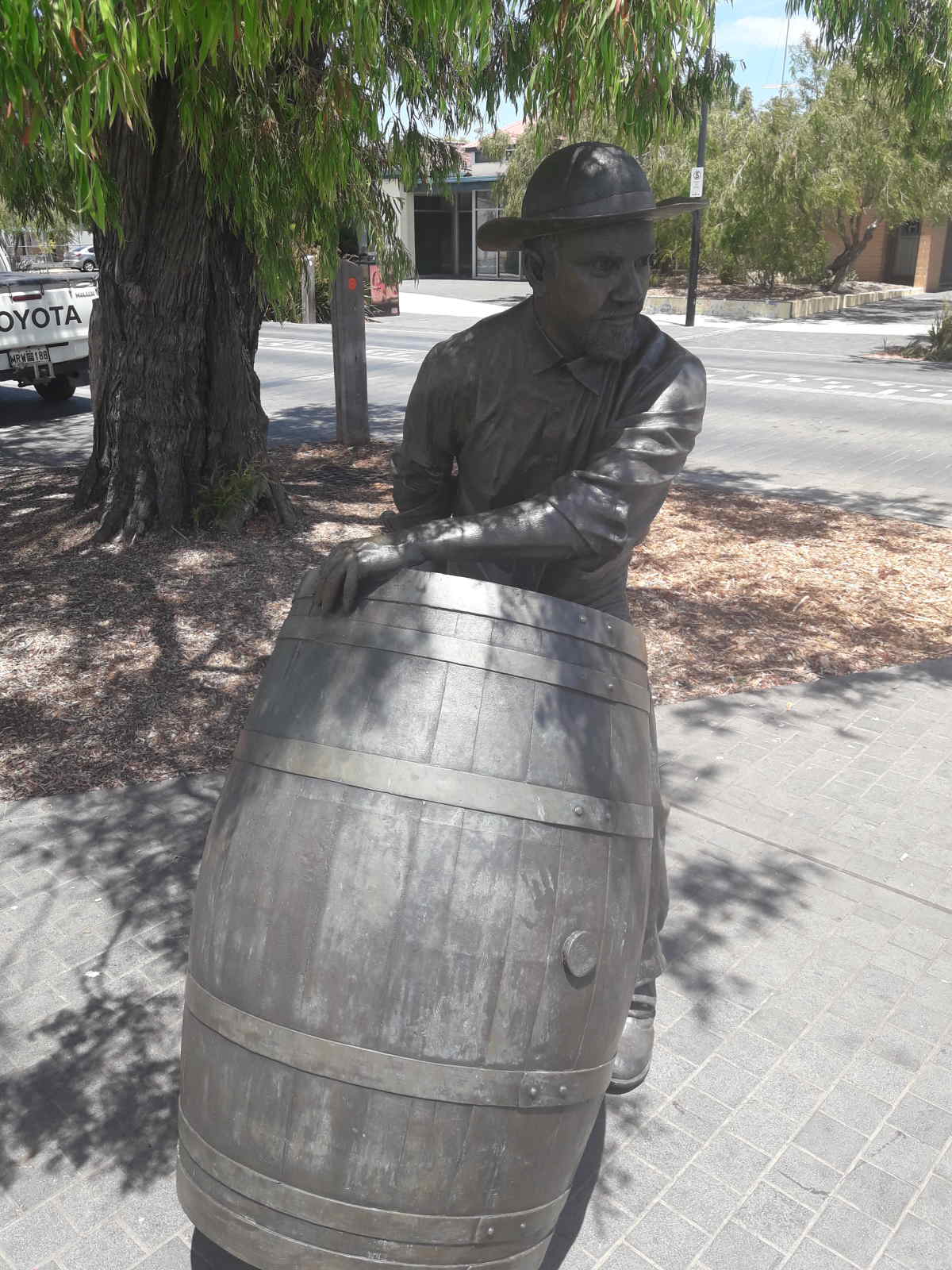

This is a Spanish Settler. The Spanish settlers, the first immigrants to the area, arrived in the early 1900s and were known as hard workers. They introduced wine and olive oil, which are still major industries in the region.
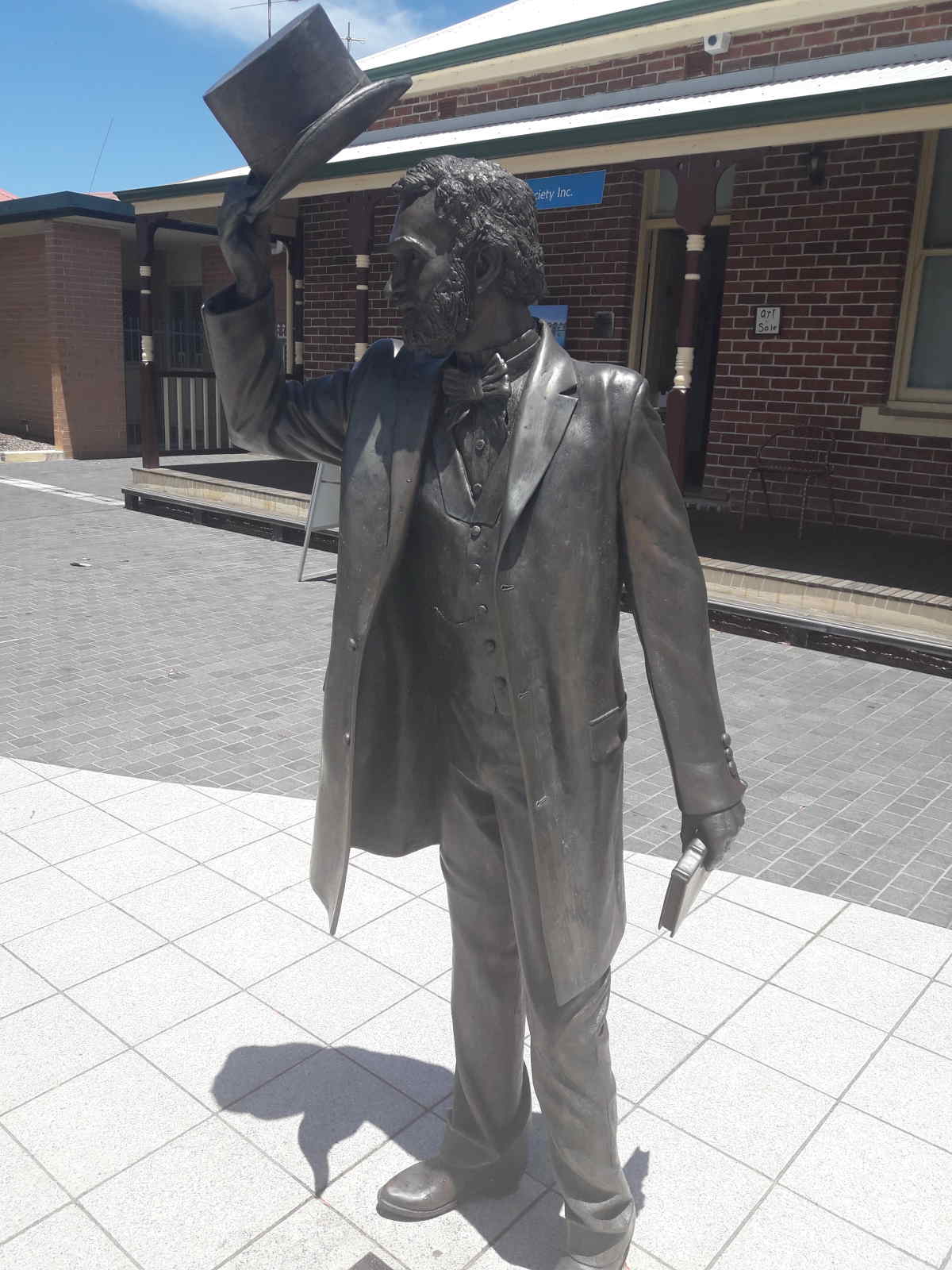

John Garret-Bussell. Recognised as the founding father of the settlement, Bussell represents the four original families. The main town in the region is called Busselton.
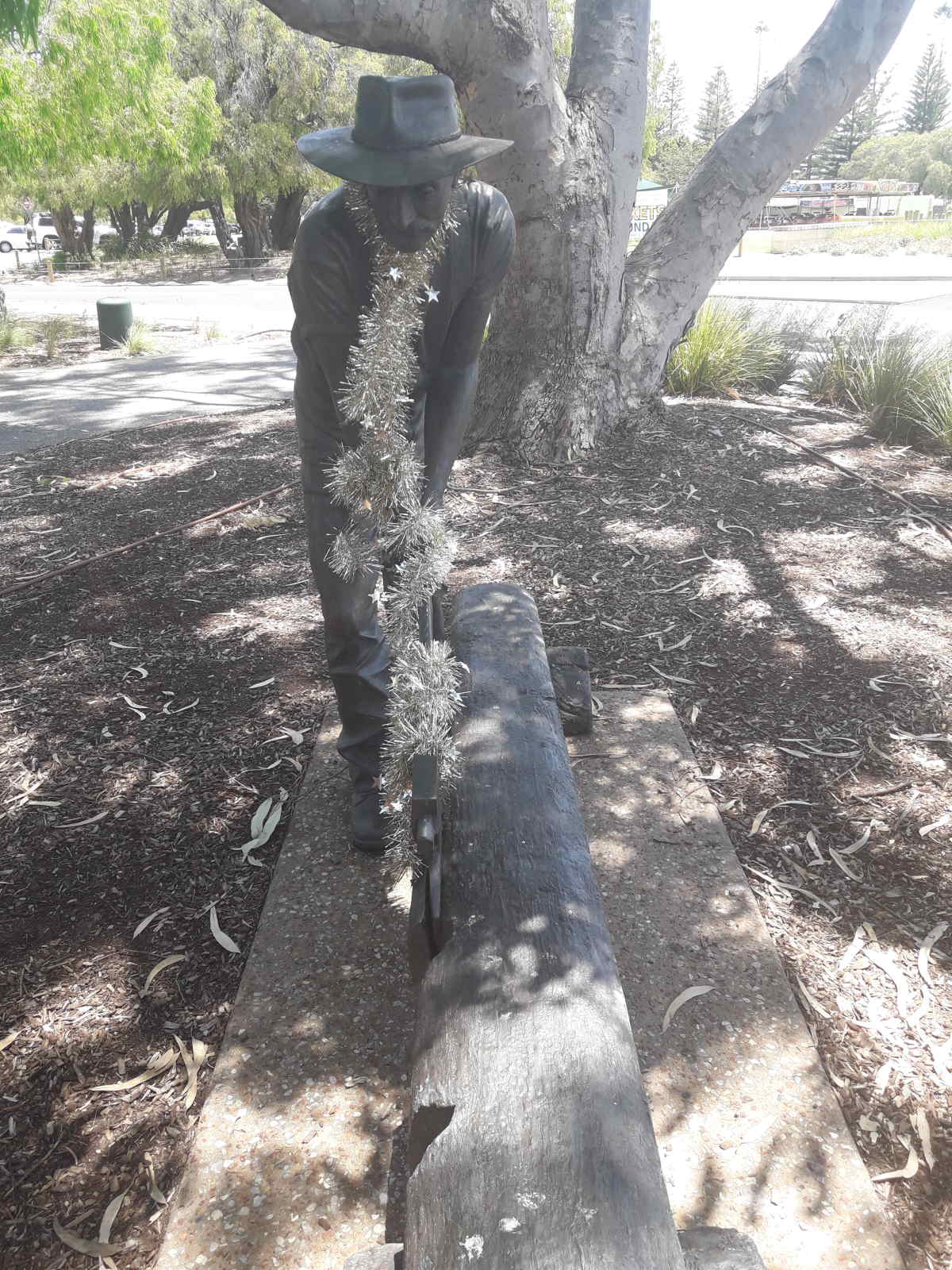

The Timber Worker, still wearing his Christmas tinsel! Timber milling was one of the earliest industries in the region. The timber worker is portrayed using a broad axe to hew jarrah railway sleepers to be sent to London.
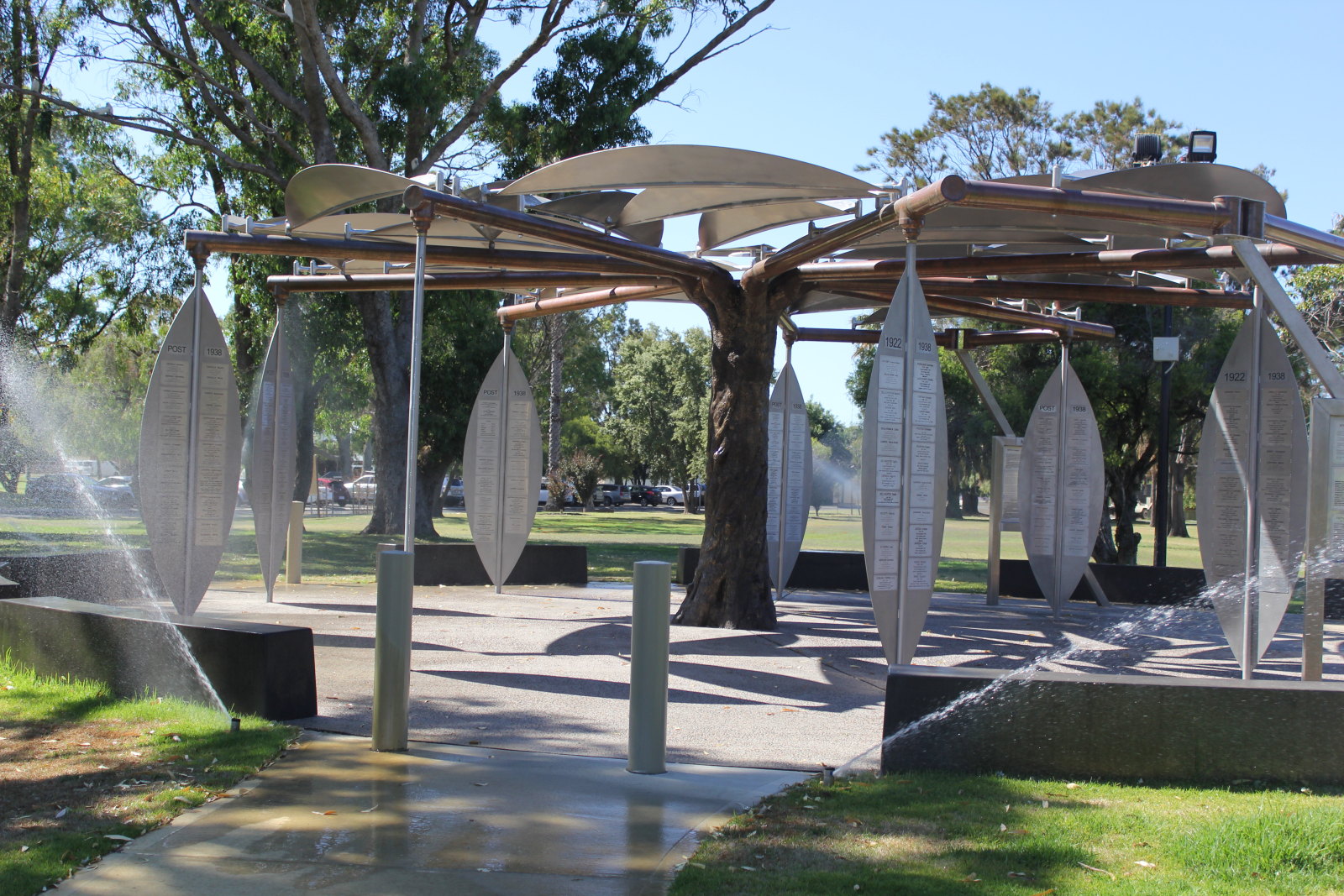

The next morning I visited the South West Migrant Memorial in Queens Park. The structure is shaped like a tree, the trunk representing the early settlers, the branches are what grew from that trunk and the leaves represent new growth and prosperity.
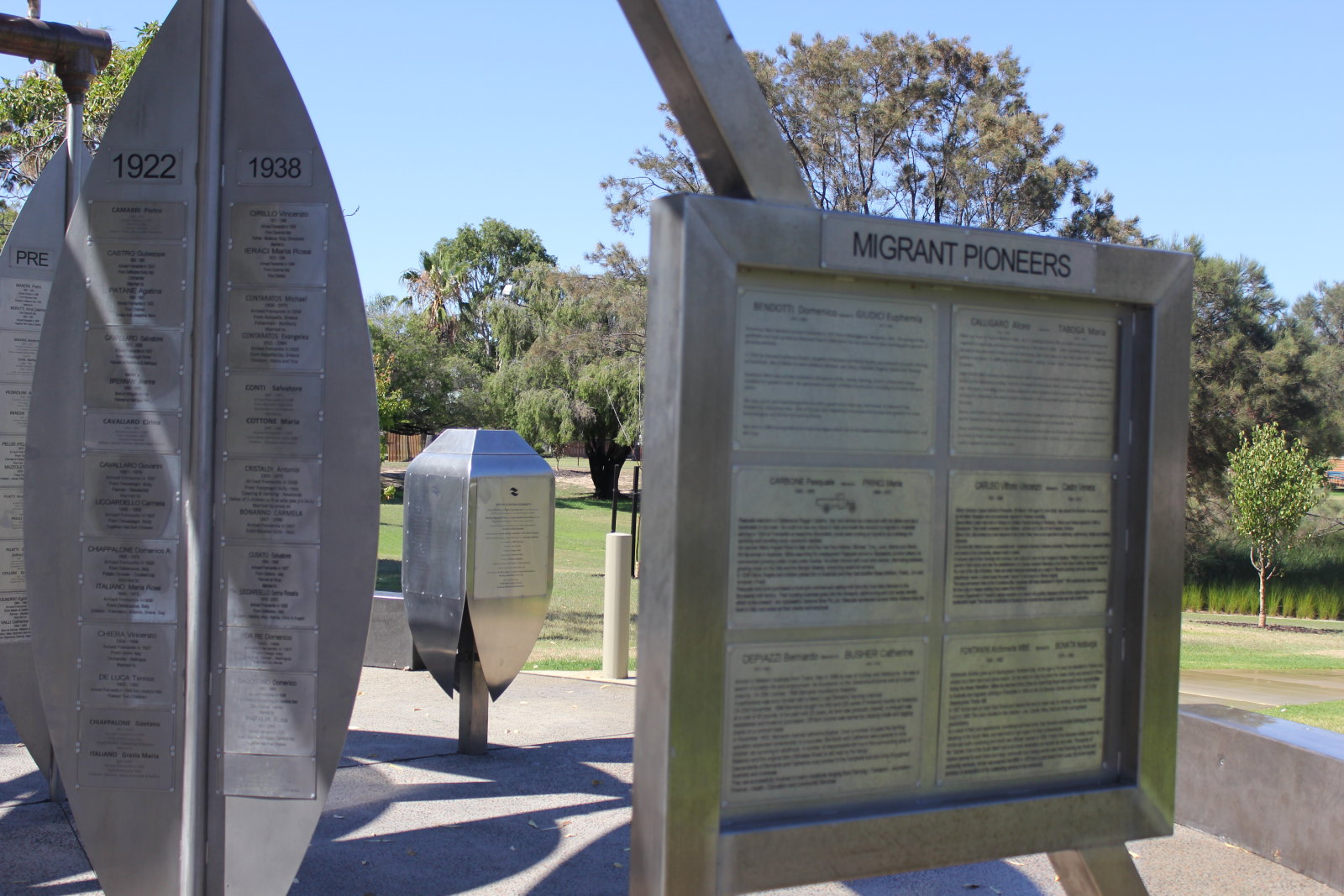

The “tree” features over 500 family names of non-English speaking settlers who arrived in the south-west of Western Australia. It is a remarkable memorial to all the early settlers in a beautiful setting.
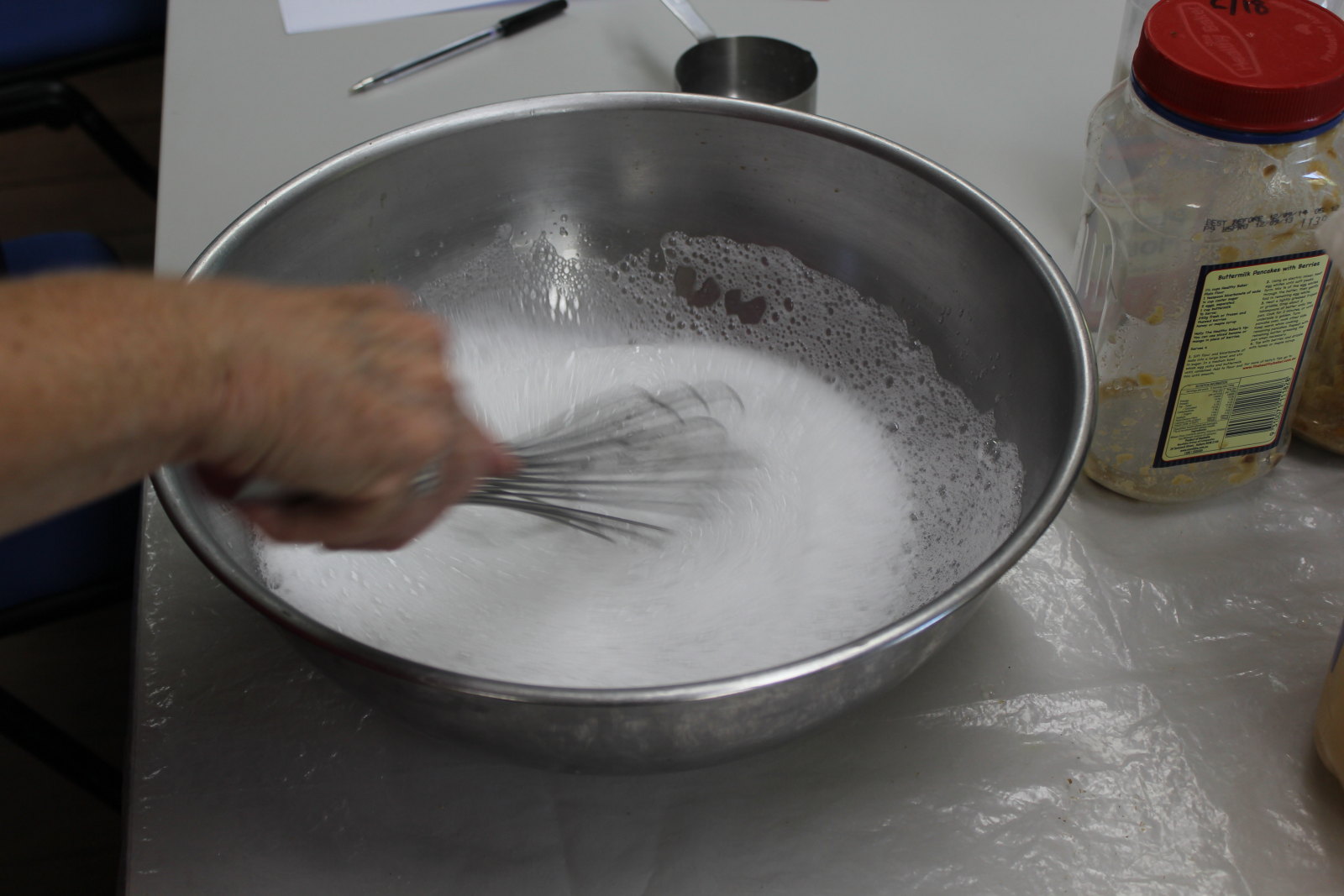

Next was the second session I’d enrolled in, Go Green: House with Nirala Hunt. Although my main focus continues to be replacing plastics, I found every activity really engaging and liked the basic ingredients used to make them. Typically, for these sort of activities, it’s not only the presenter but often other participants who share great information. Nirala wasn’t at all extreme but had solutions for so many household products which contain harmful chemicals and come in plastic. Most of the products are also fragrance free, although you can add essential oils if you choose. The mixture in the bowl above is liquid hand wash, a blend of two ingredients.
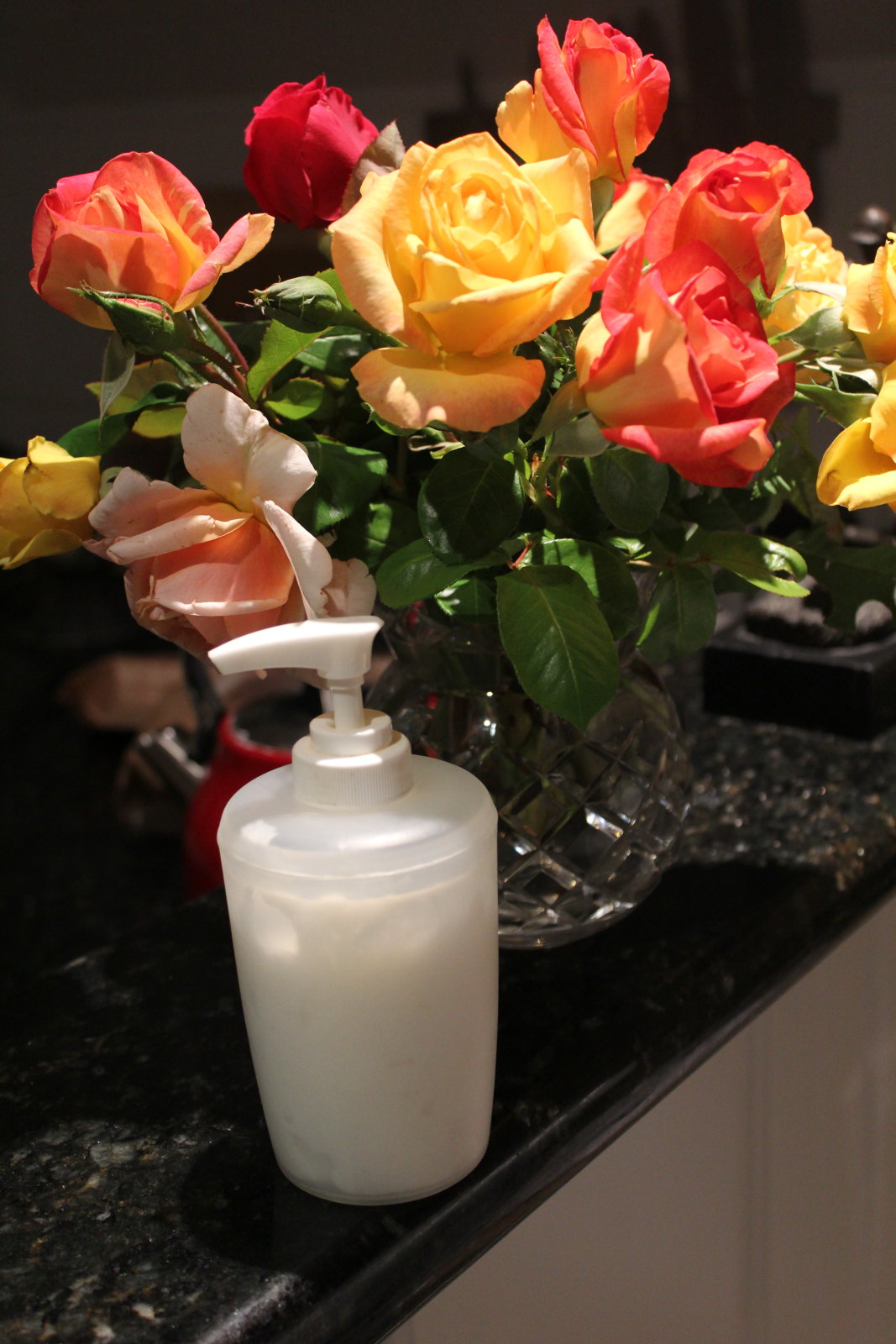

I am already using this hand wash as it replaces the soap at our hand basins which I was finding messy and the bars crack. I have diluted the mixture a little as it was too thick to pump out. It is very mild and effective, I will re-use the same, refilled, pump bottles and I can make it in bulk.
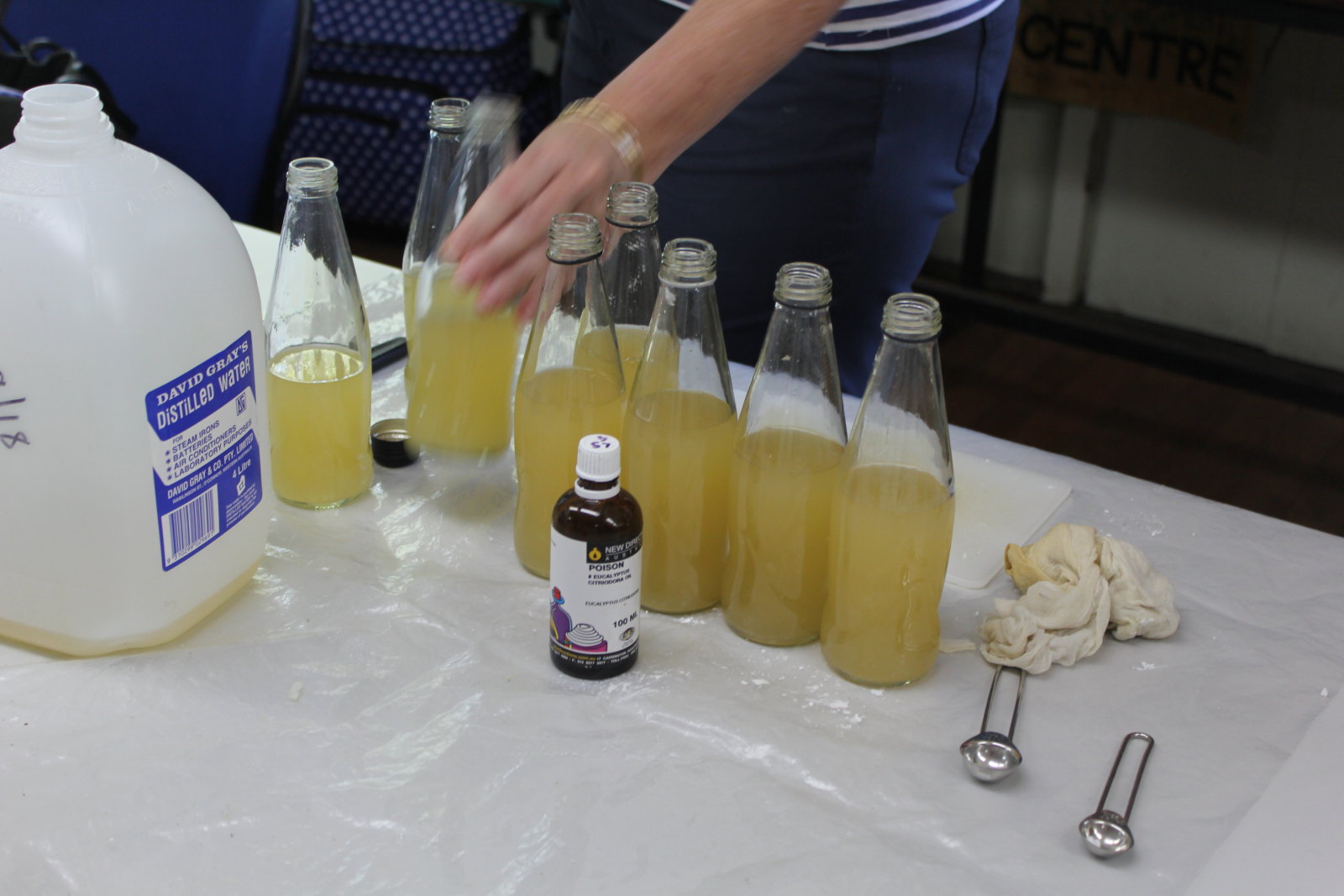

This is a fermented Lemon Power cleaner, a clever way to use up surplus lemons and have a versatile and effective cleaner, either poured on a cloth or using an old spray bottle. It smelt really good, too, being made of water and fermented lemons.
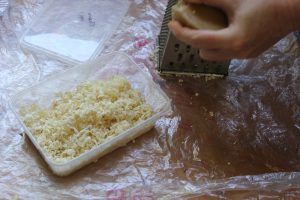

Waxed covers, bees wax wraps, are intended to replace plastic wrap. We grated wax from a block, added a small amount of coconut oil, put it on the fabric then ironed it, sandwiched between baking paper. We also used a sandwich press for a larger cover.
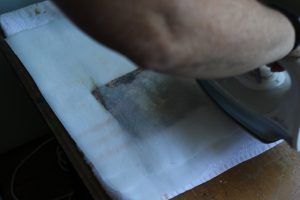

The wax covers are reusable and can be wiped clean. They last about twelve months and can then be composted. I’ve tried mine on two containers, ceramic and glass and they don’t seal well and were knocked off easily in the fridge. My son suggested securing them with a rubber band but I am now investigating silicone, re-usable wraps to replace plastic wrap.
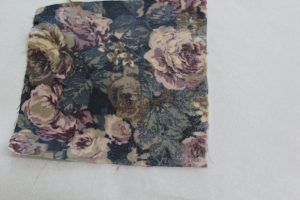

Try YouTube for more information on how to make bees wax covers.
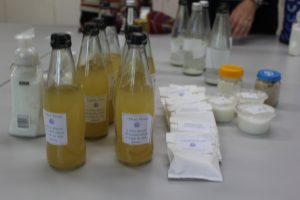

From the left, Easy Liquid Soap, Lemon Power, Washing Powder and Grease and Grime Fighter. We were also given the recipes for so many other everyday products, such as Bug Repellent Cream and Hair Conditioner plus a list of local resources.
Please feel free to leave a request in the comments box if you would like the contact details for either Dr Paul Green-Armytage or Nirala Hunt, both of whom run a range of learning activities from time to time.

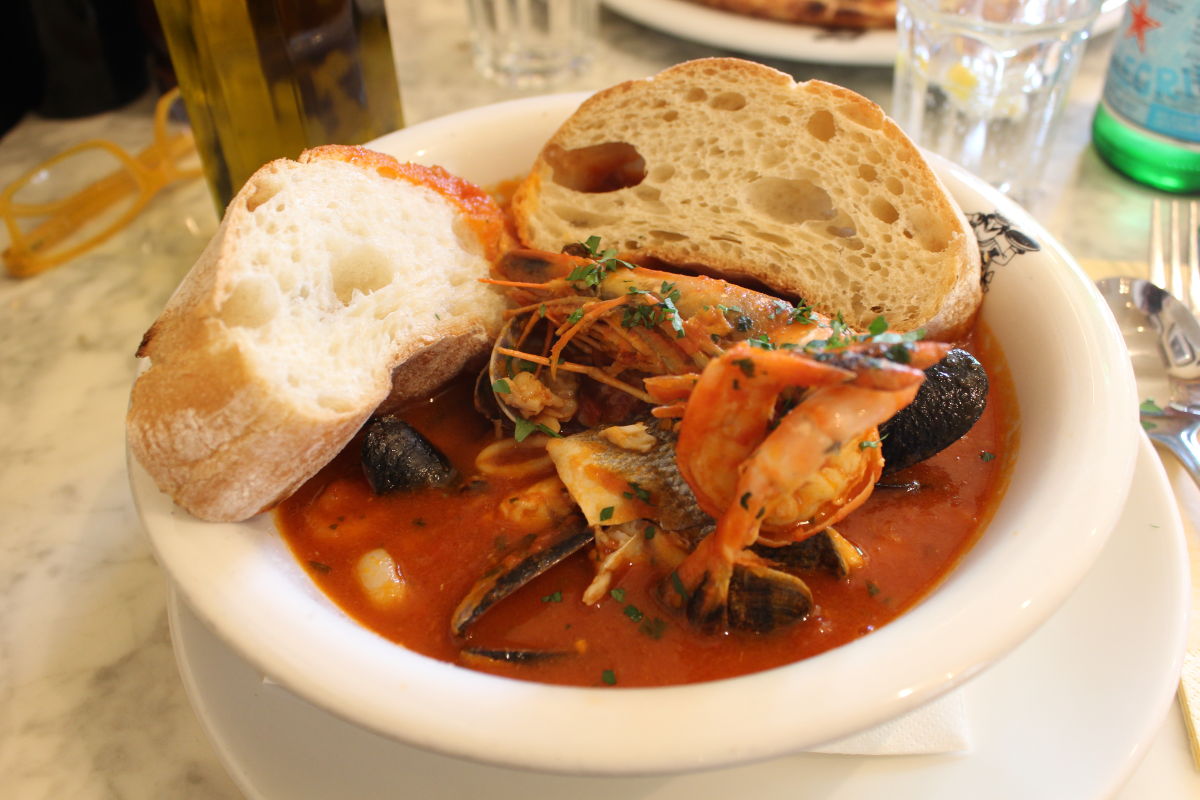
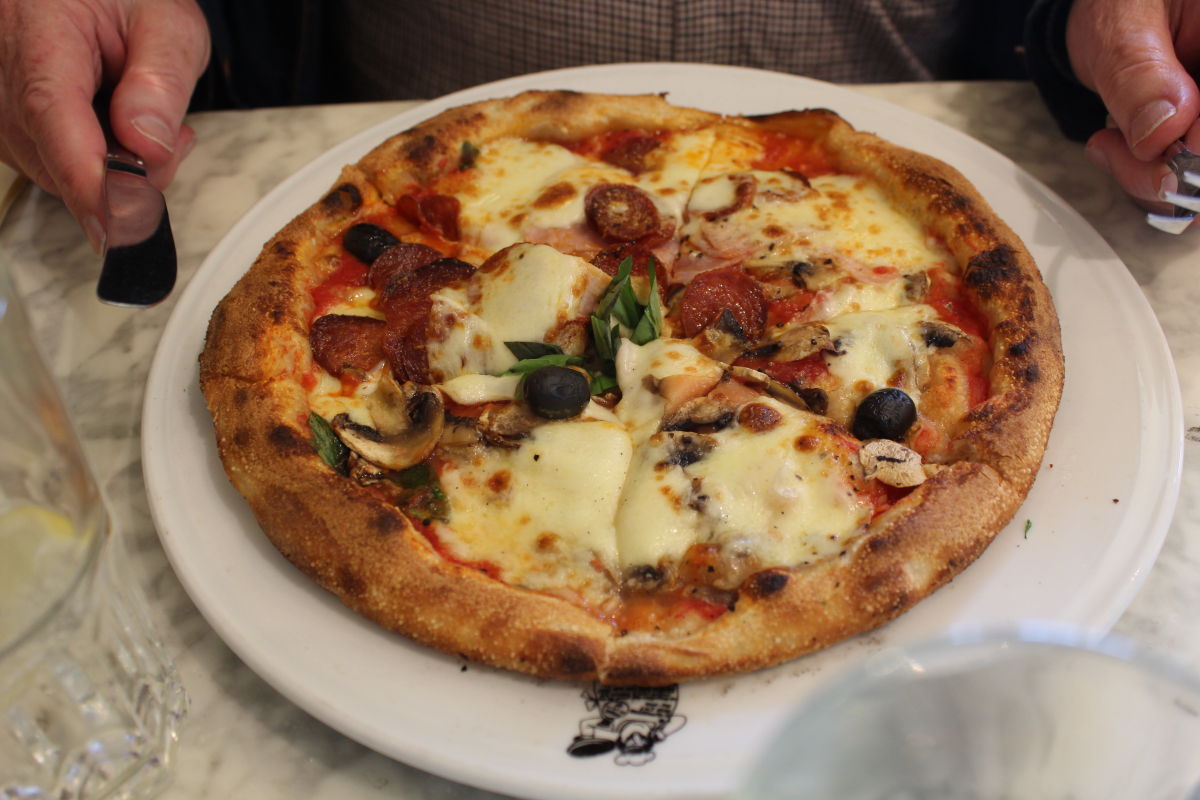
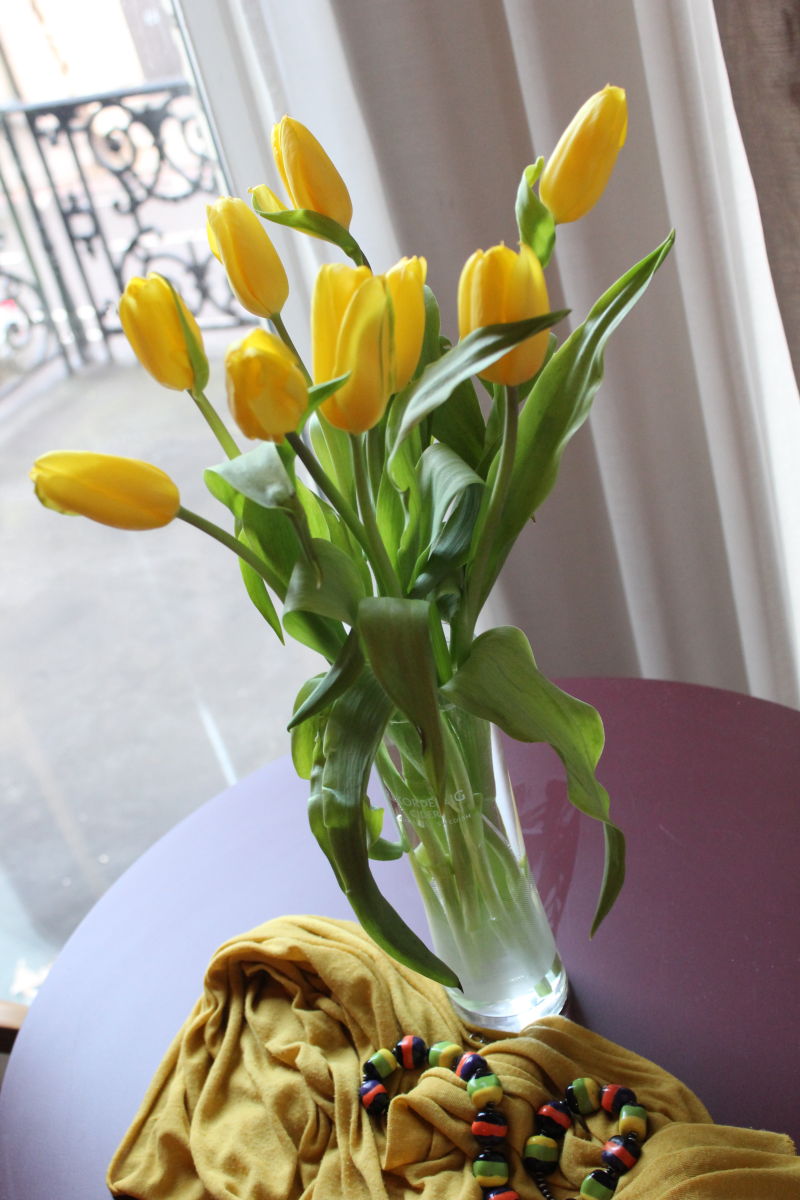
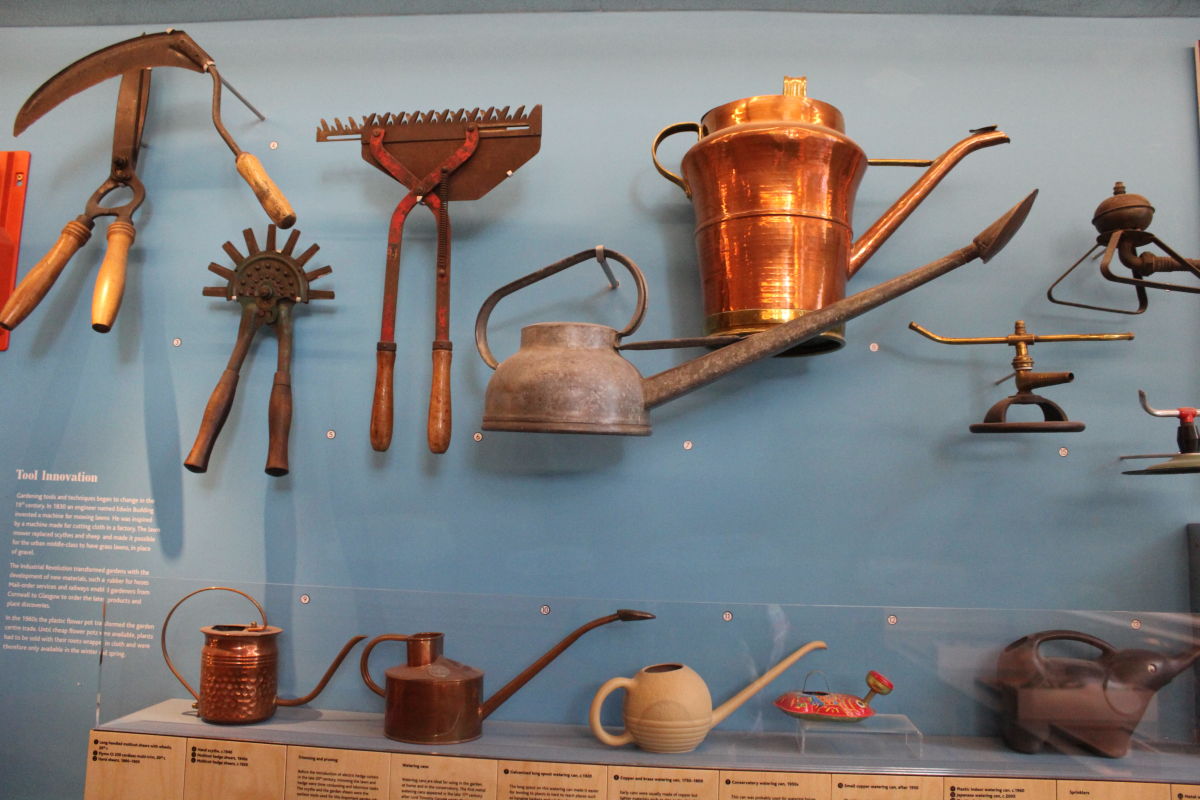
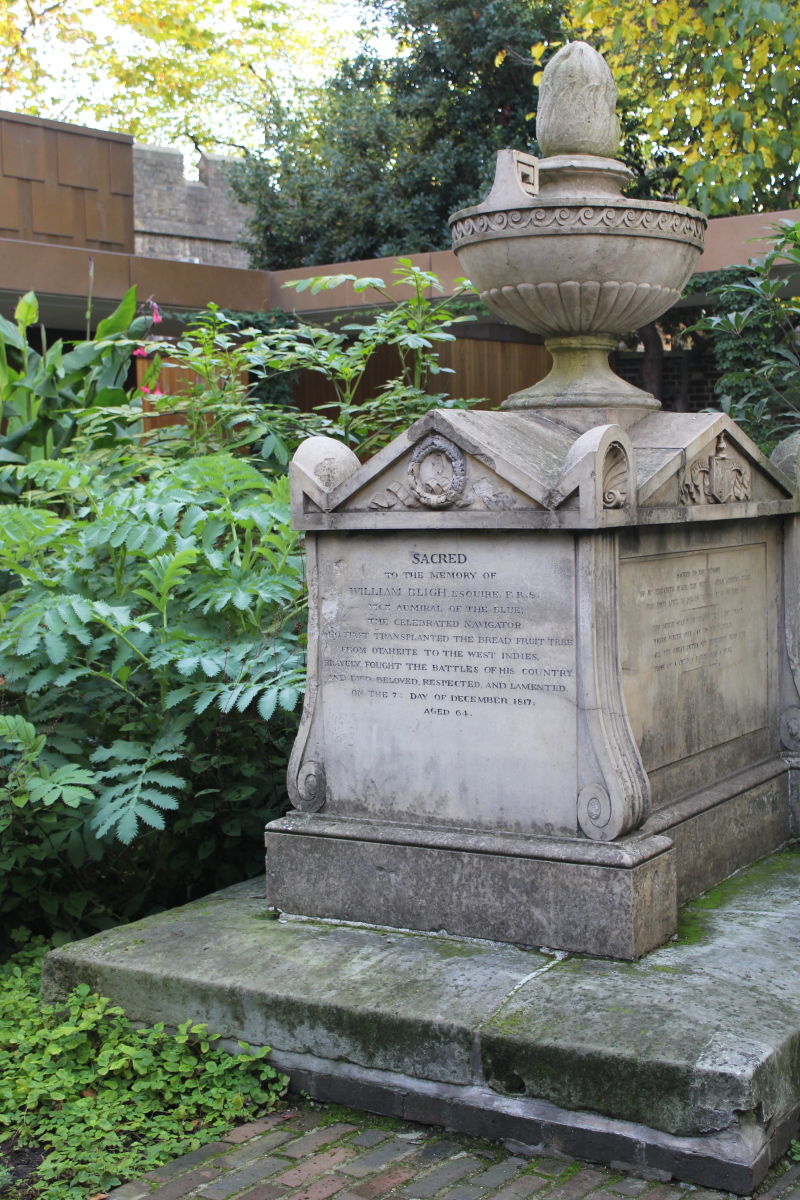
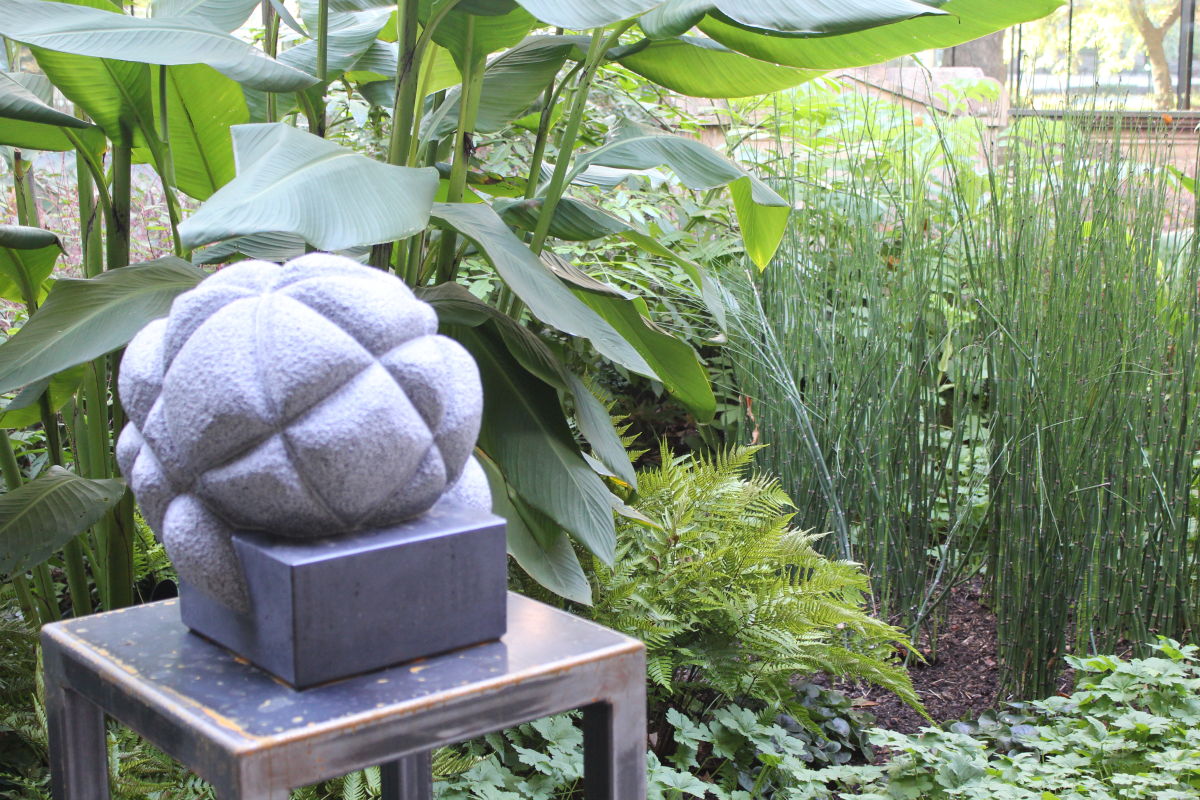
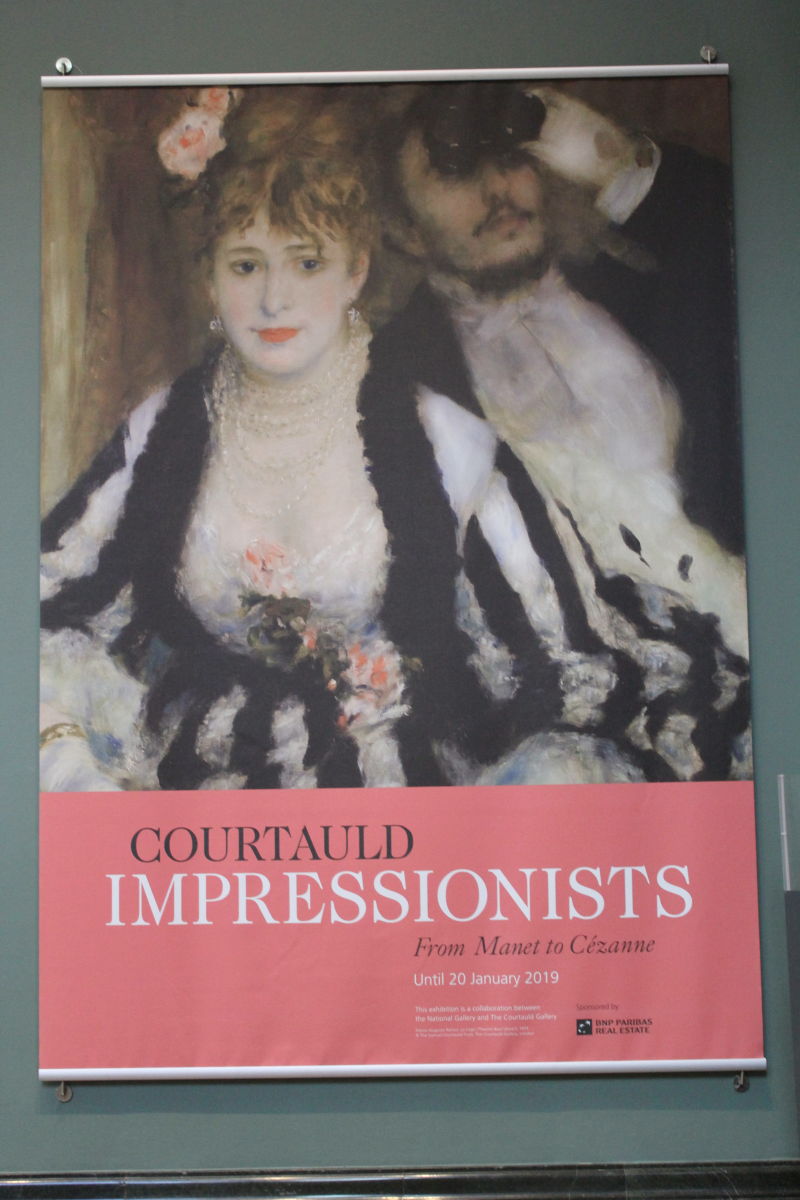
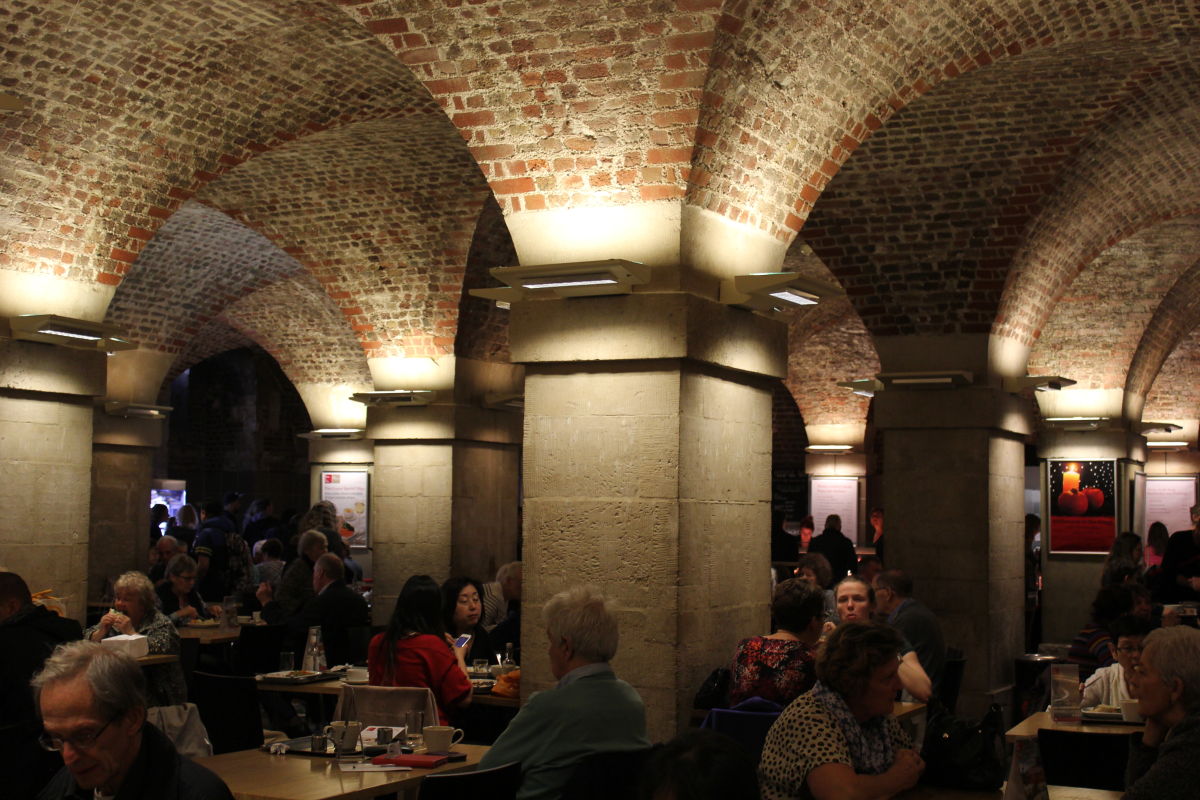
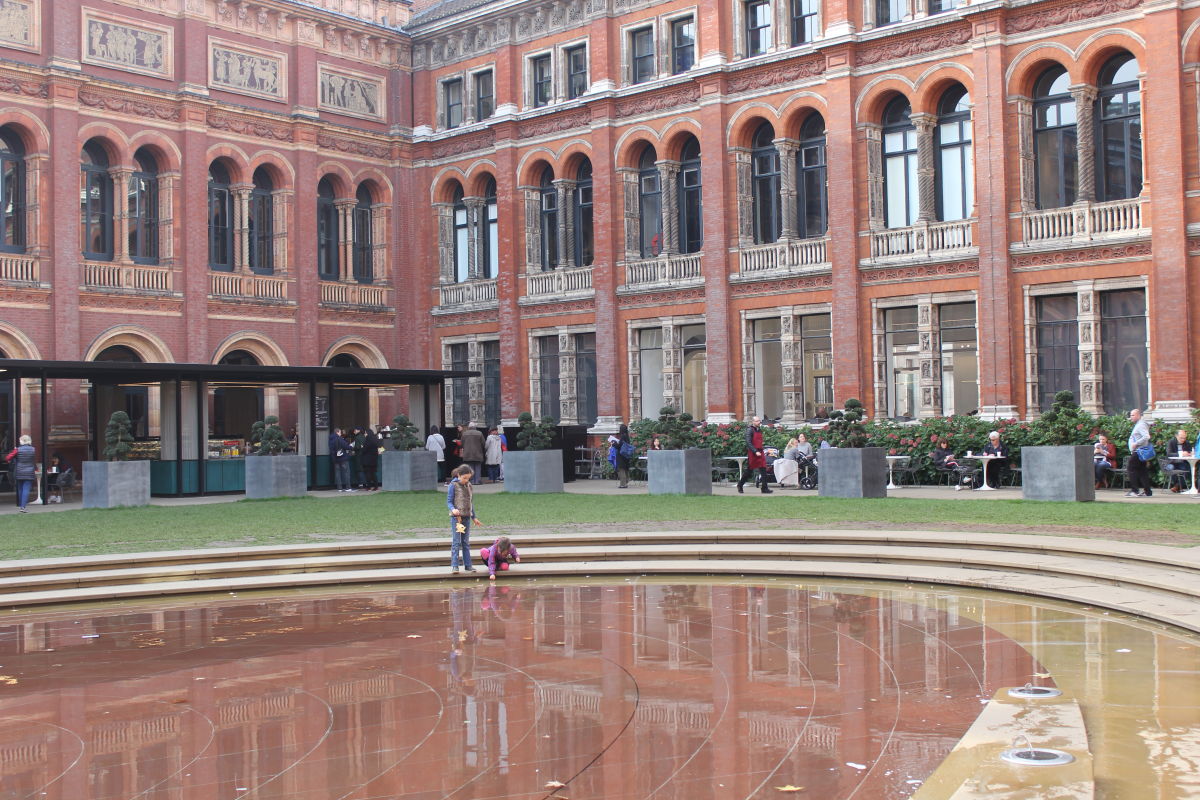
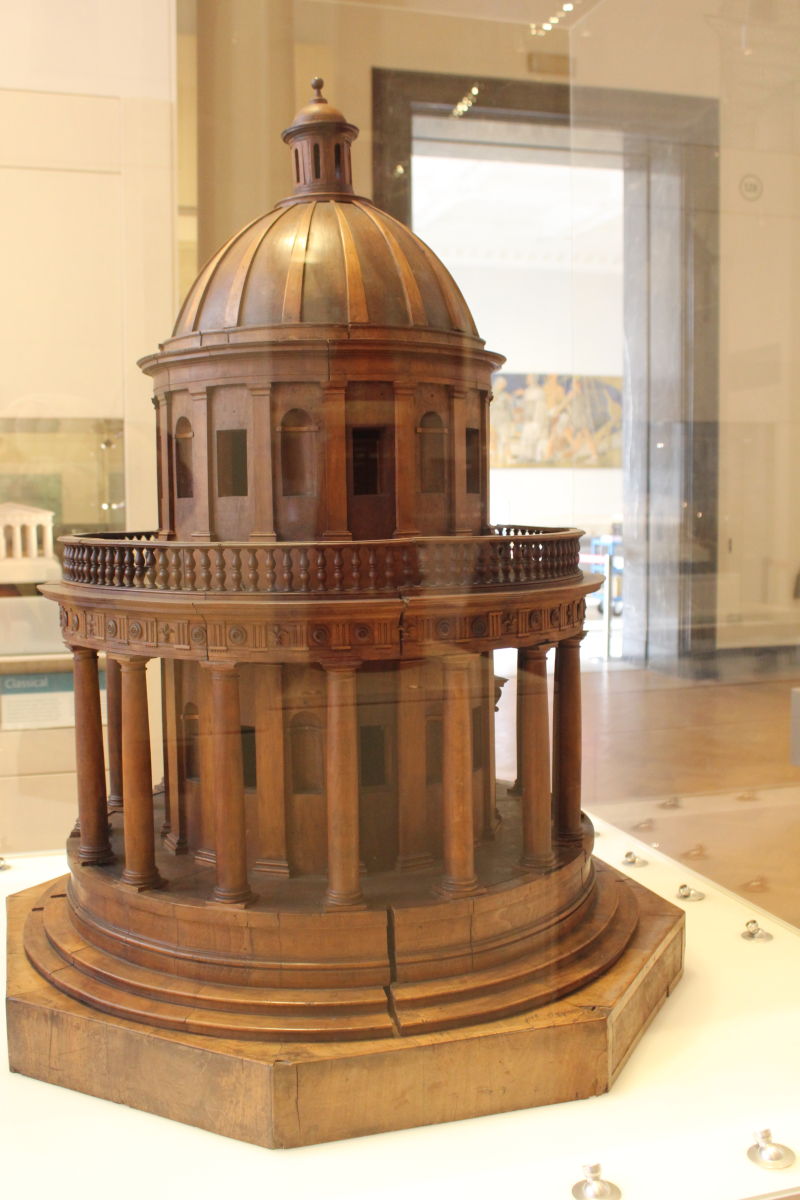
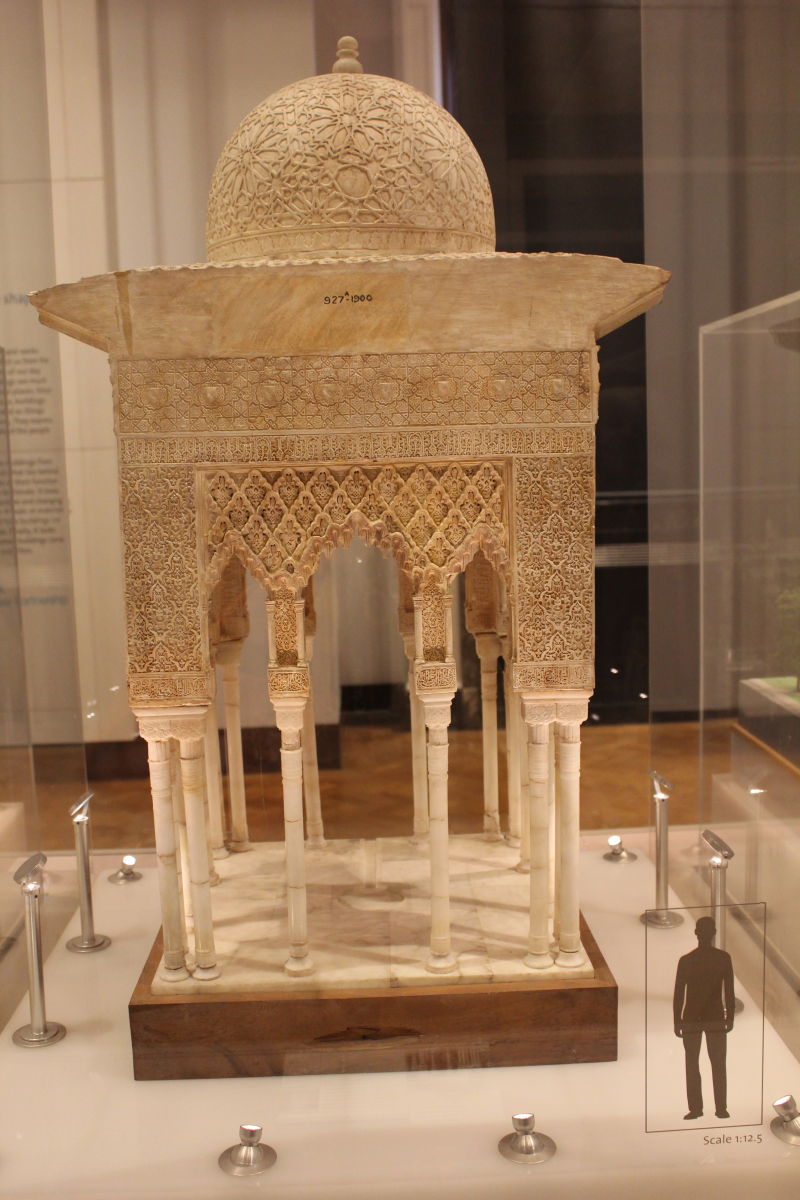
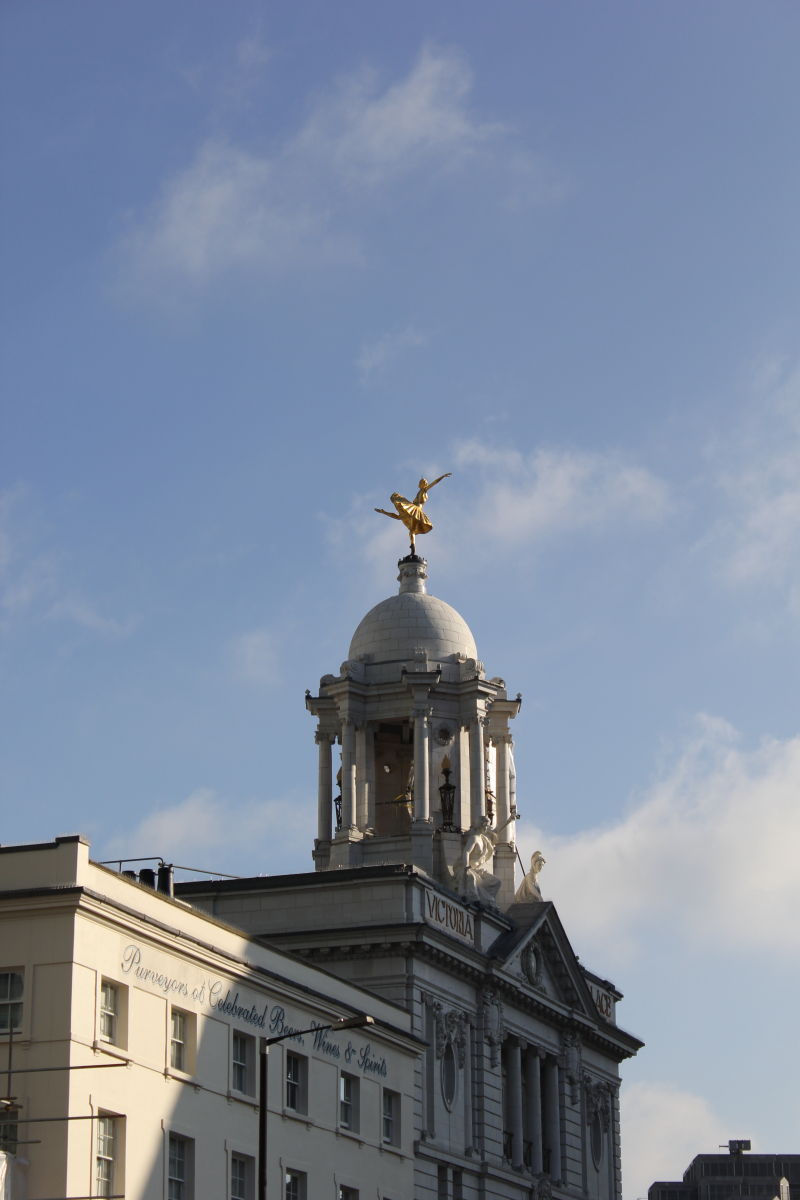
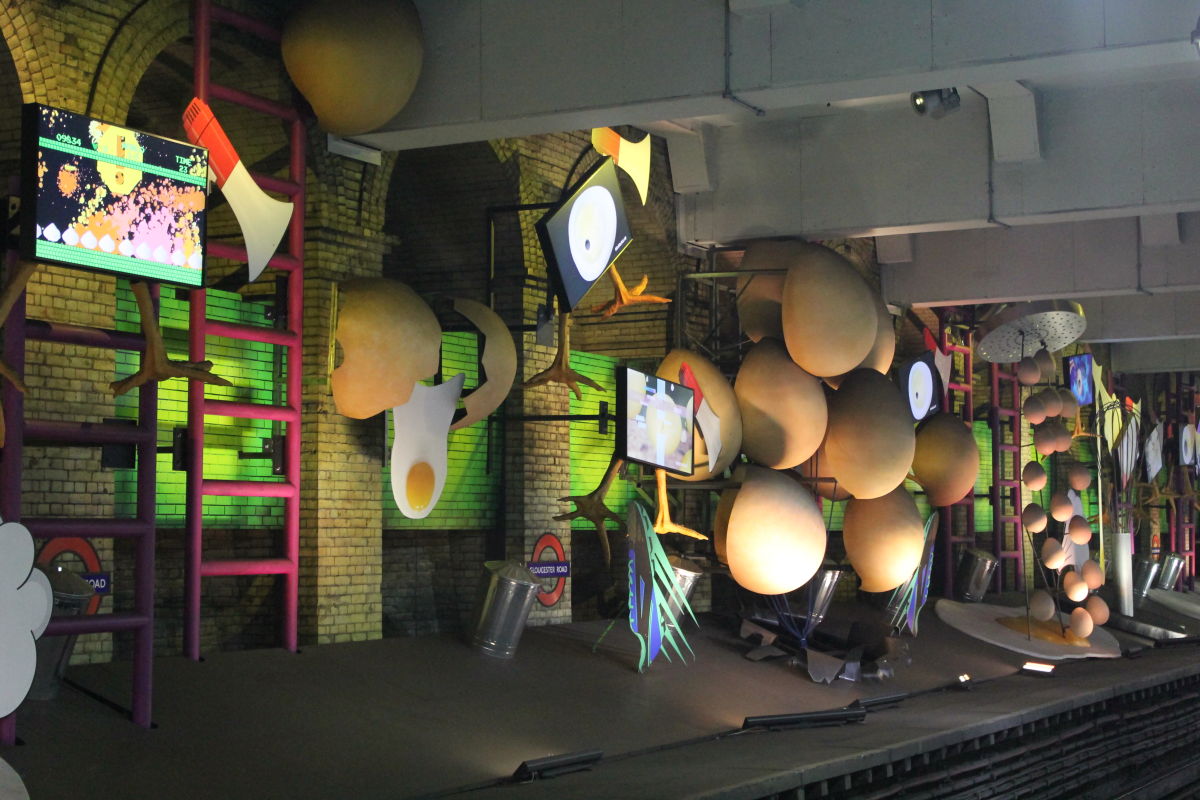
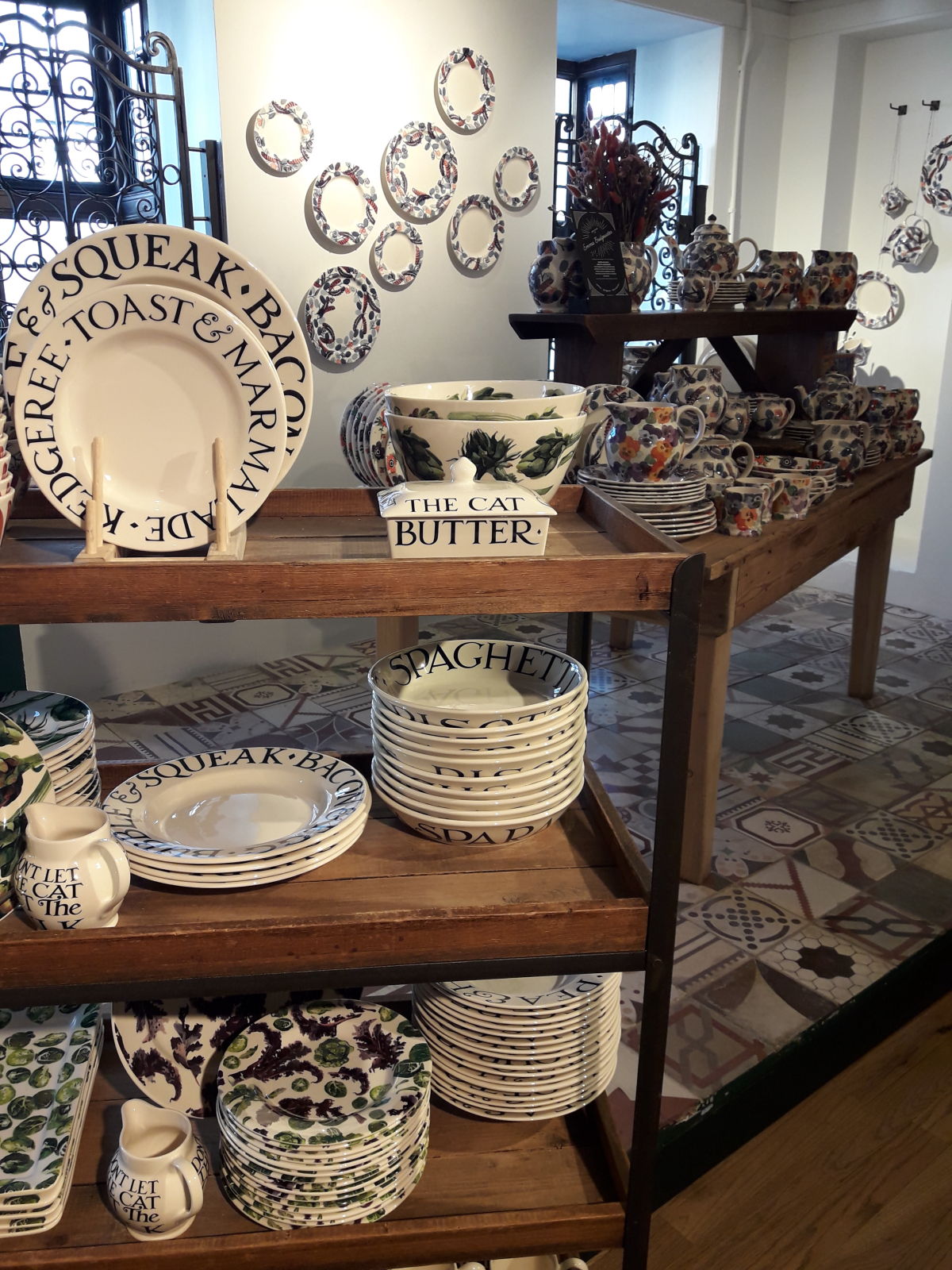
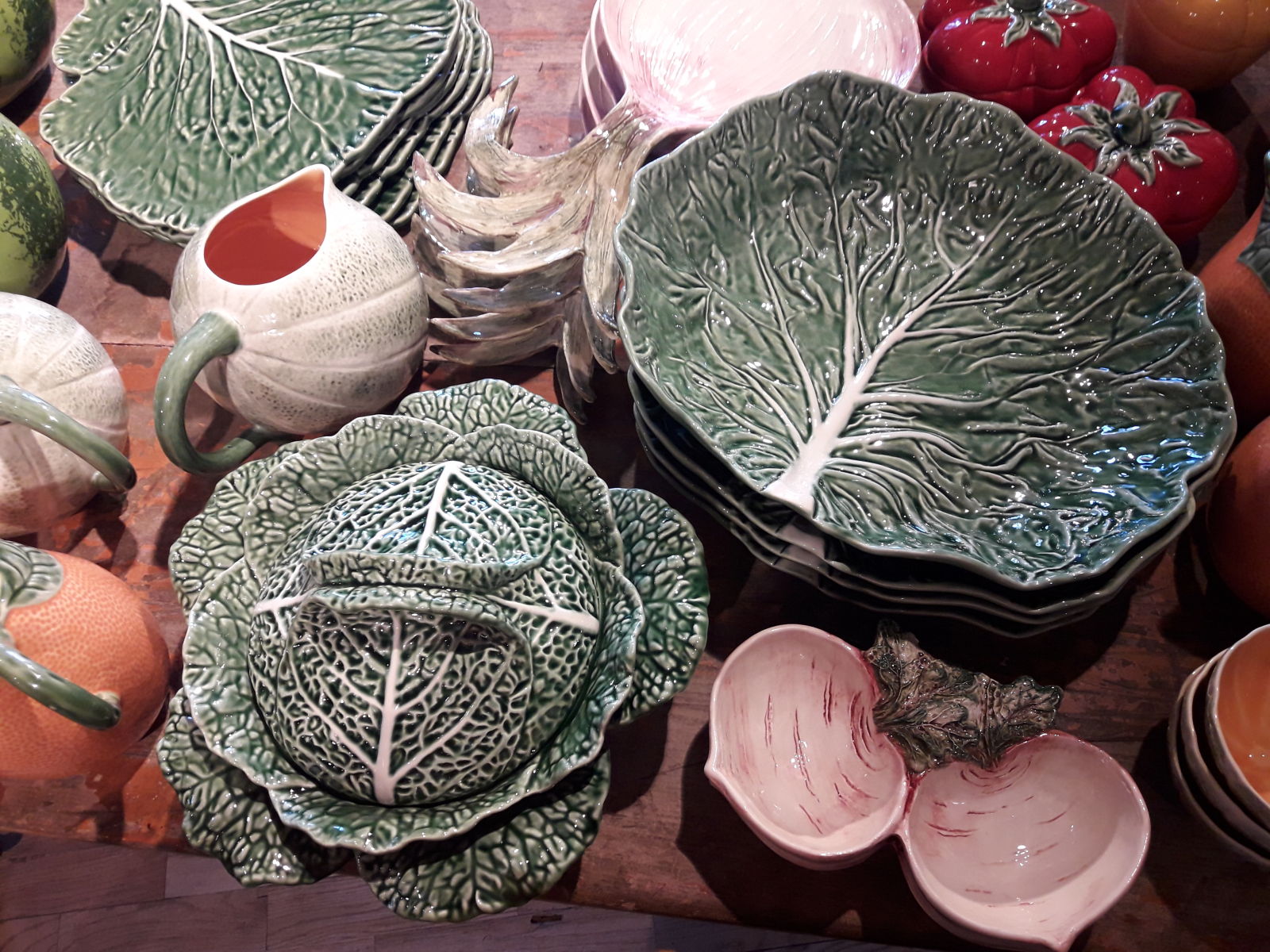
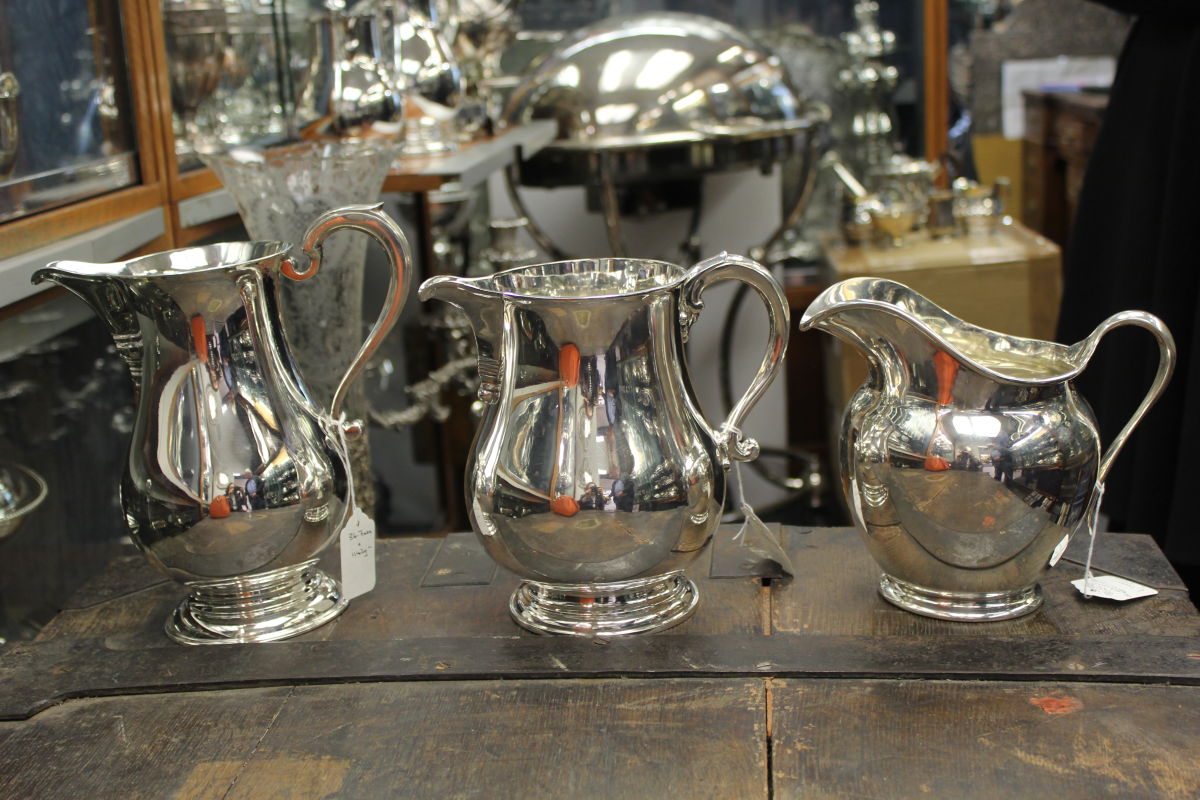
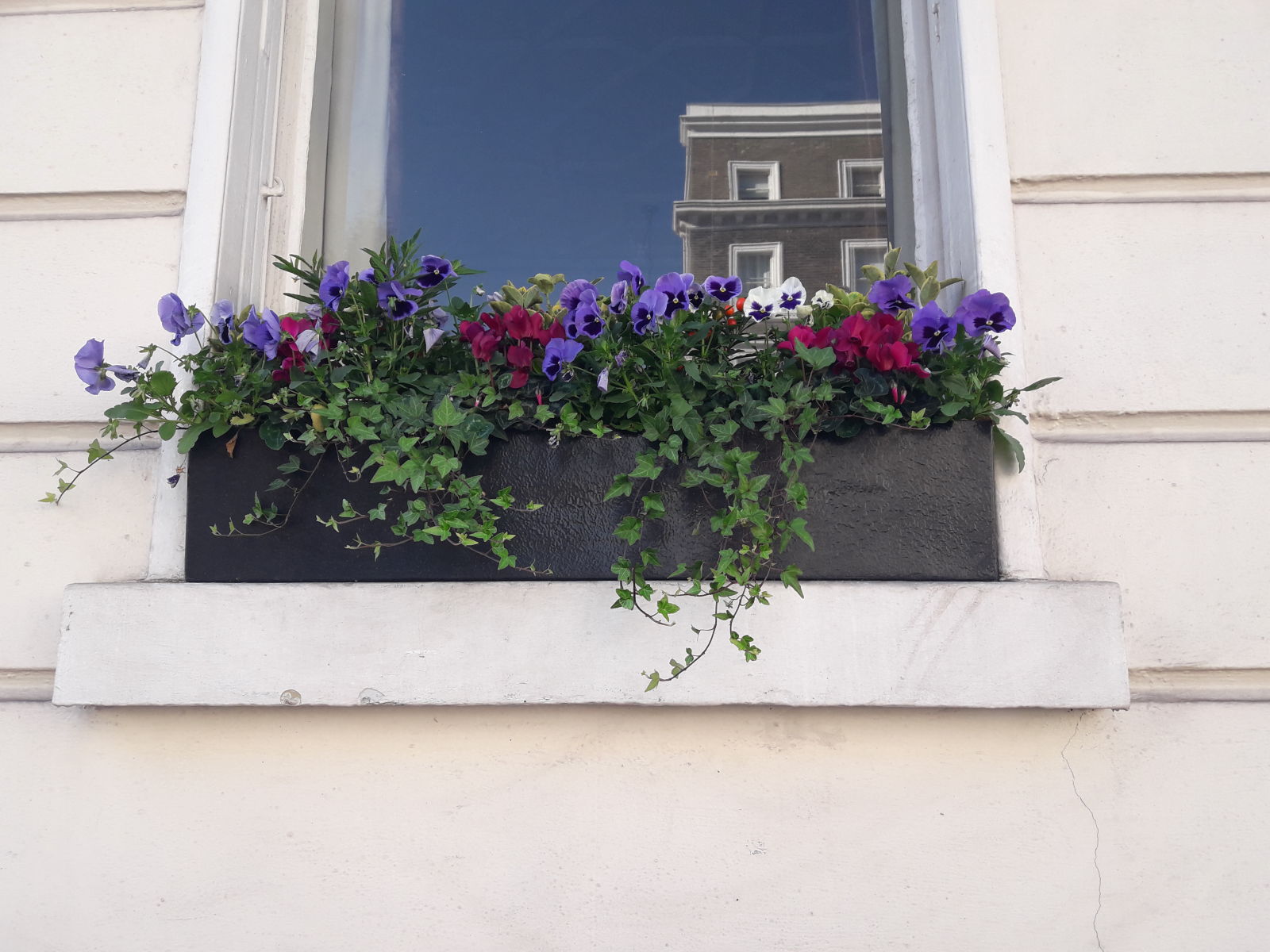
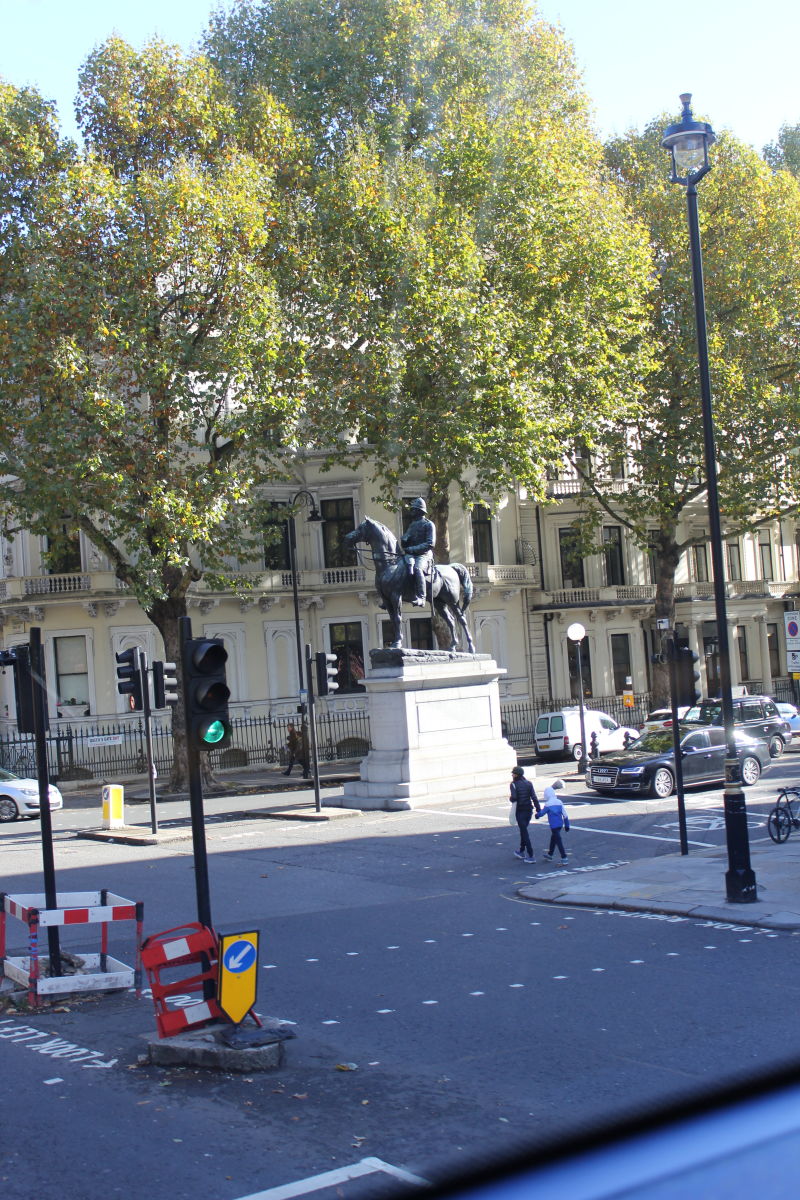
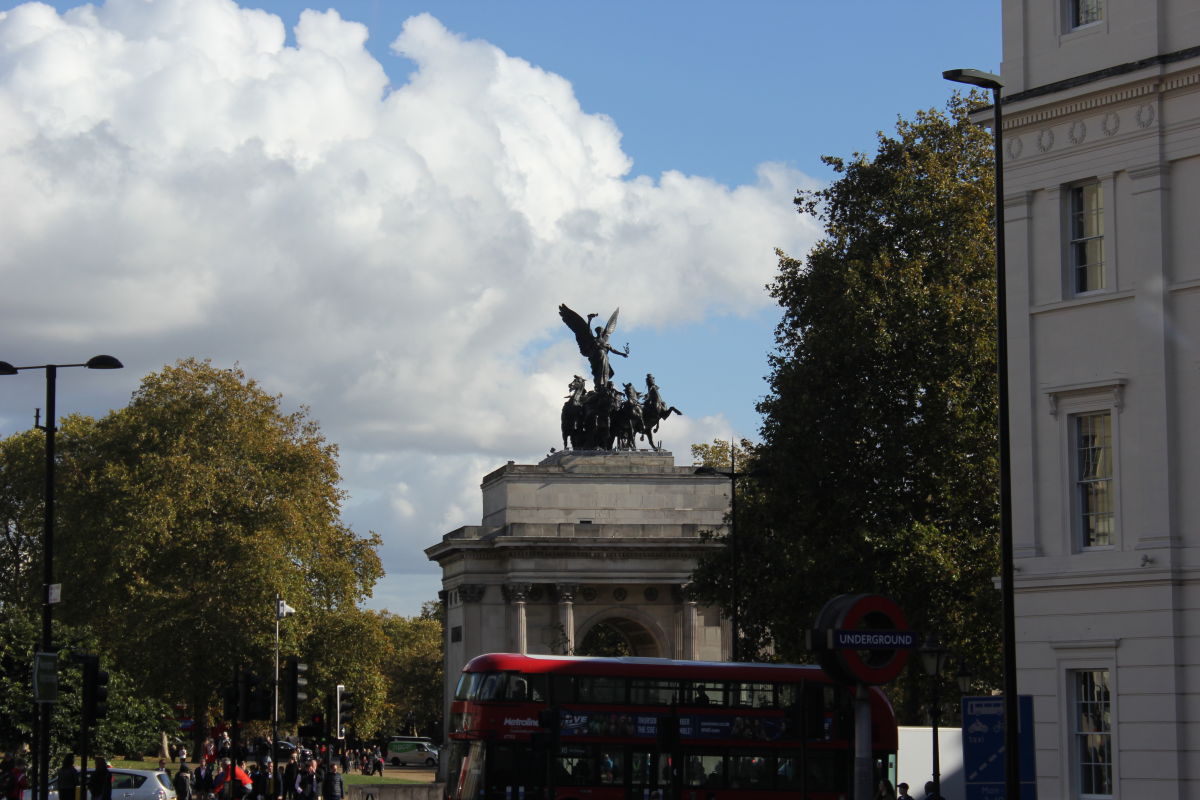
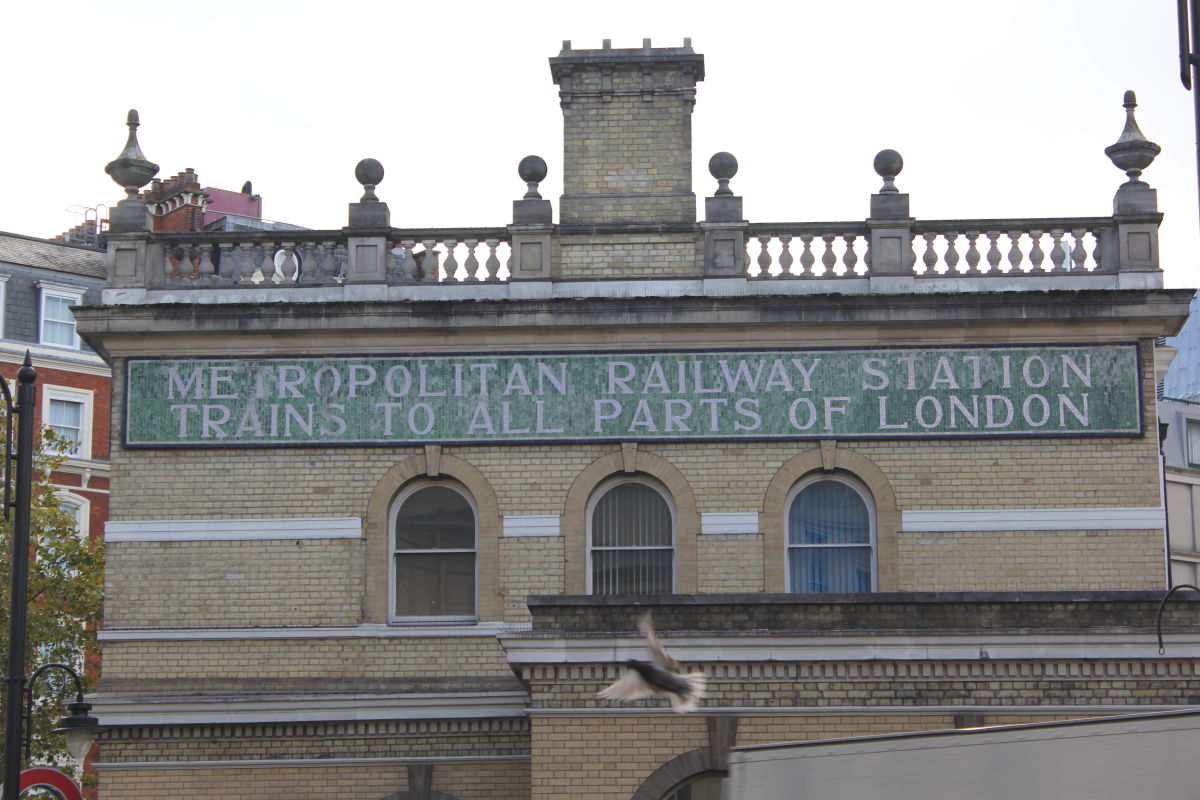
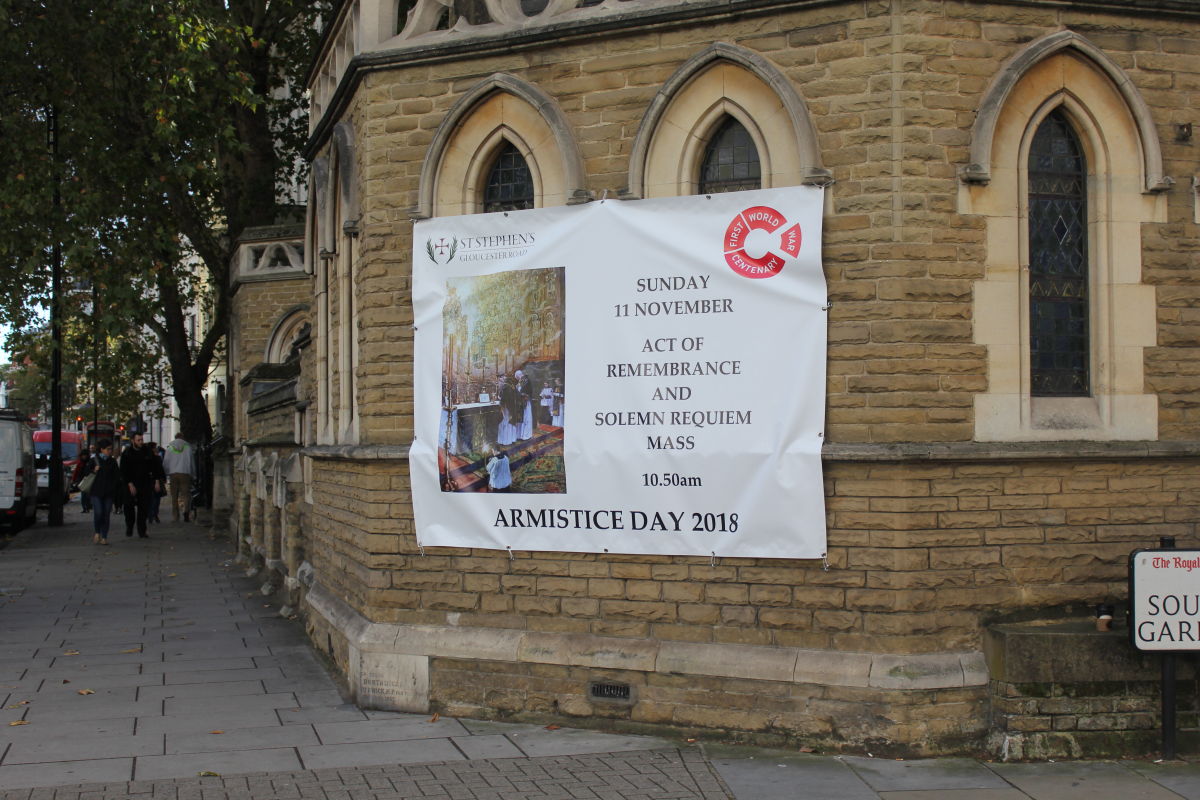
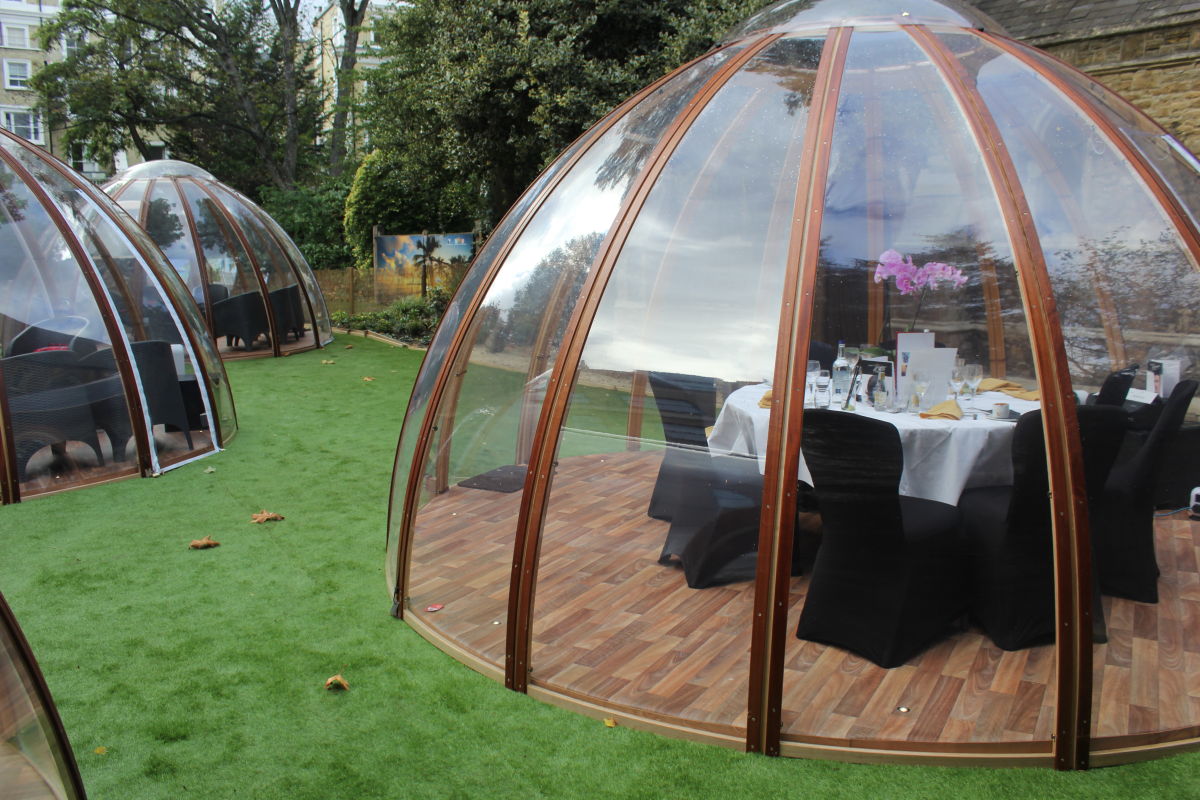
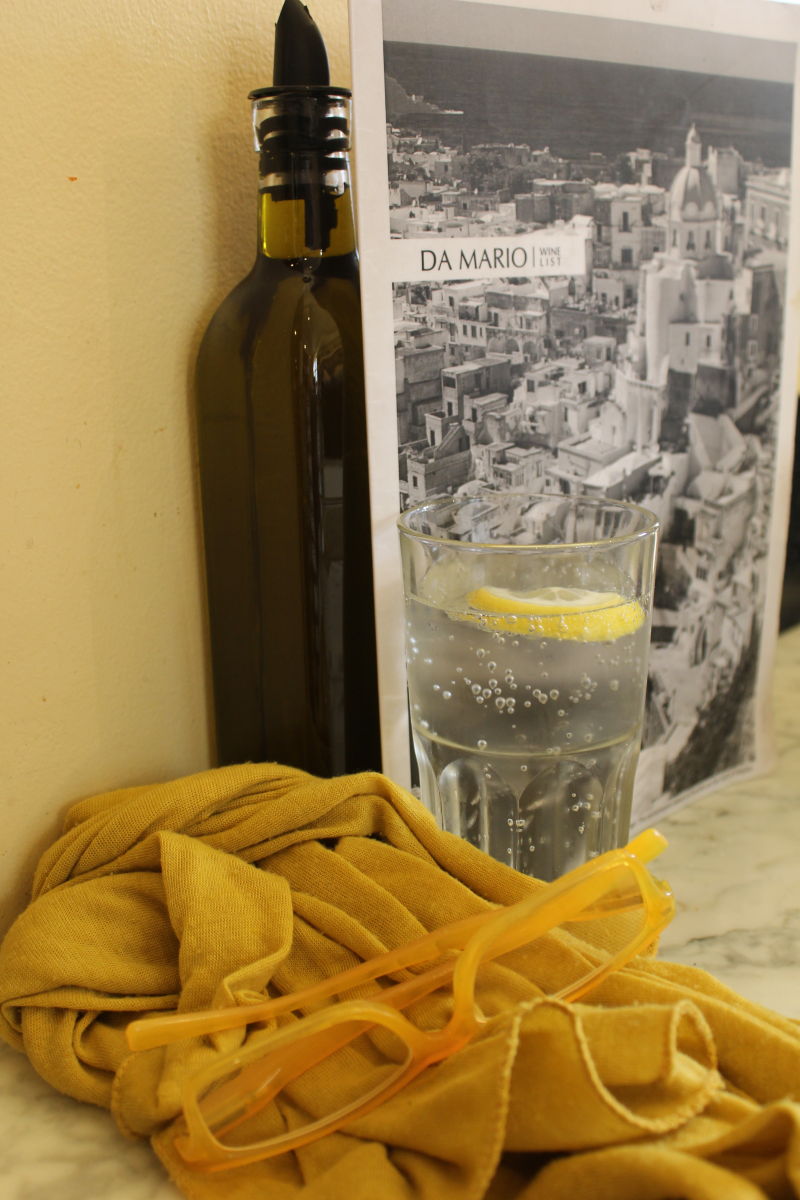

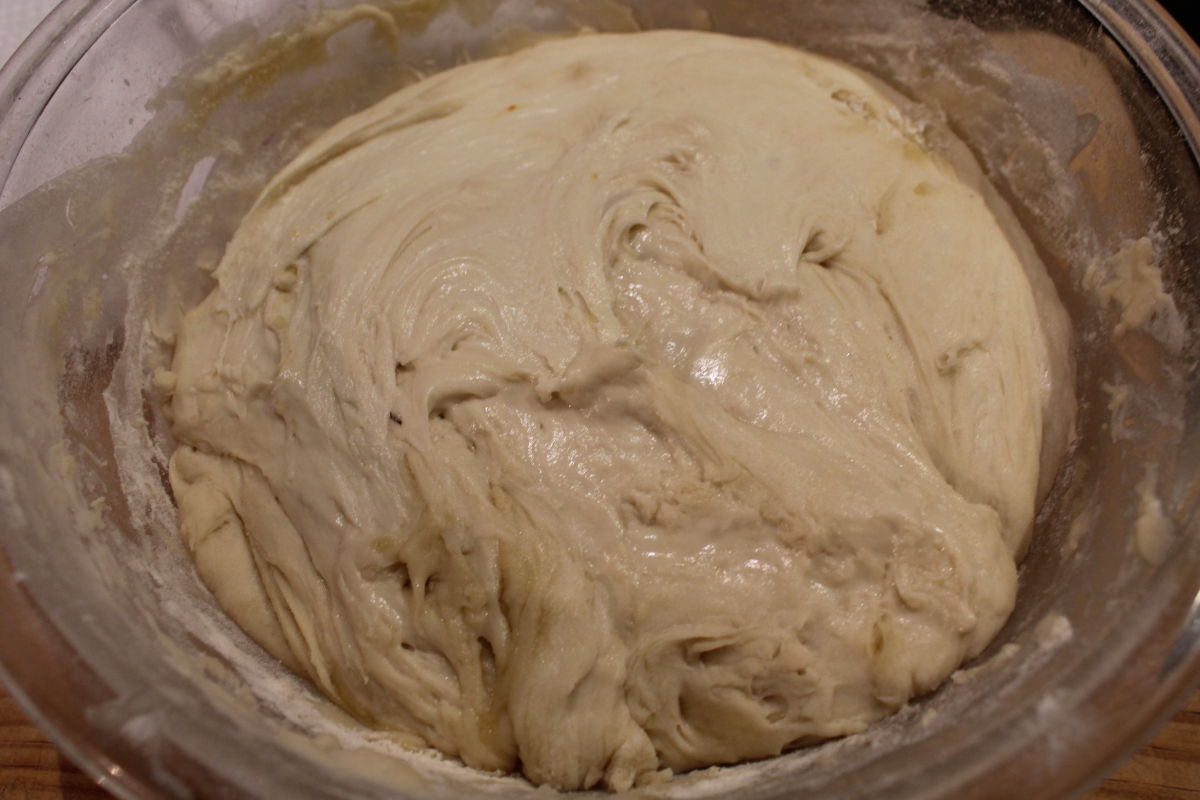
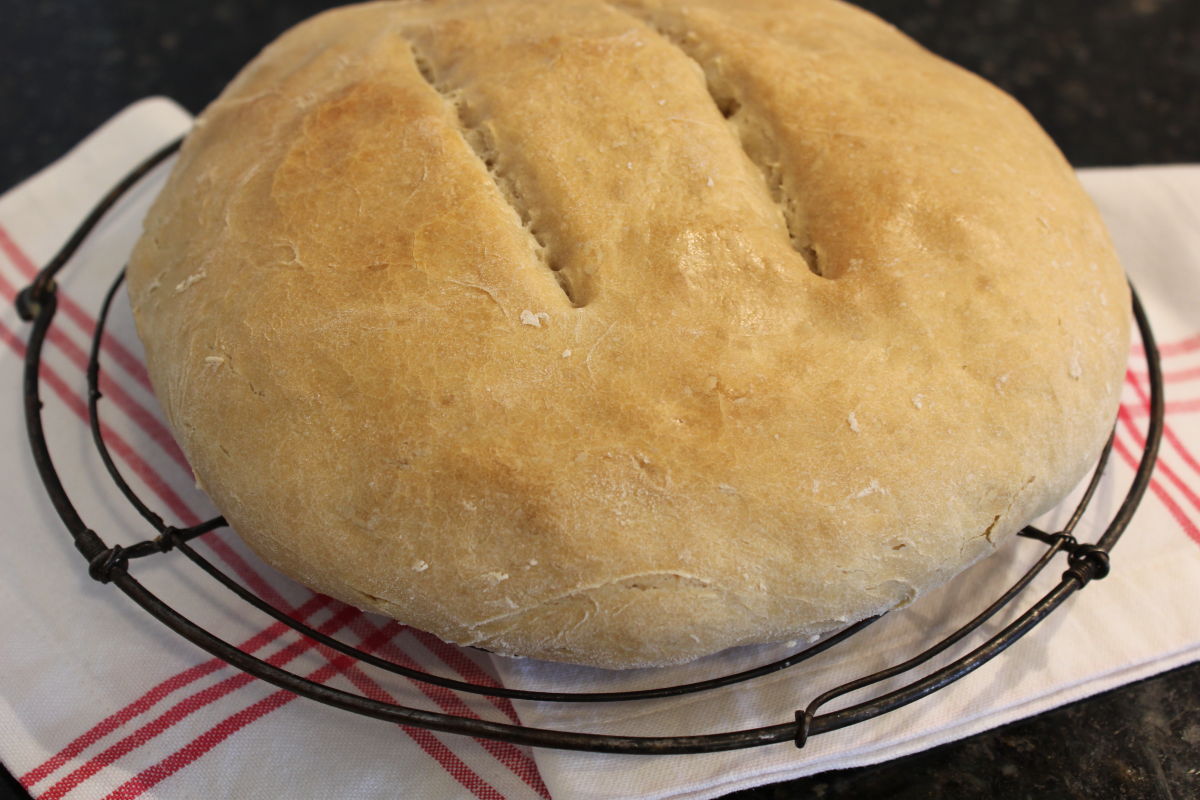
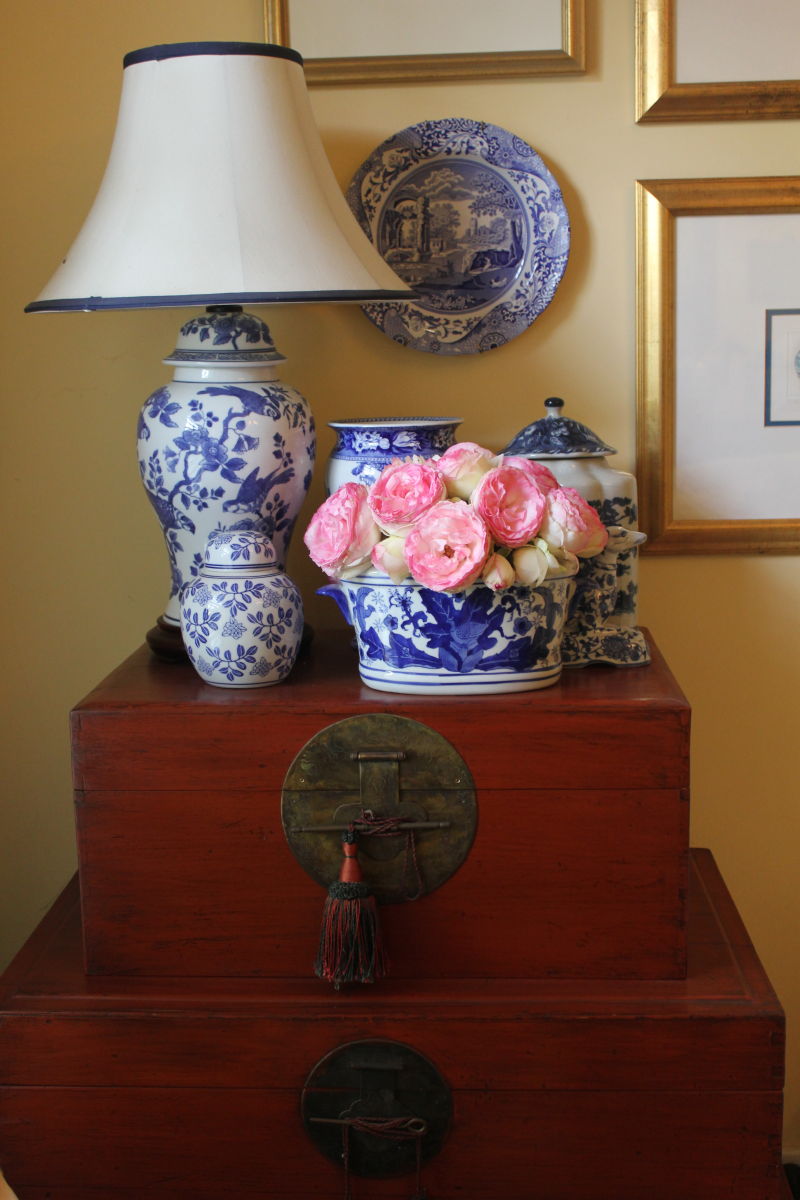
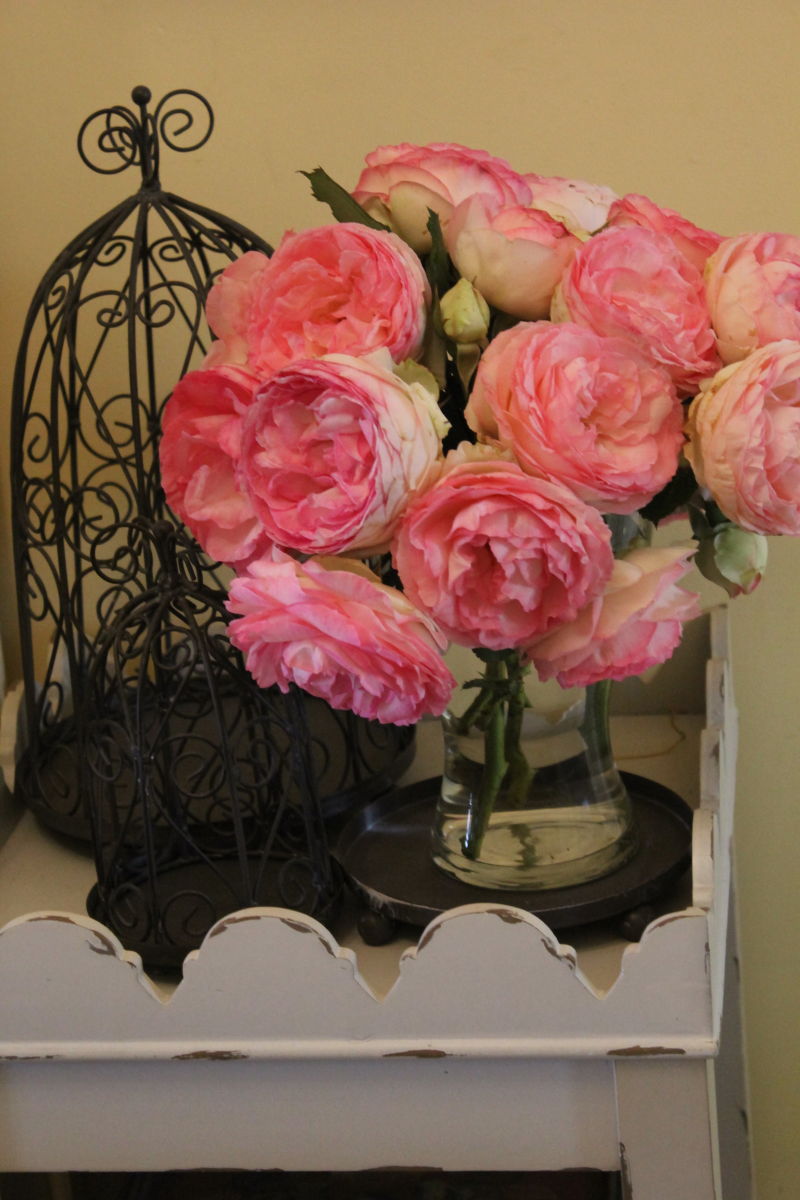
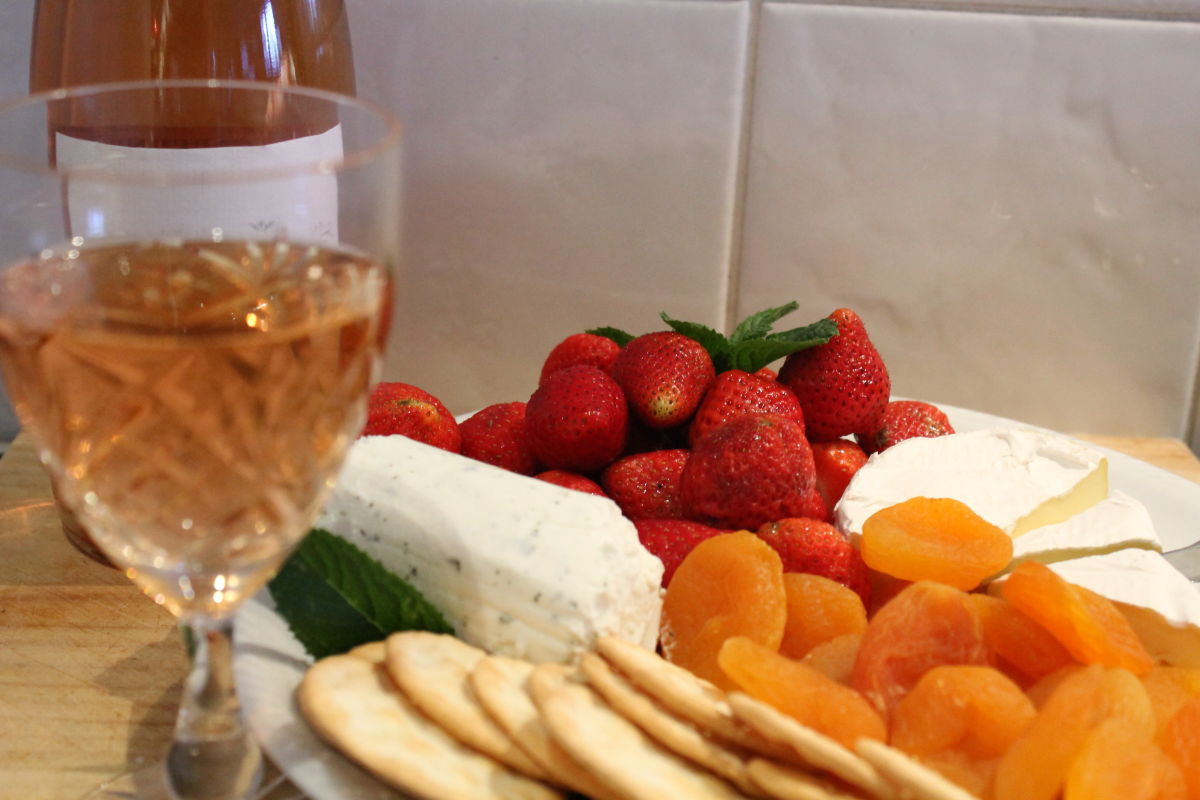
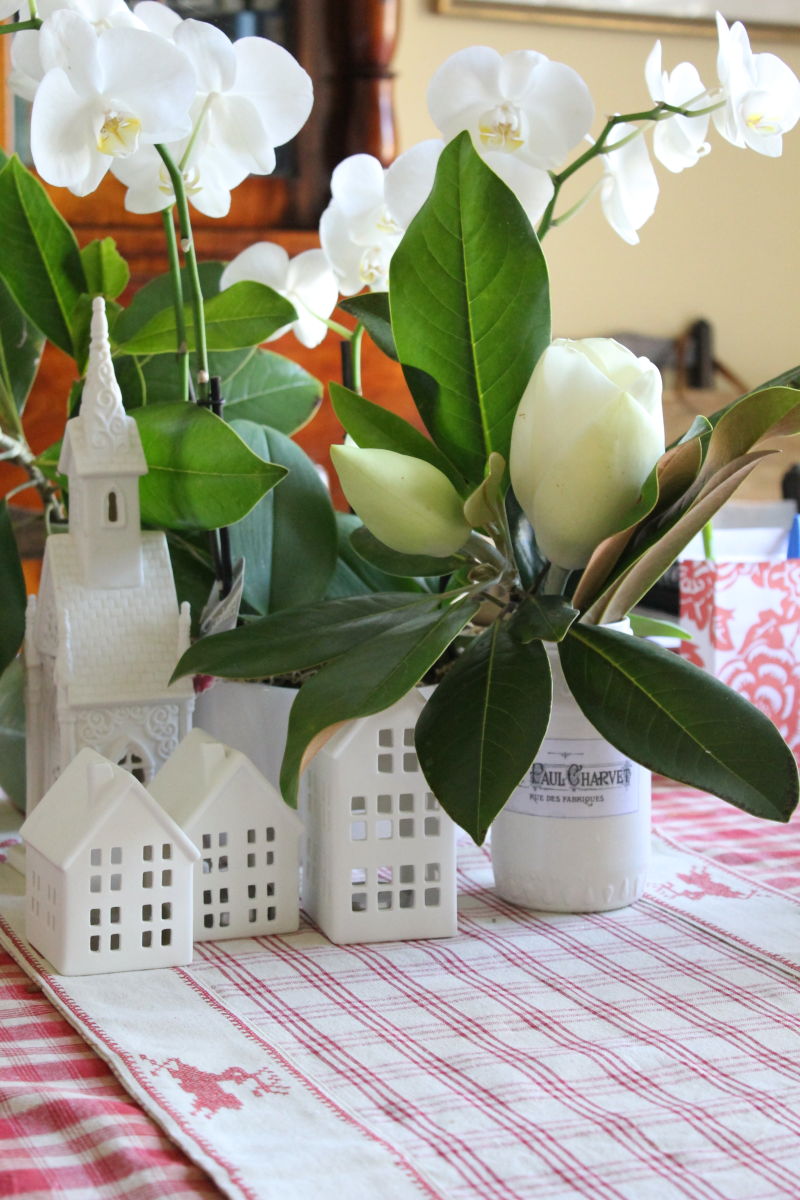
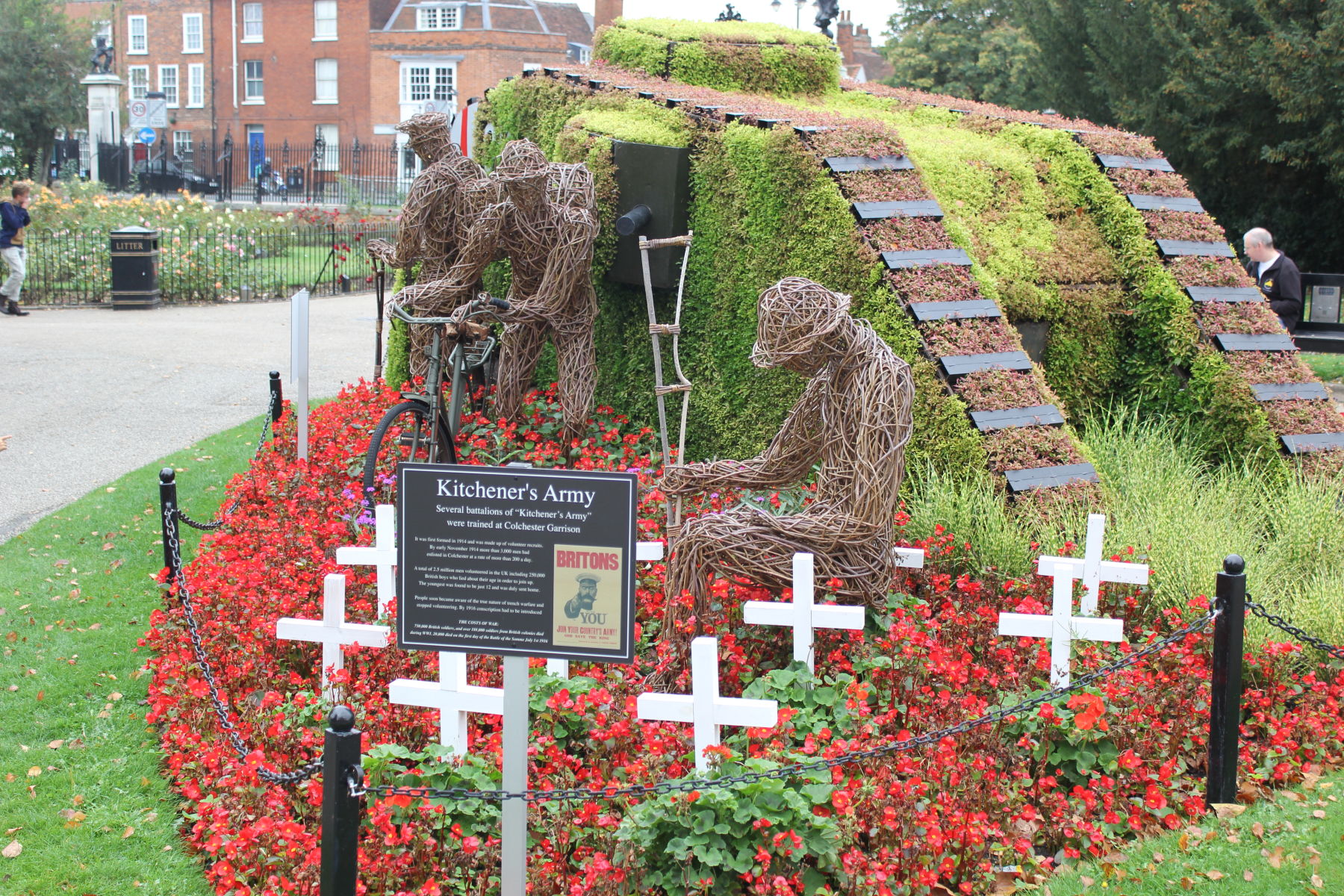
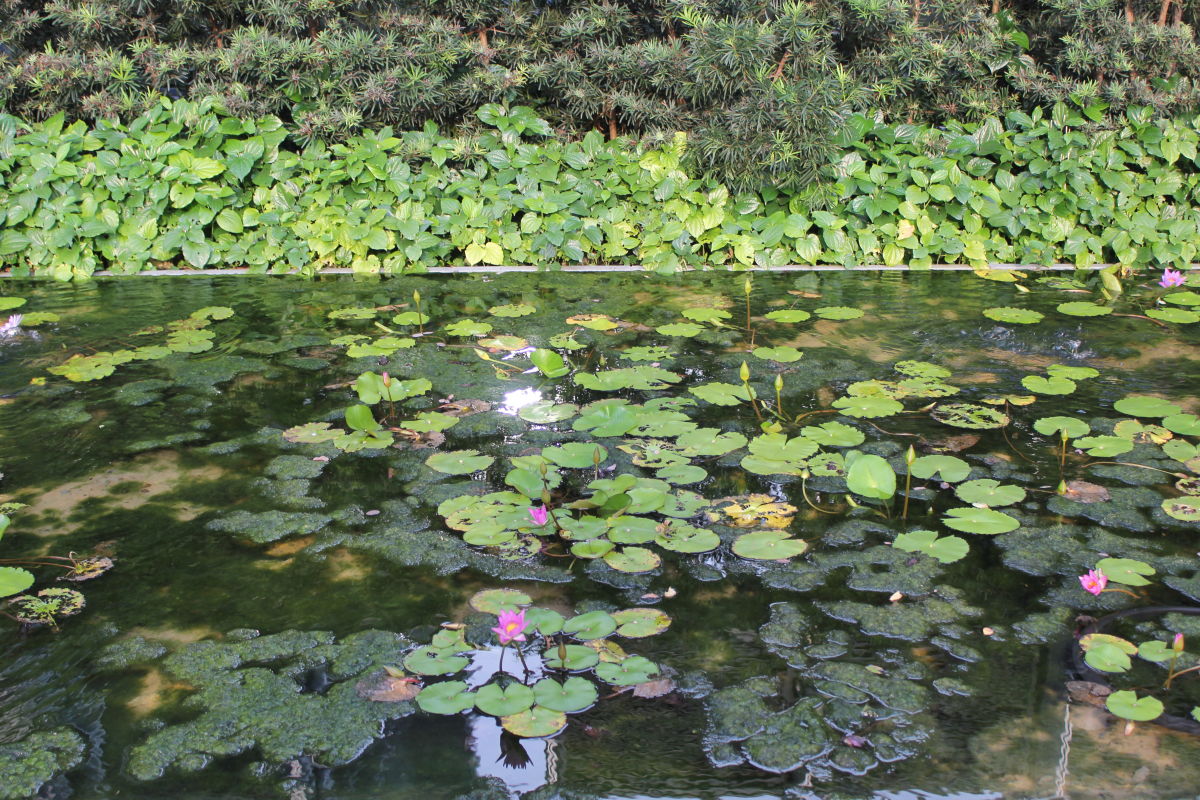
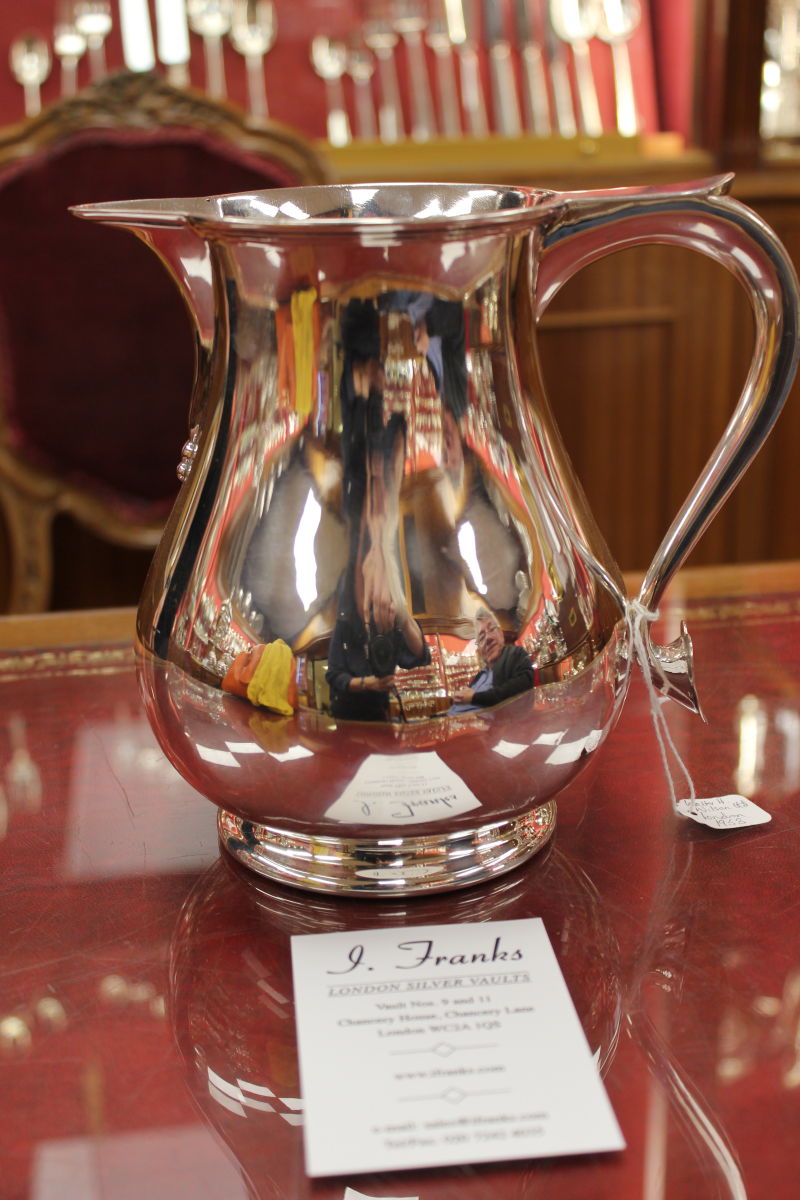
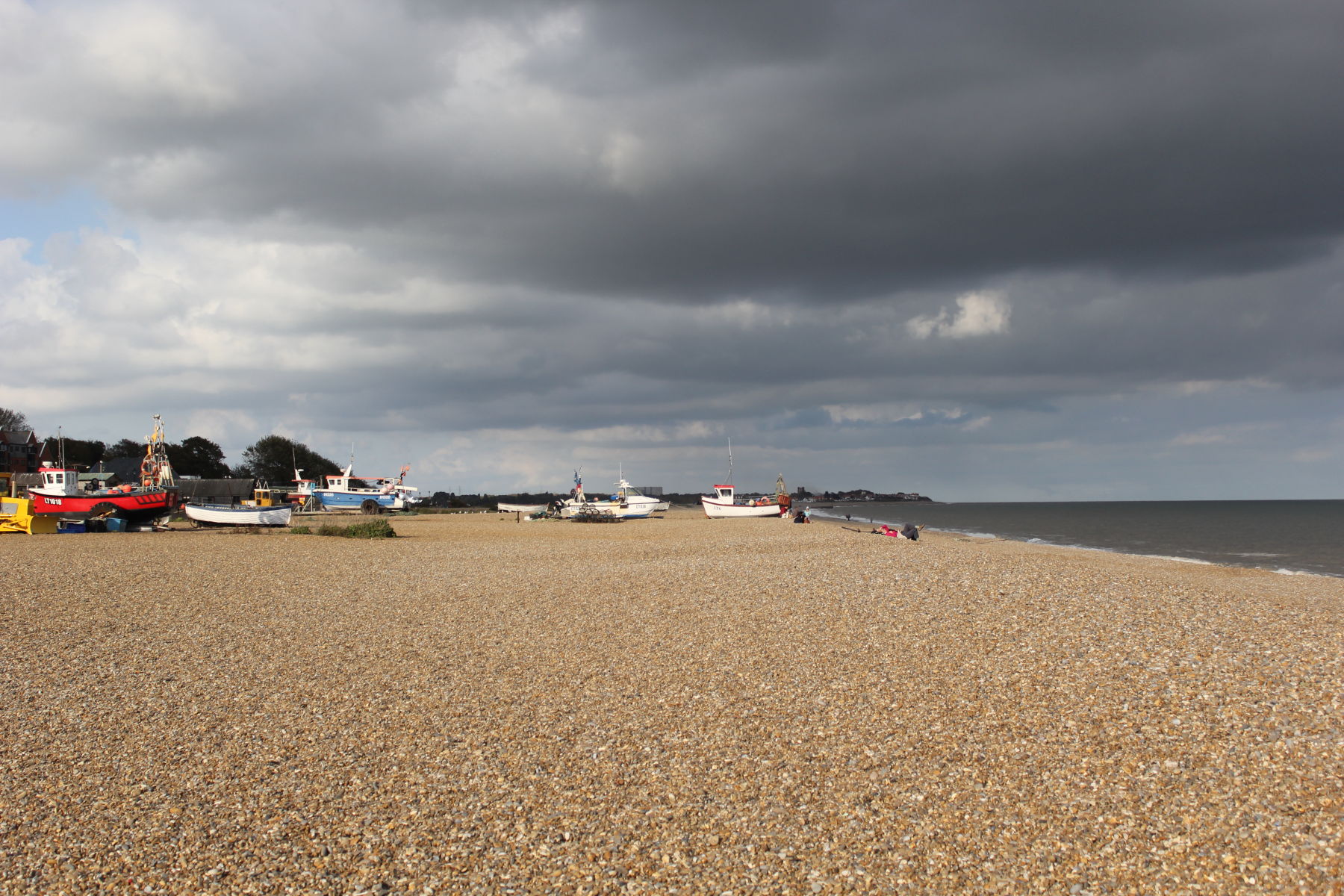
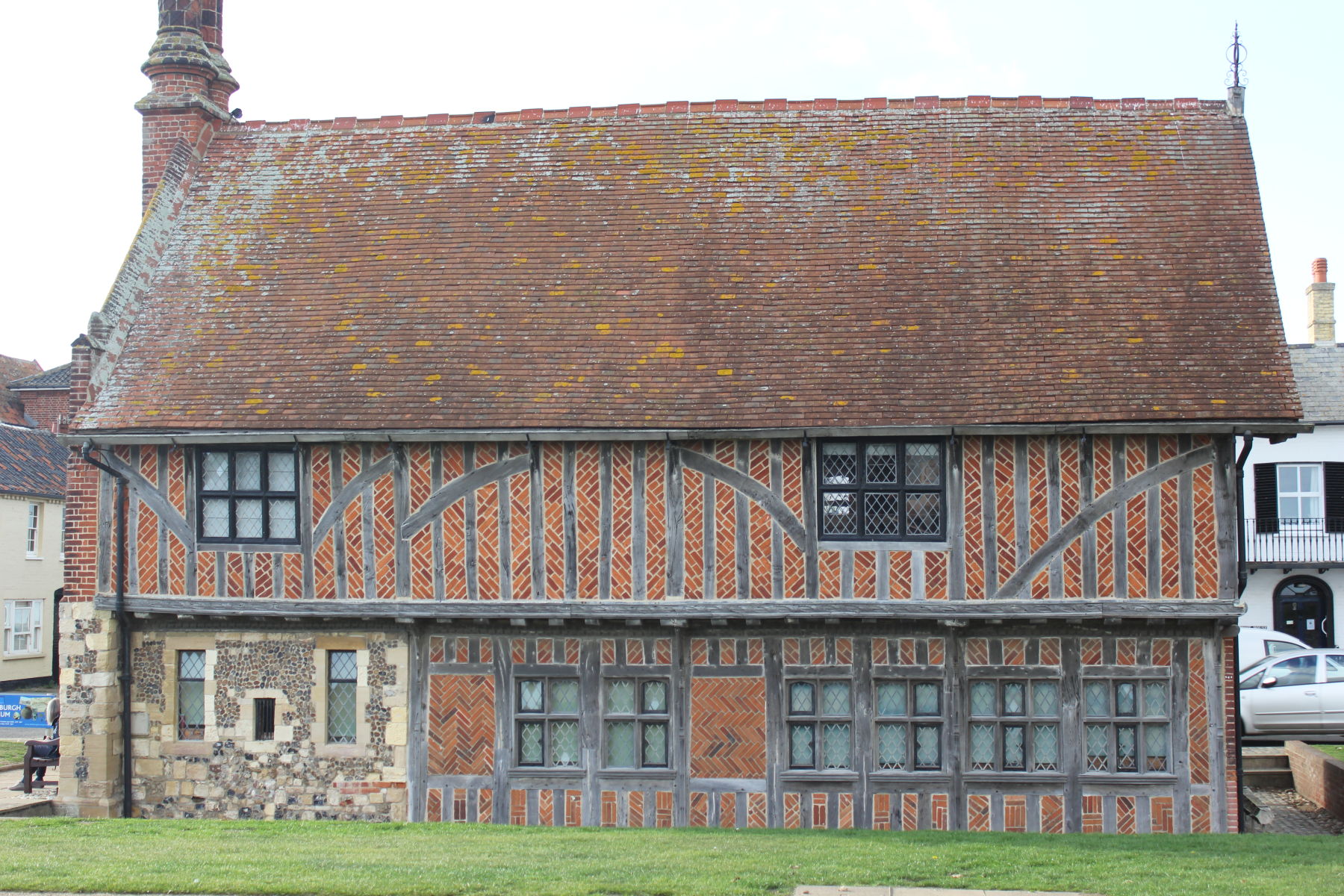
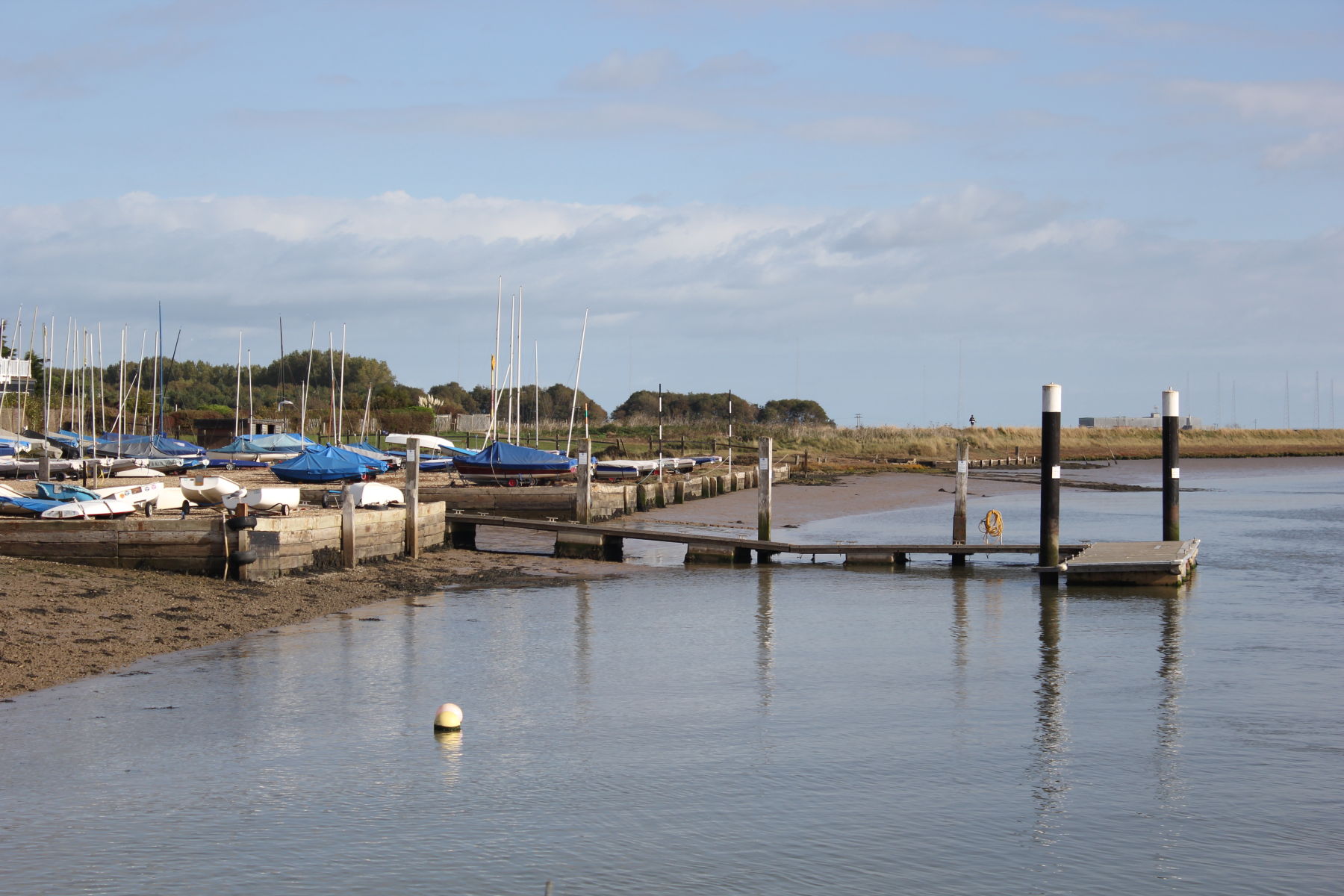
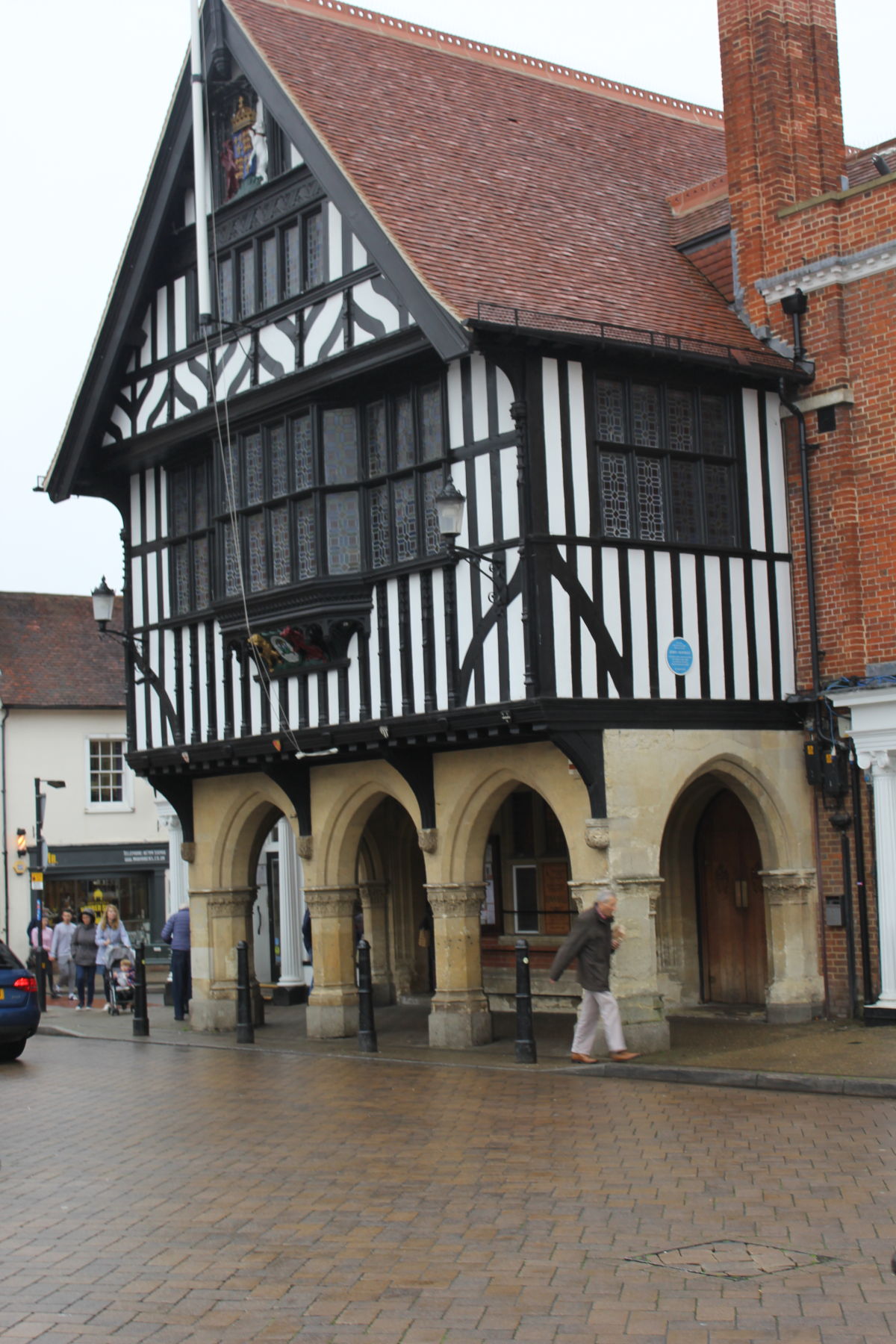
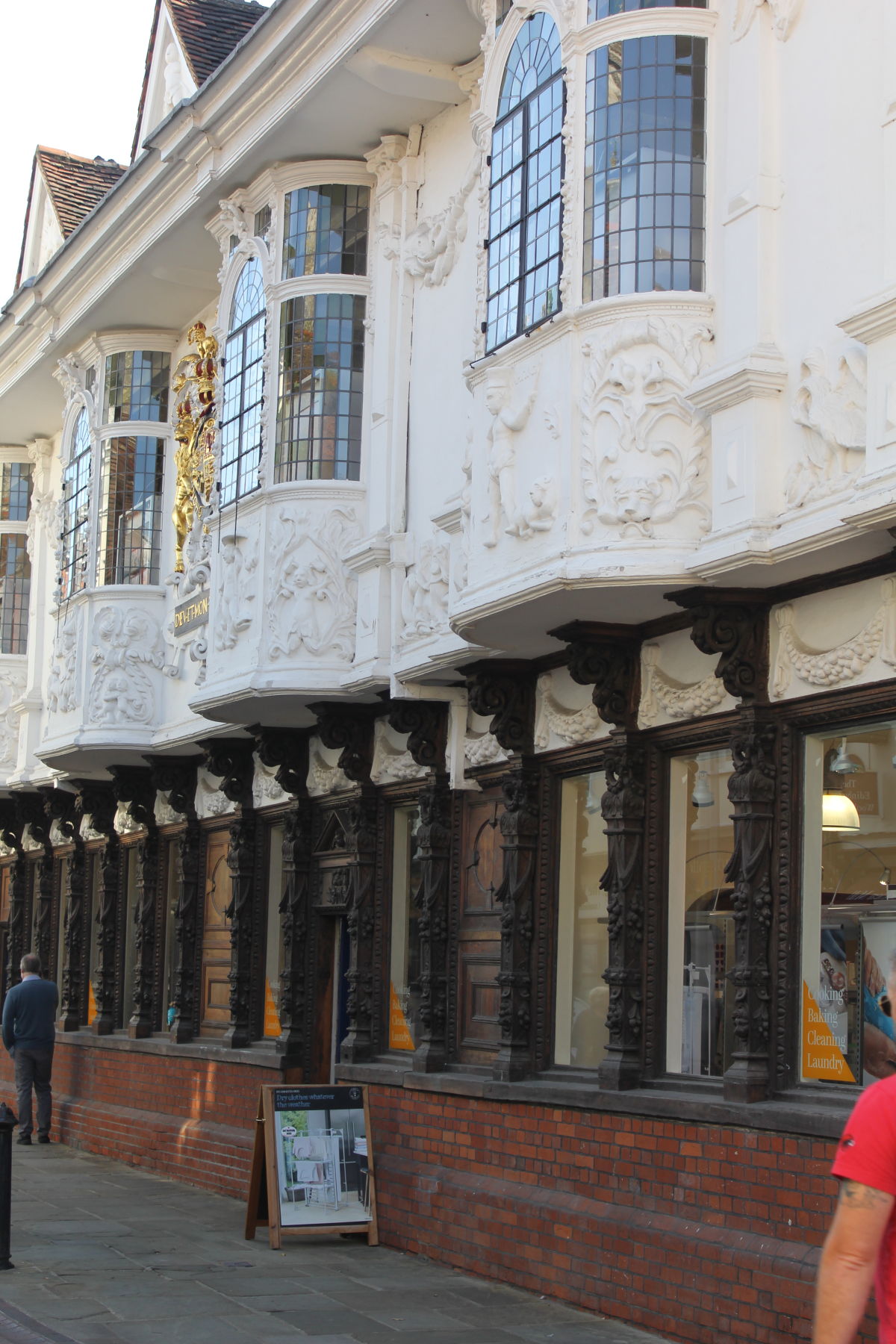
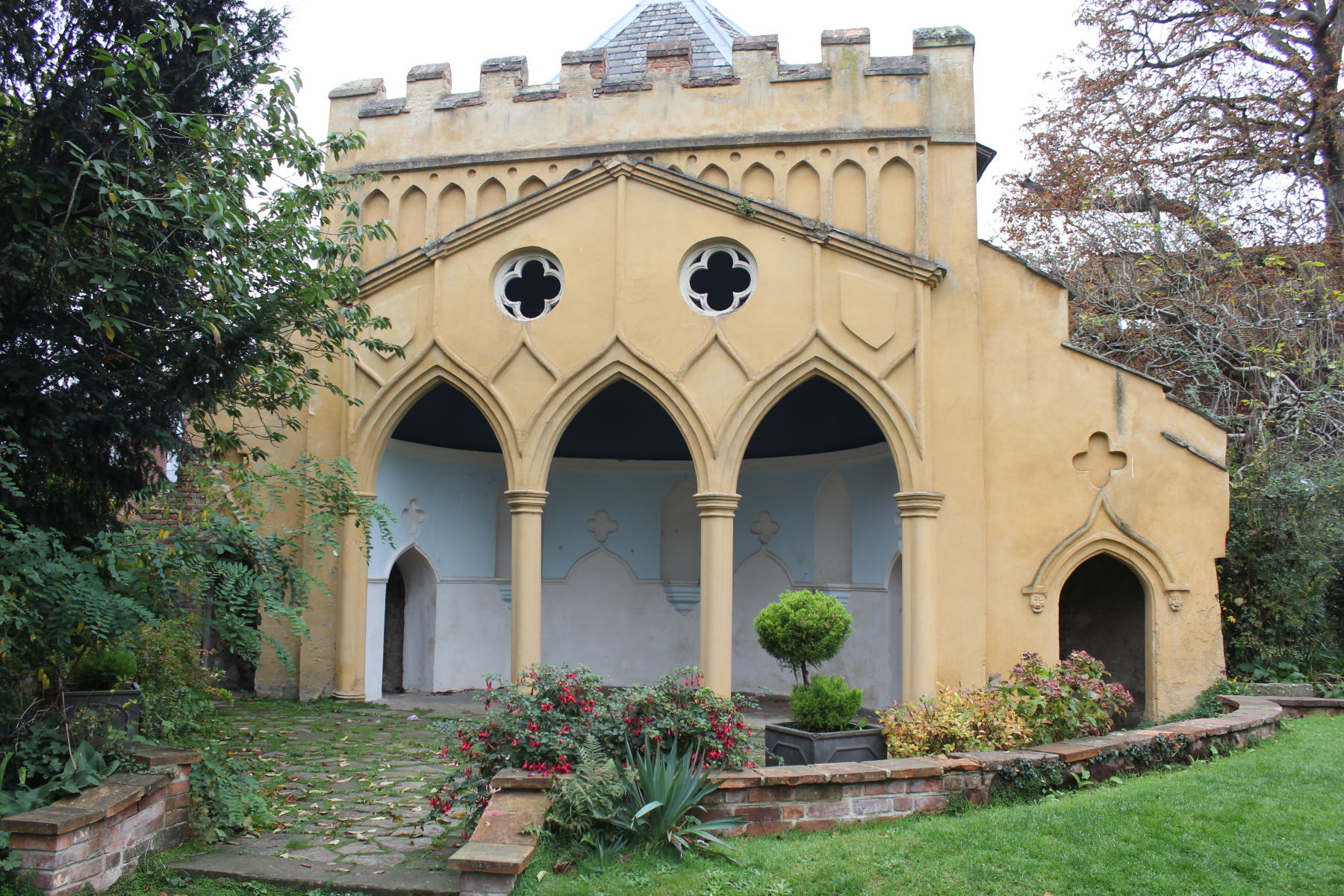
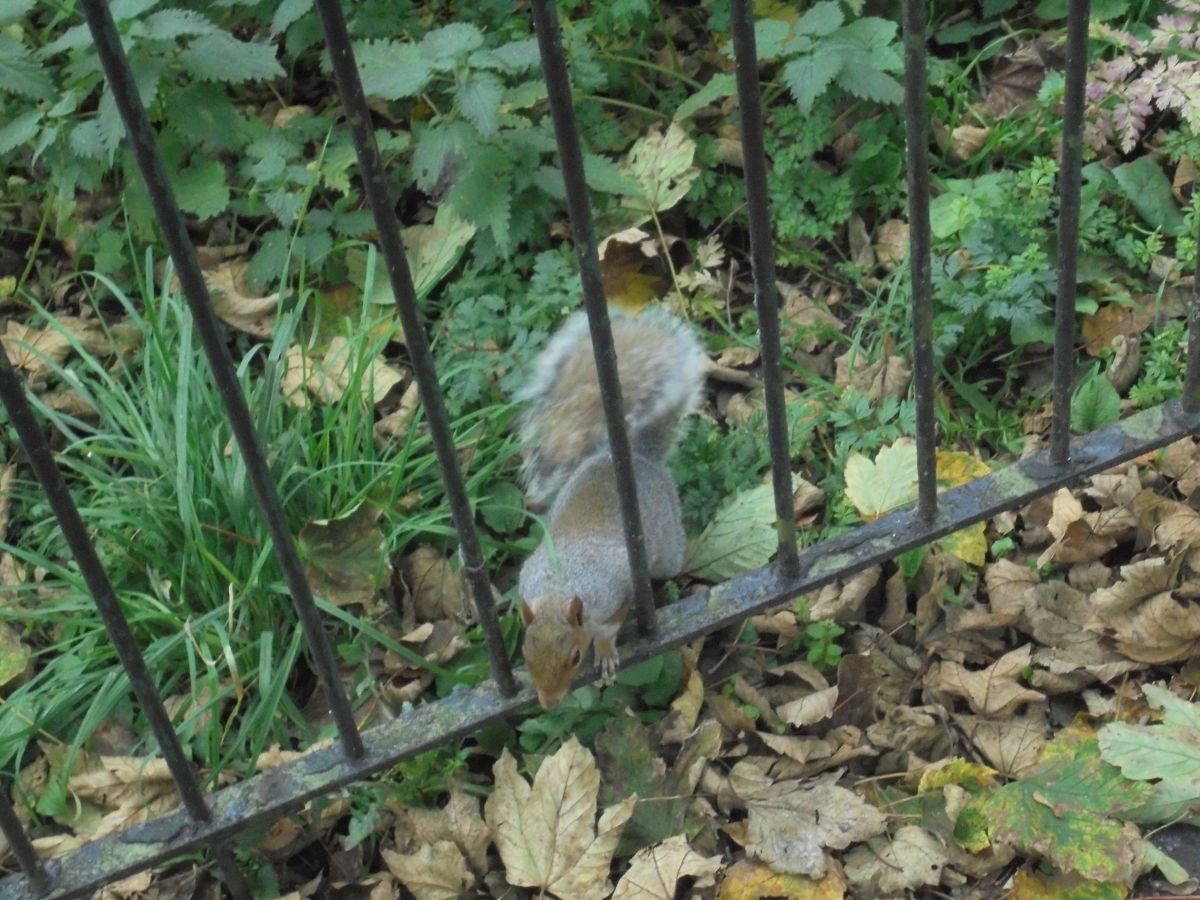
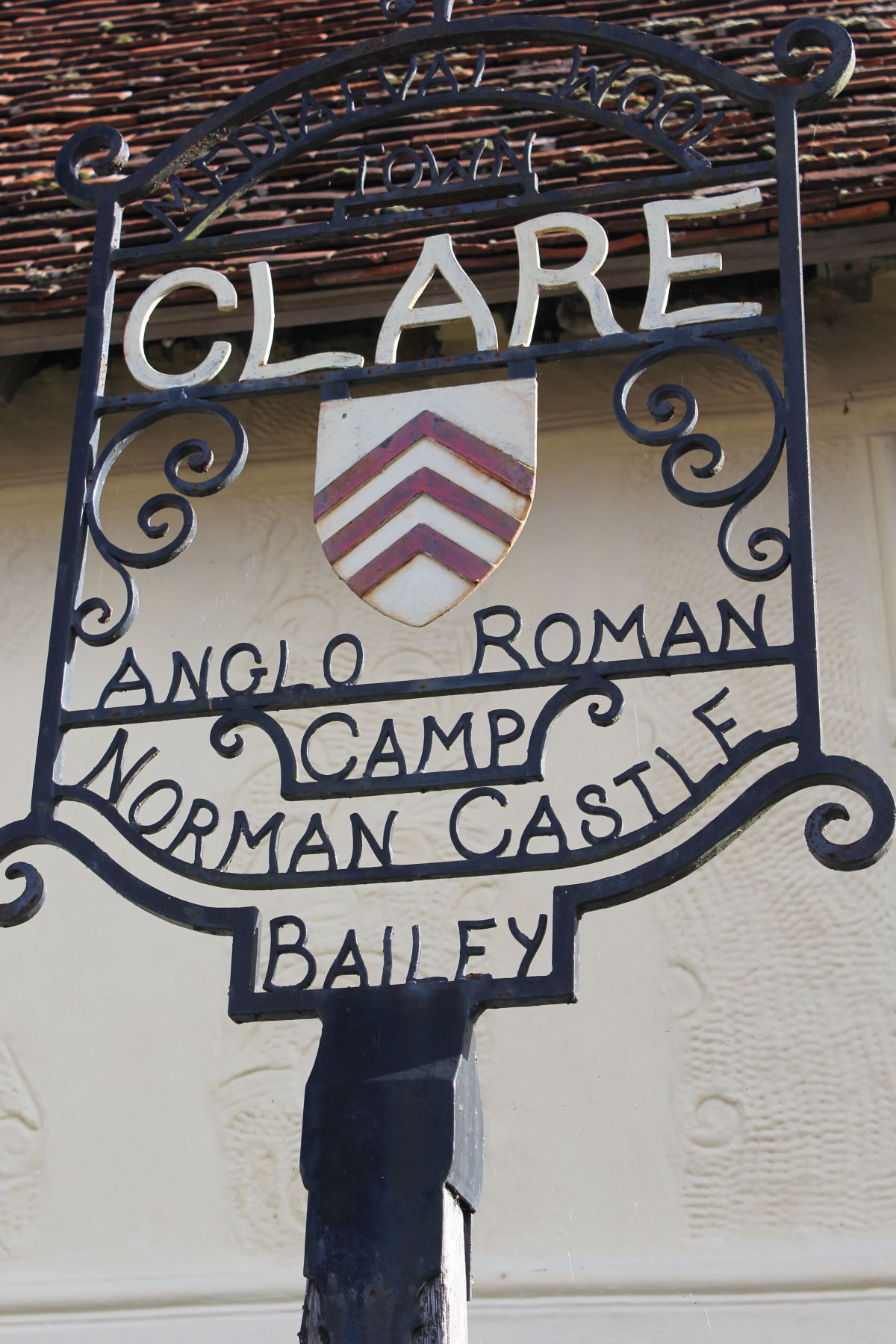
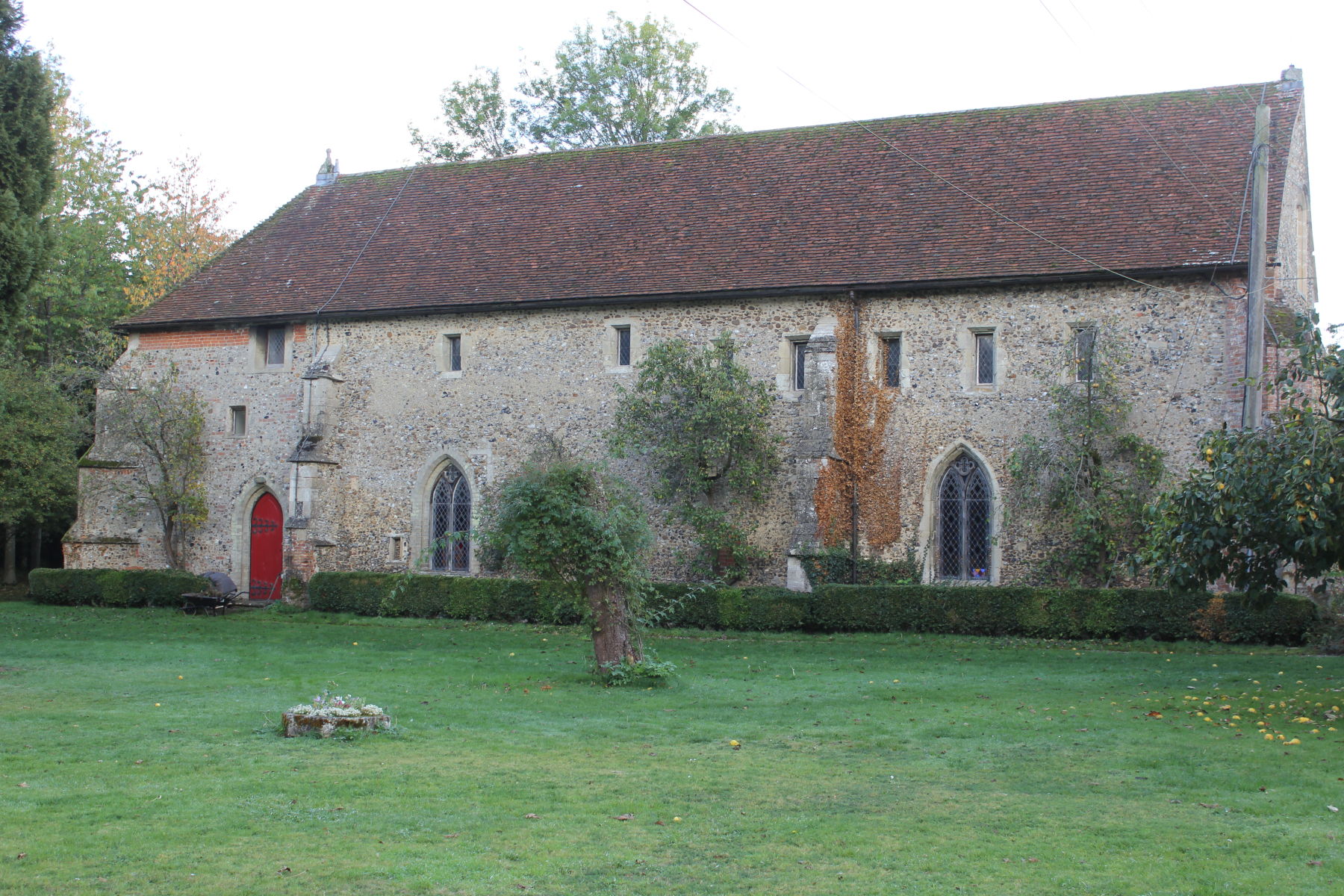
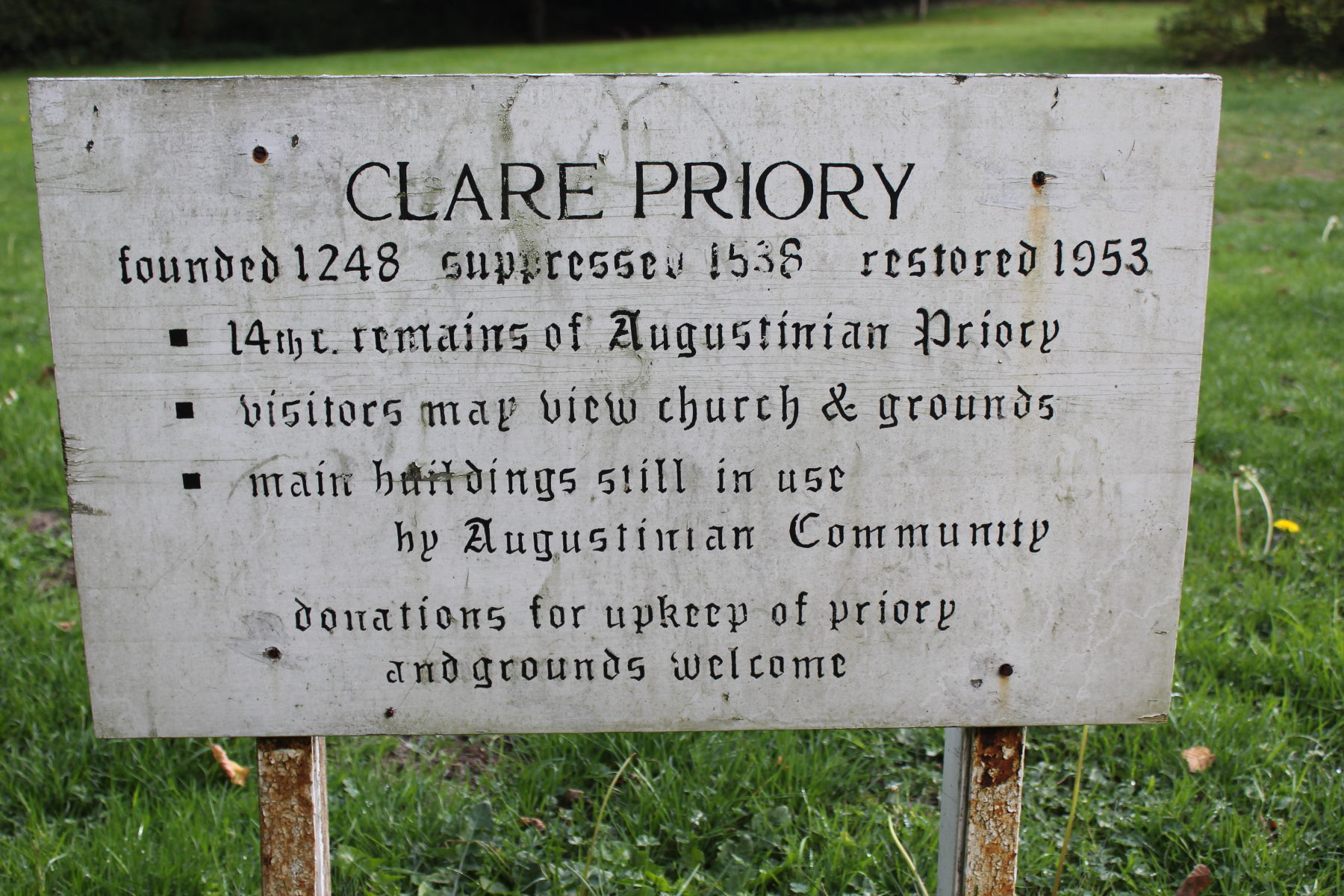
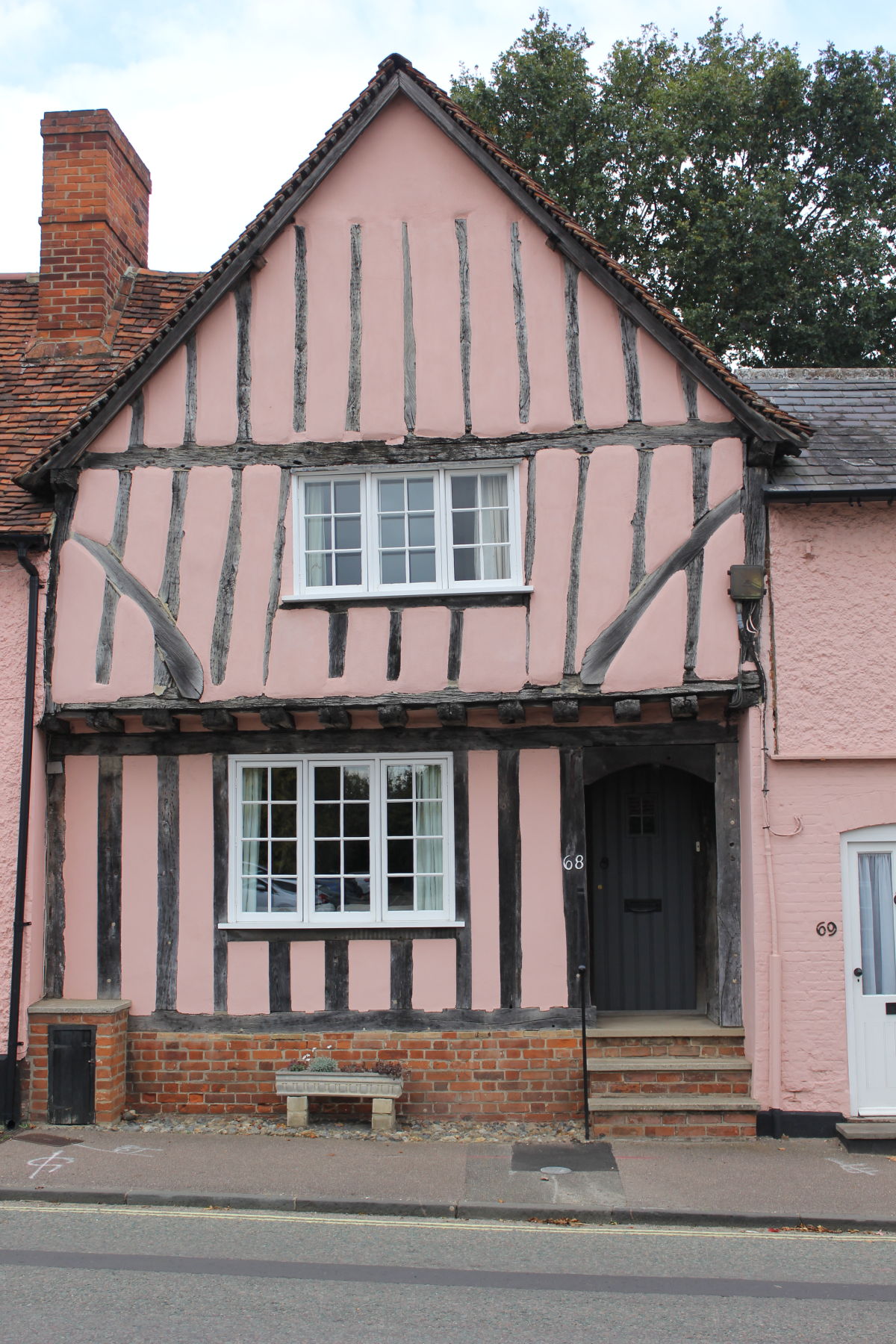
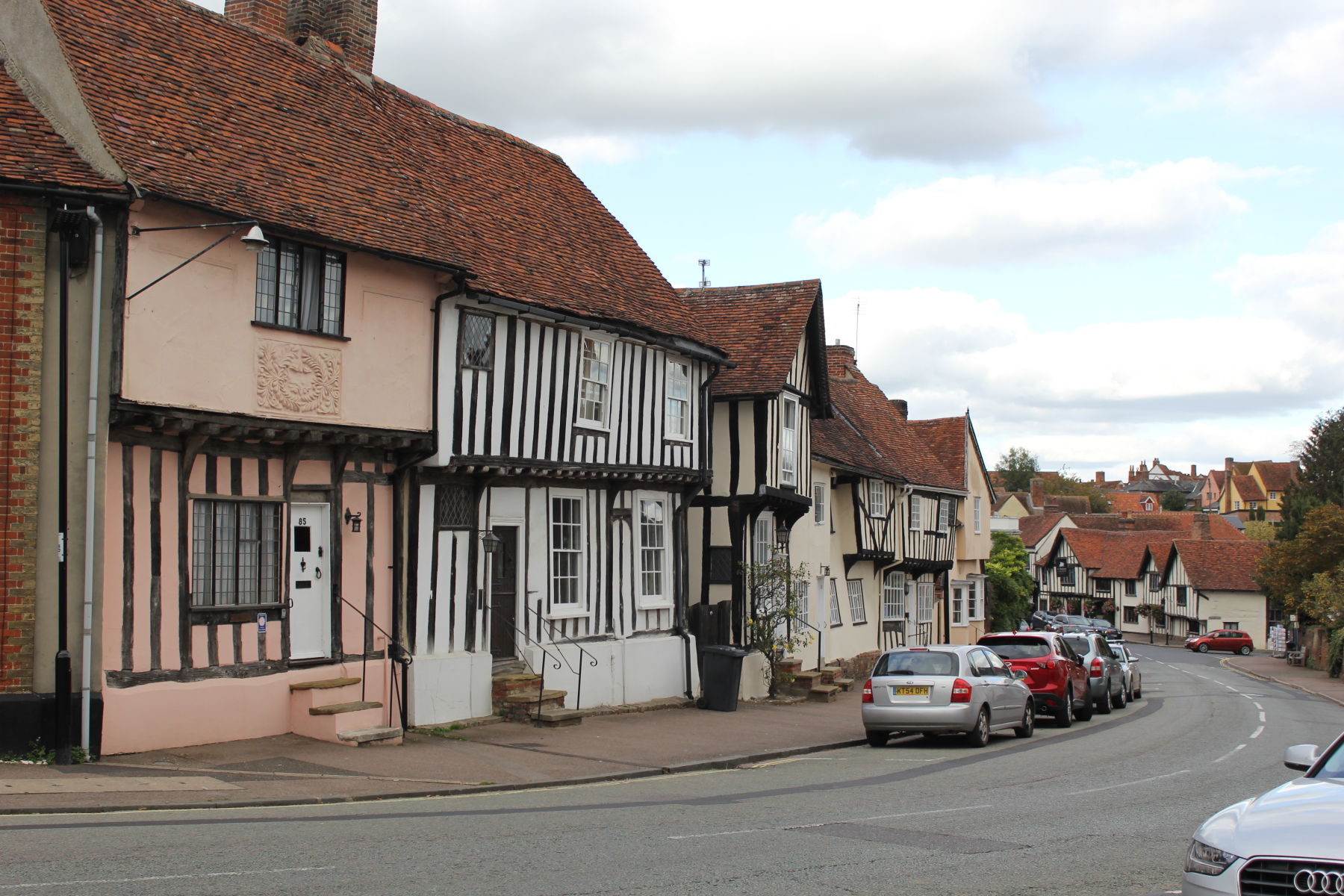
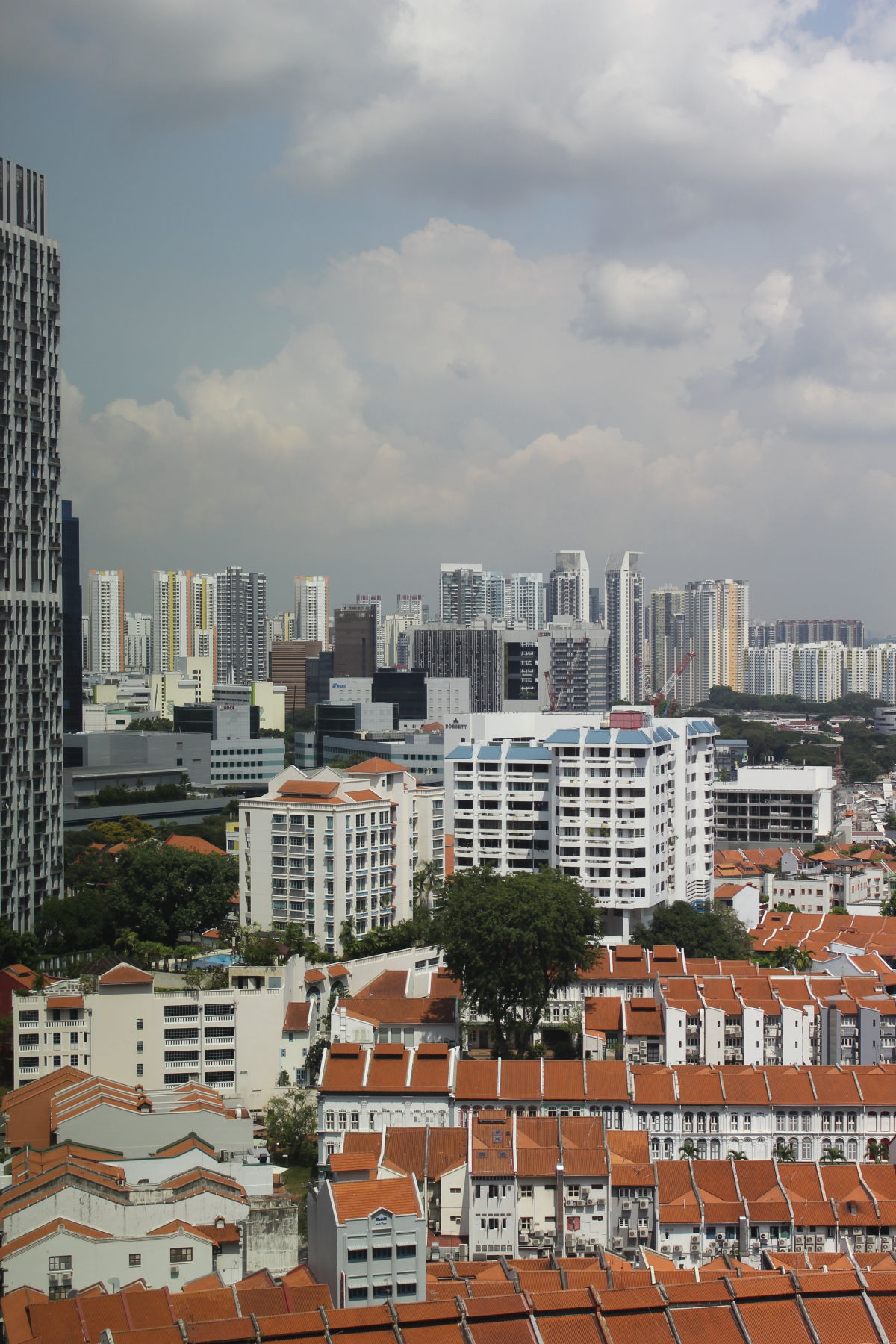
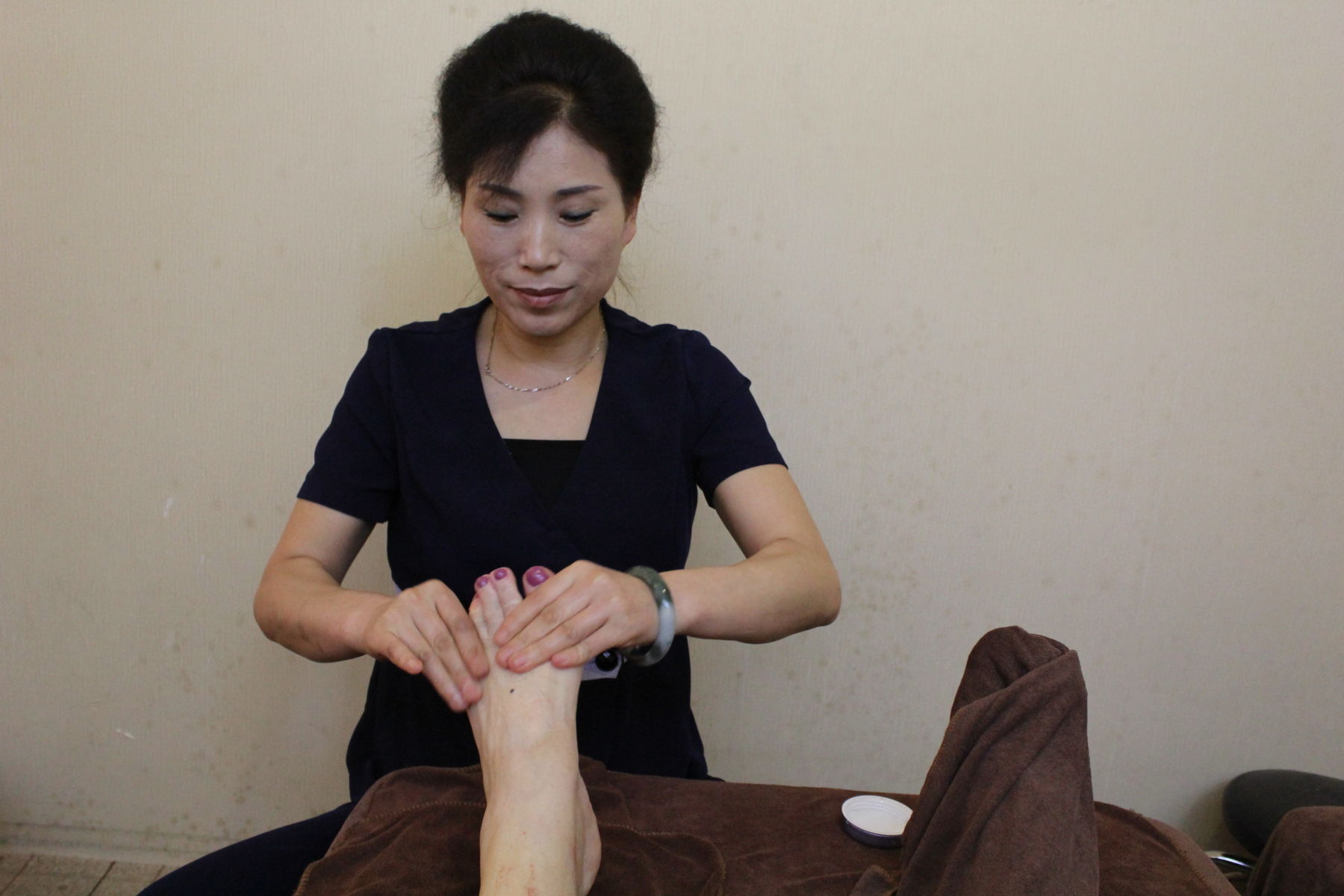
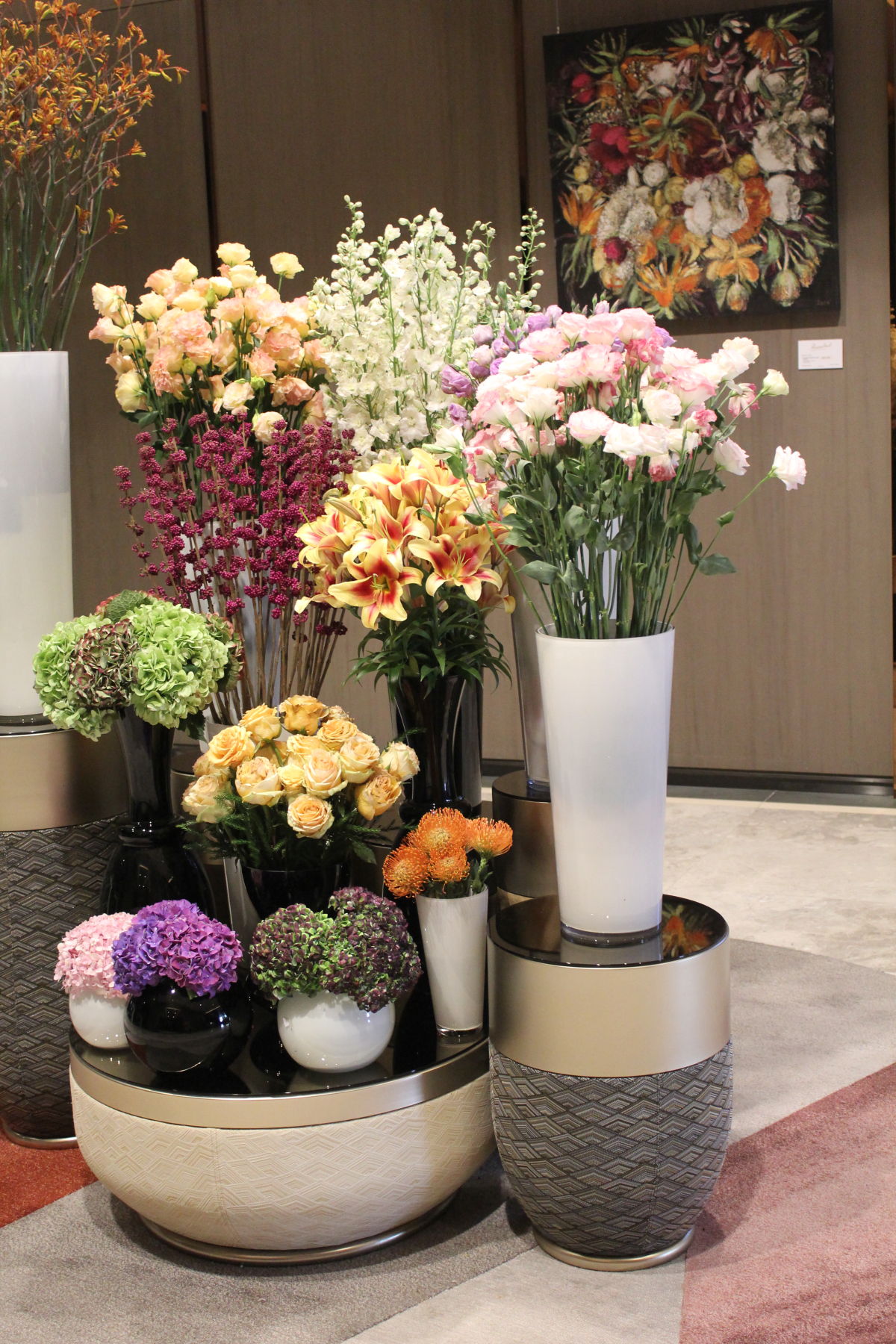
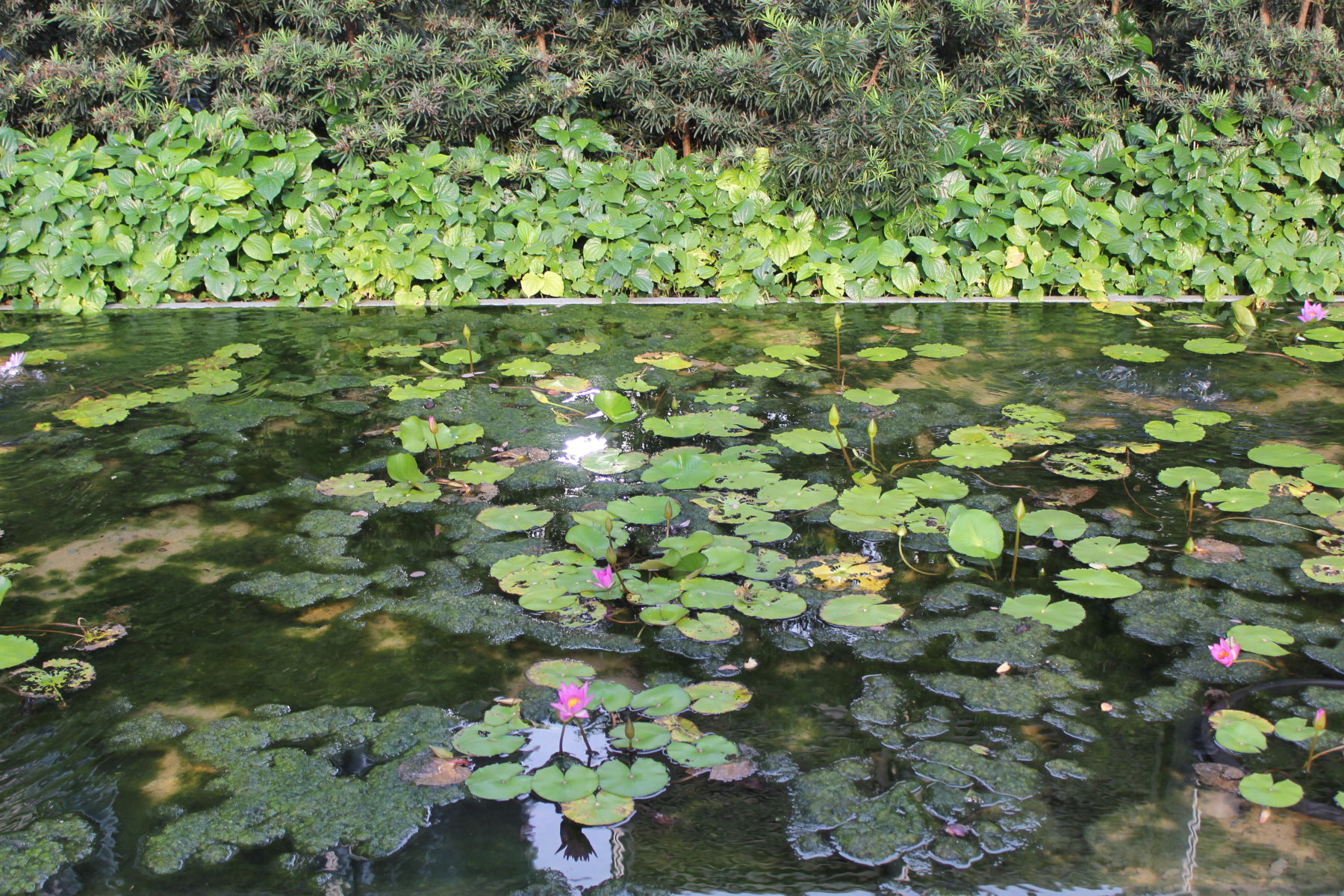
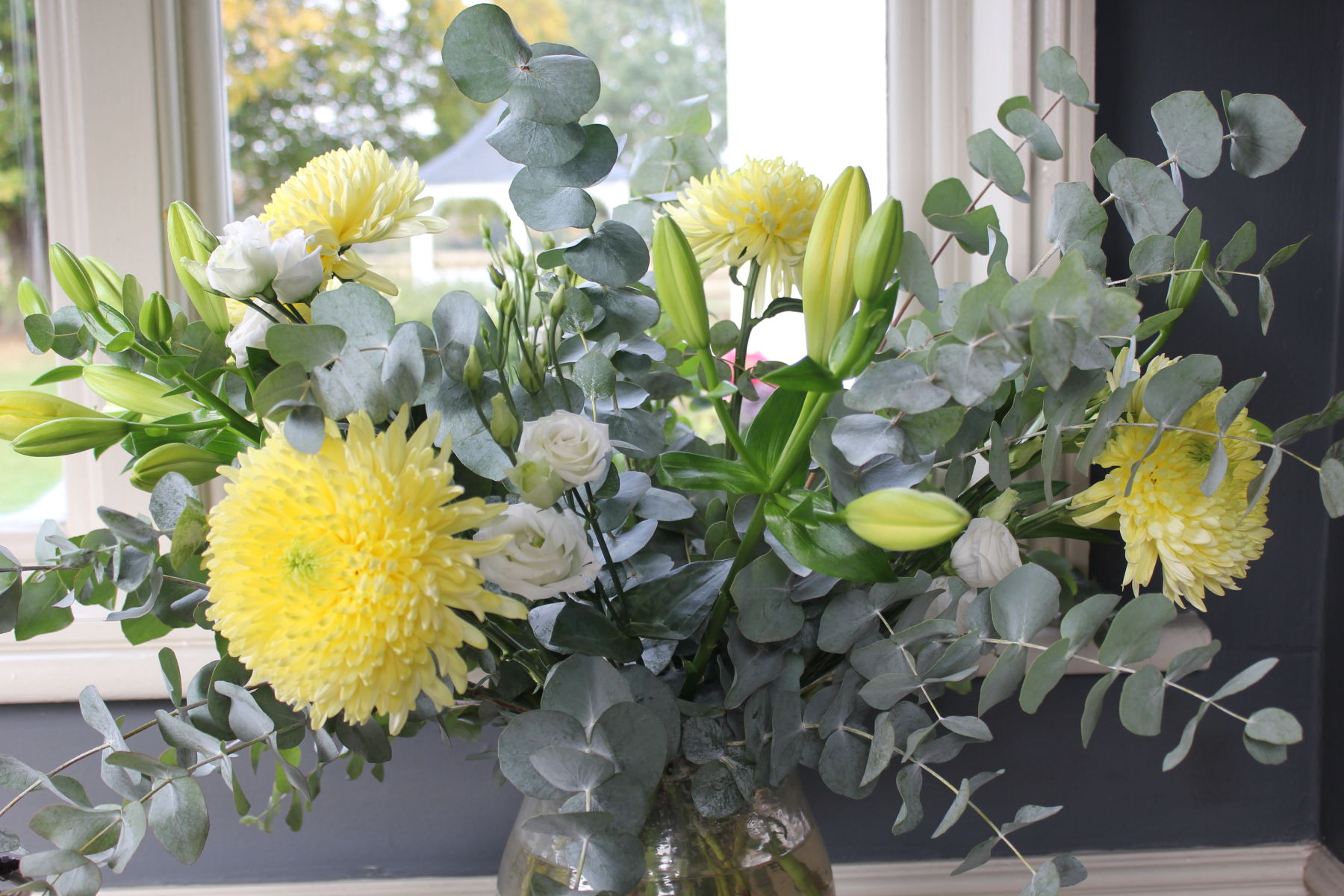
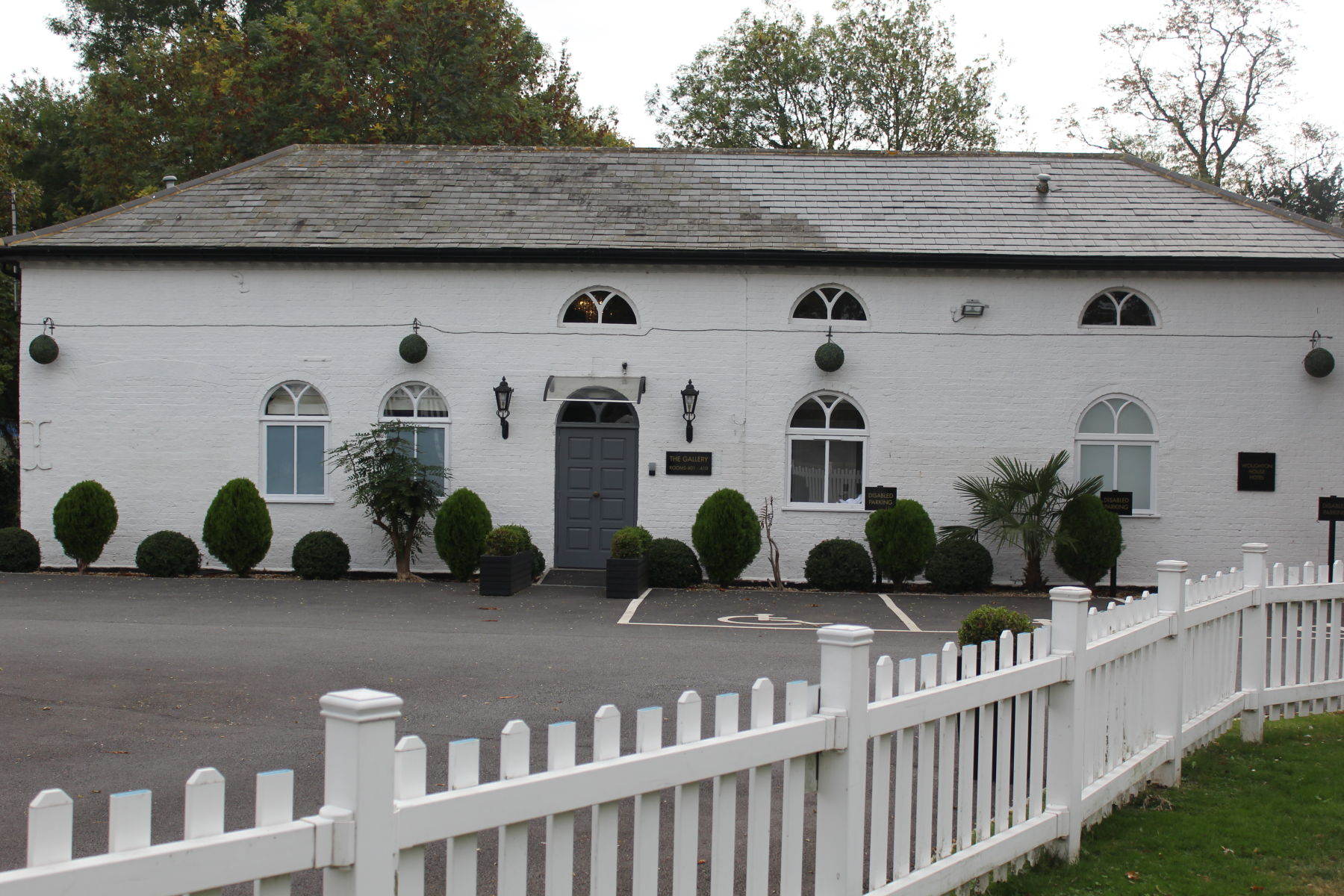
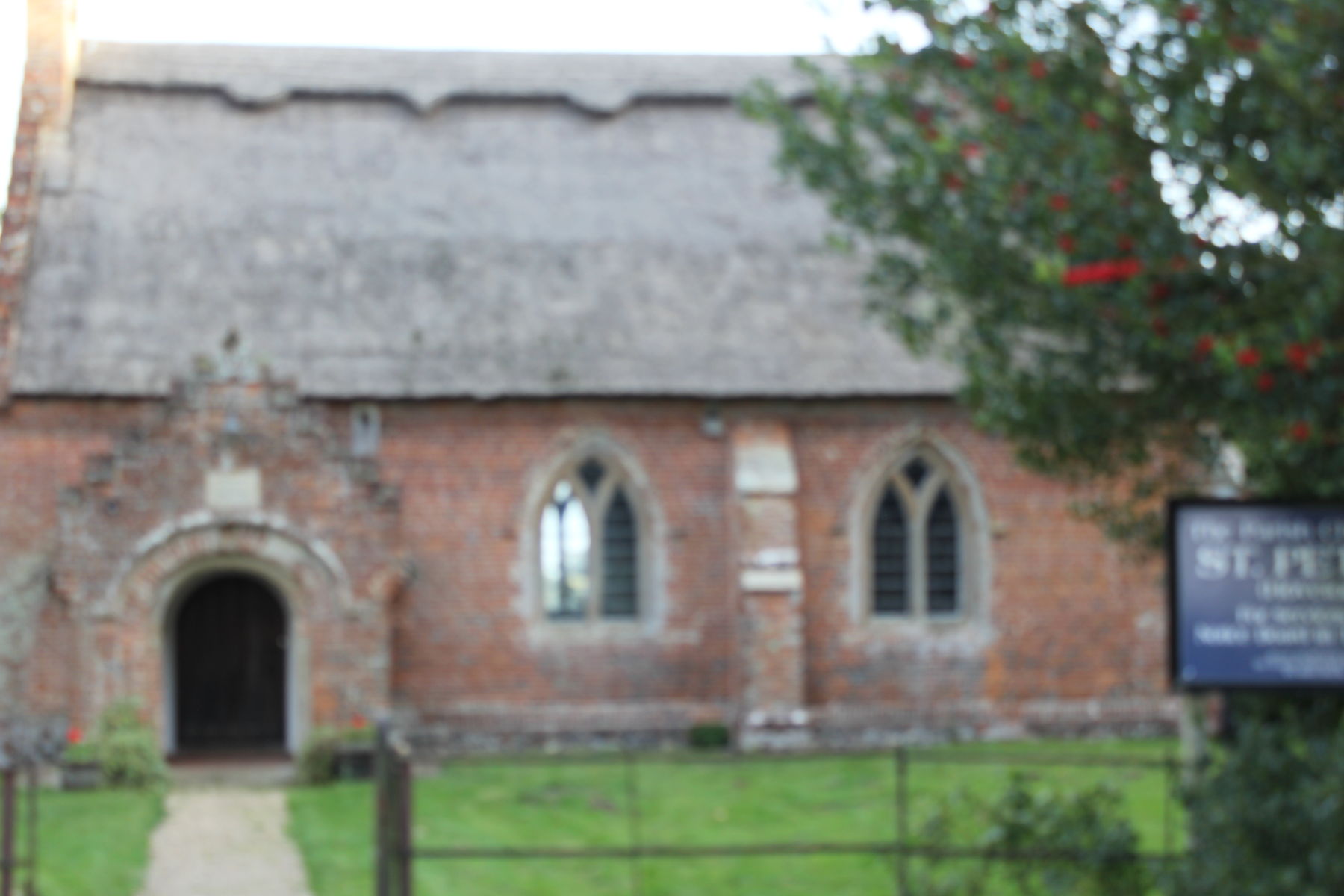
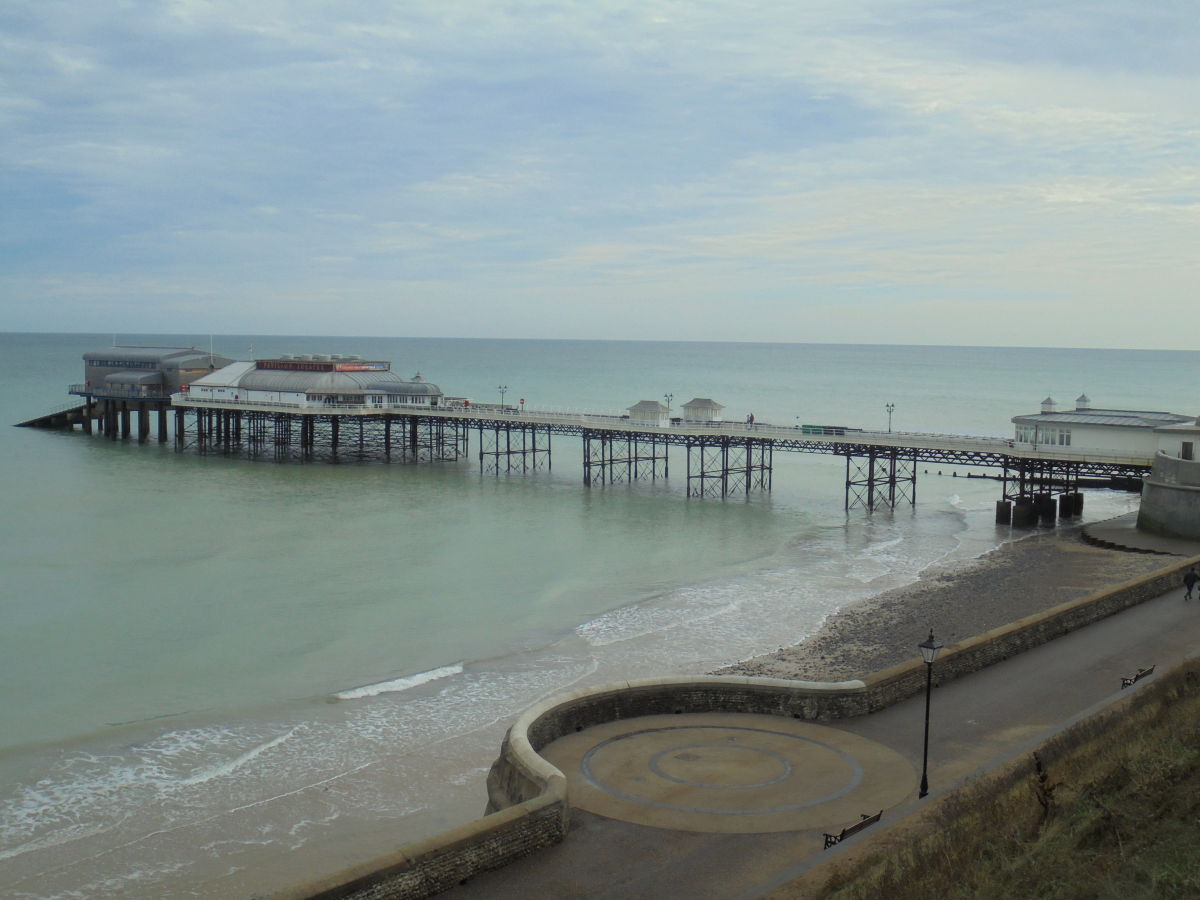
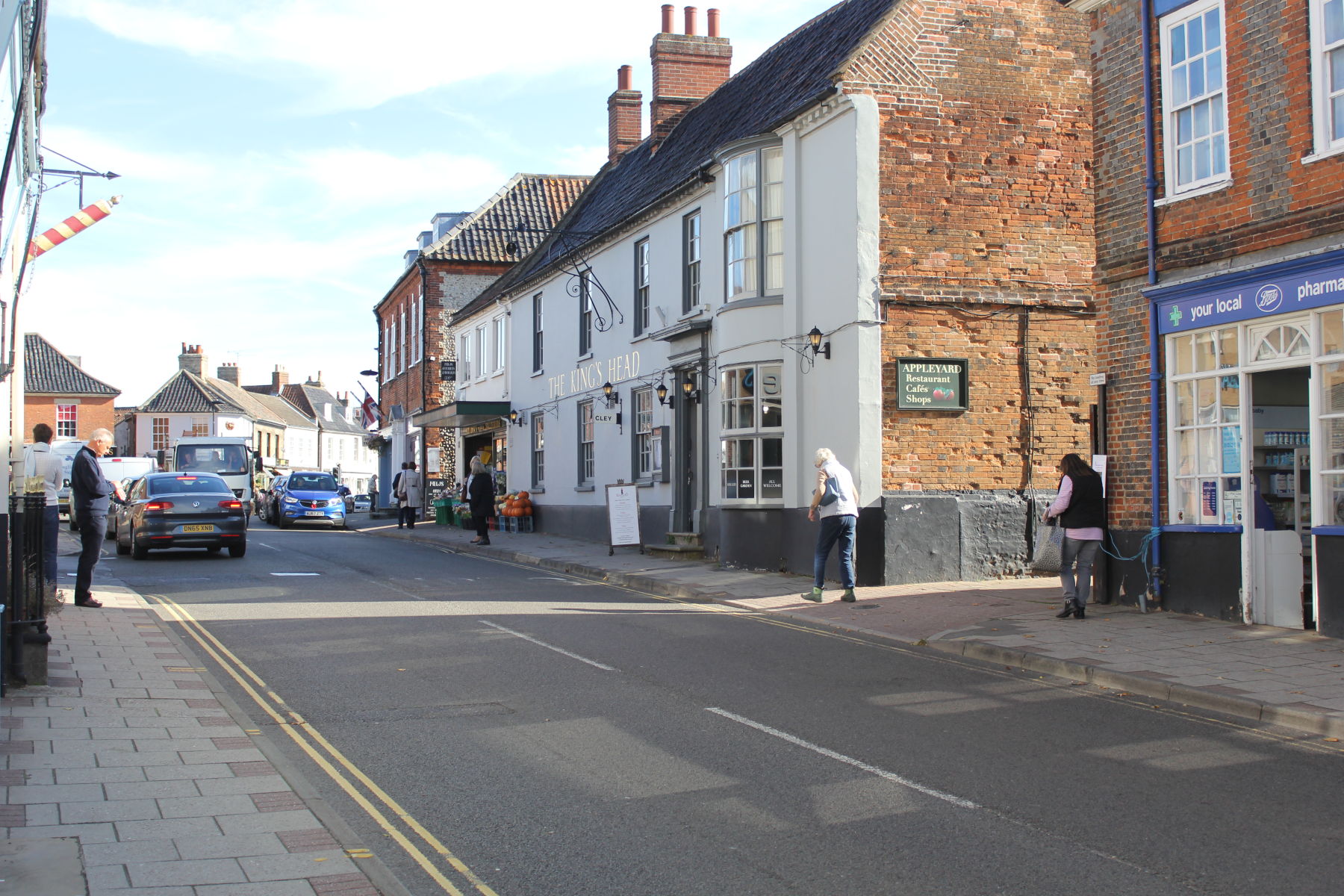
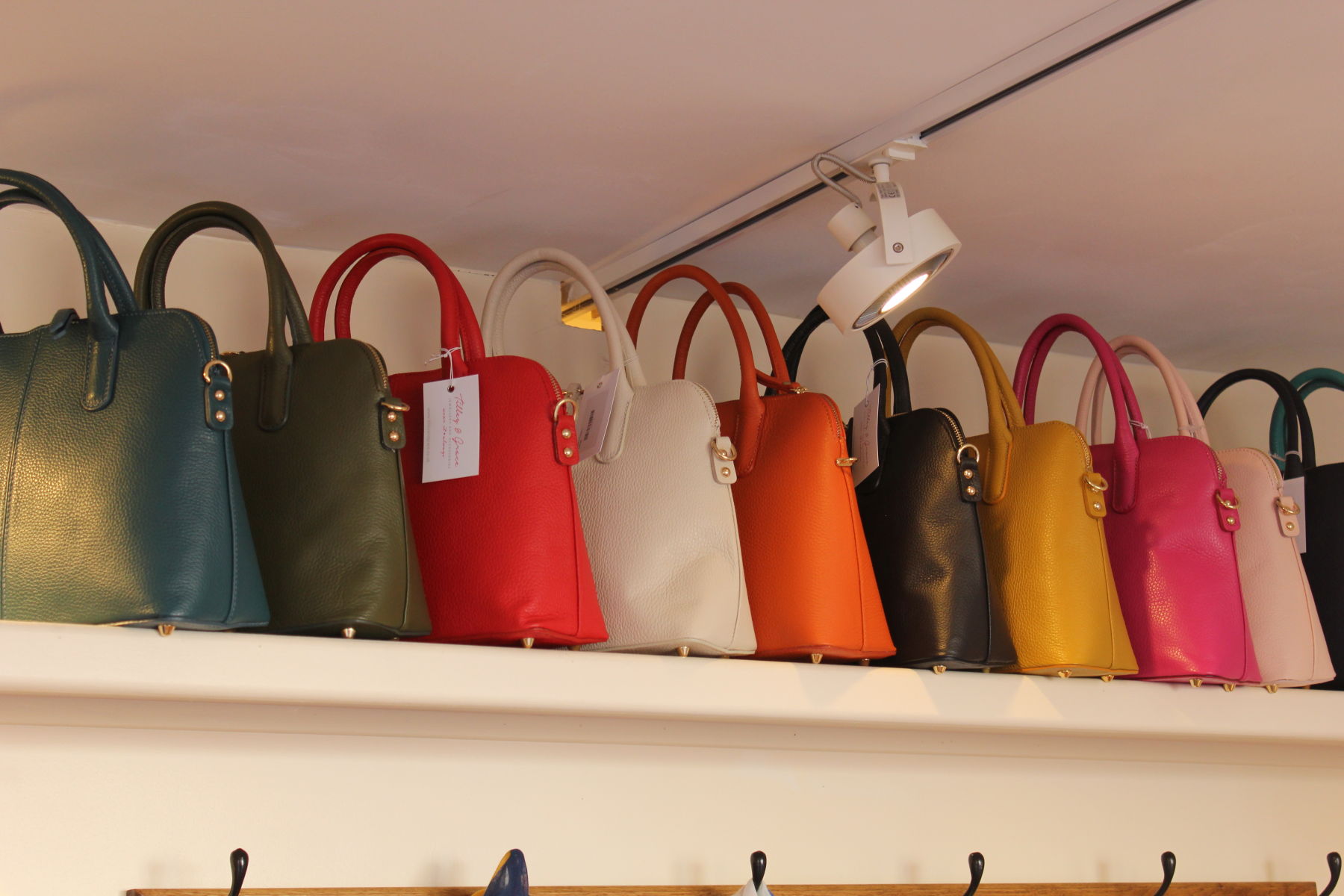
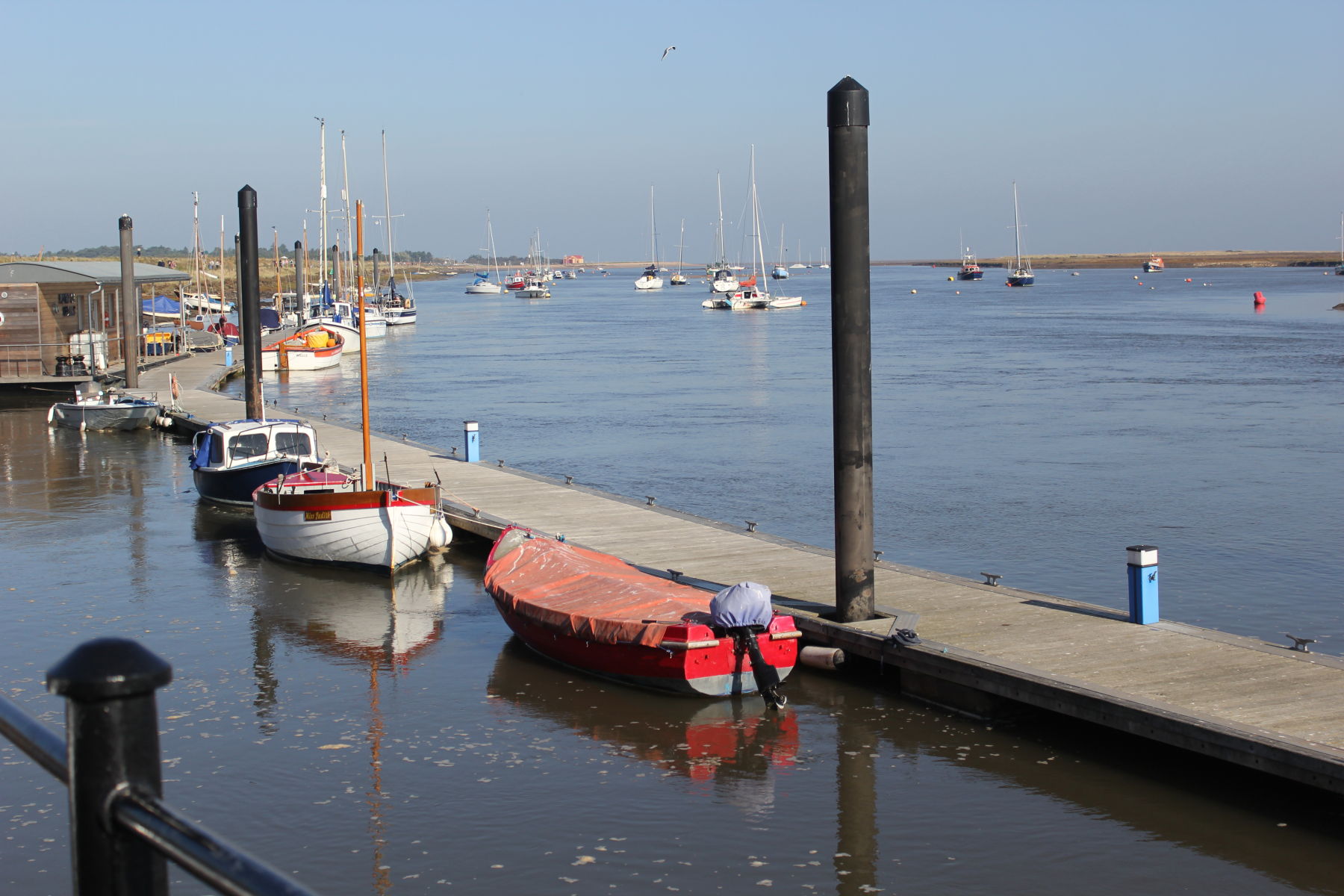
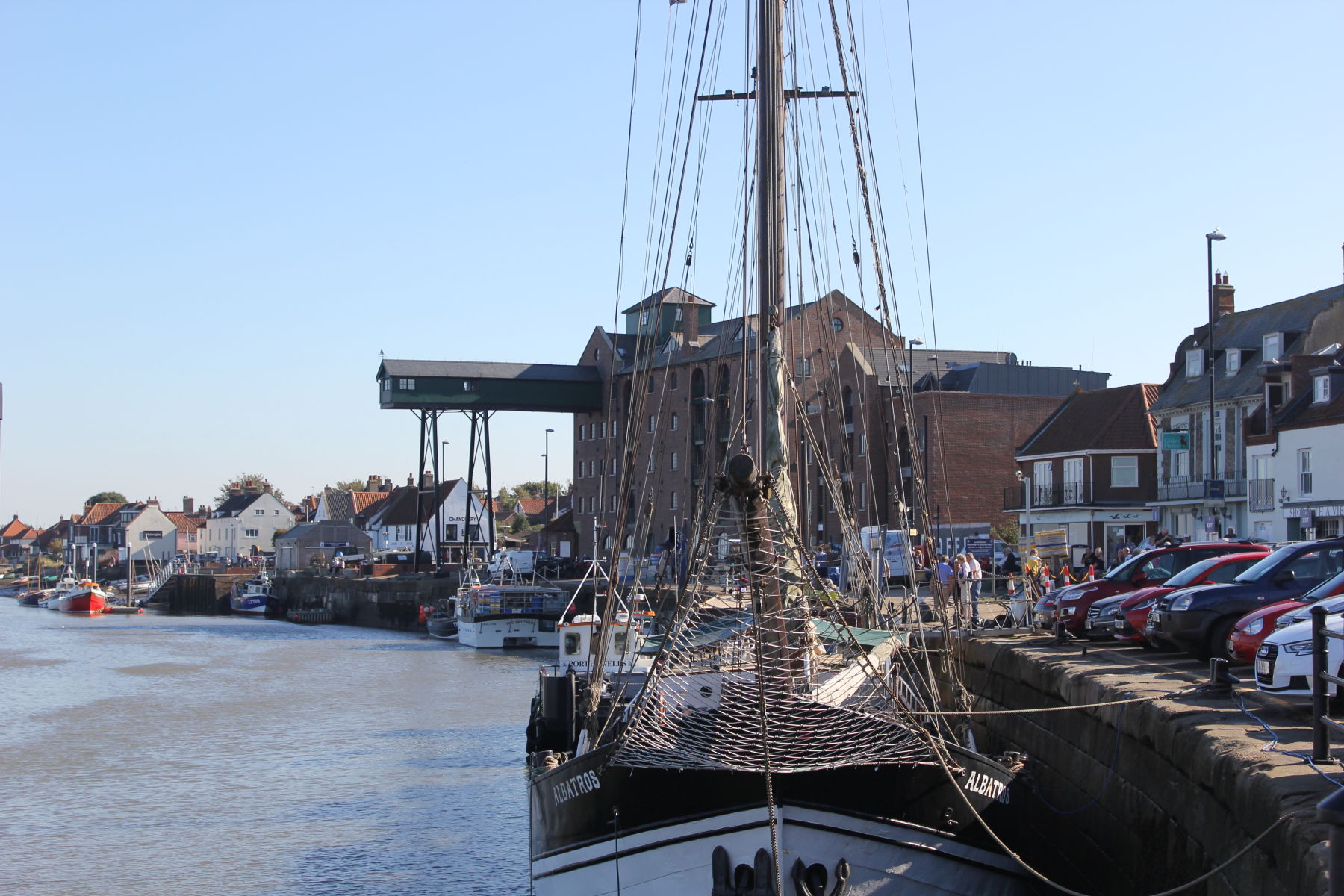
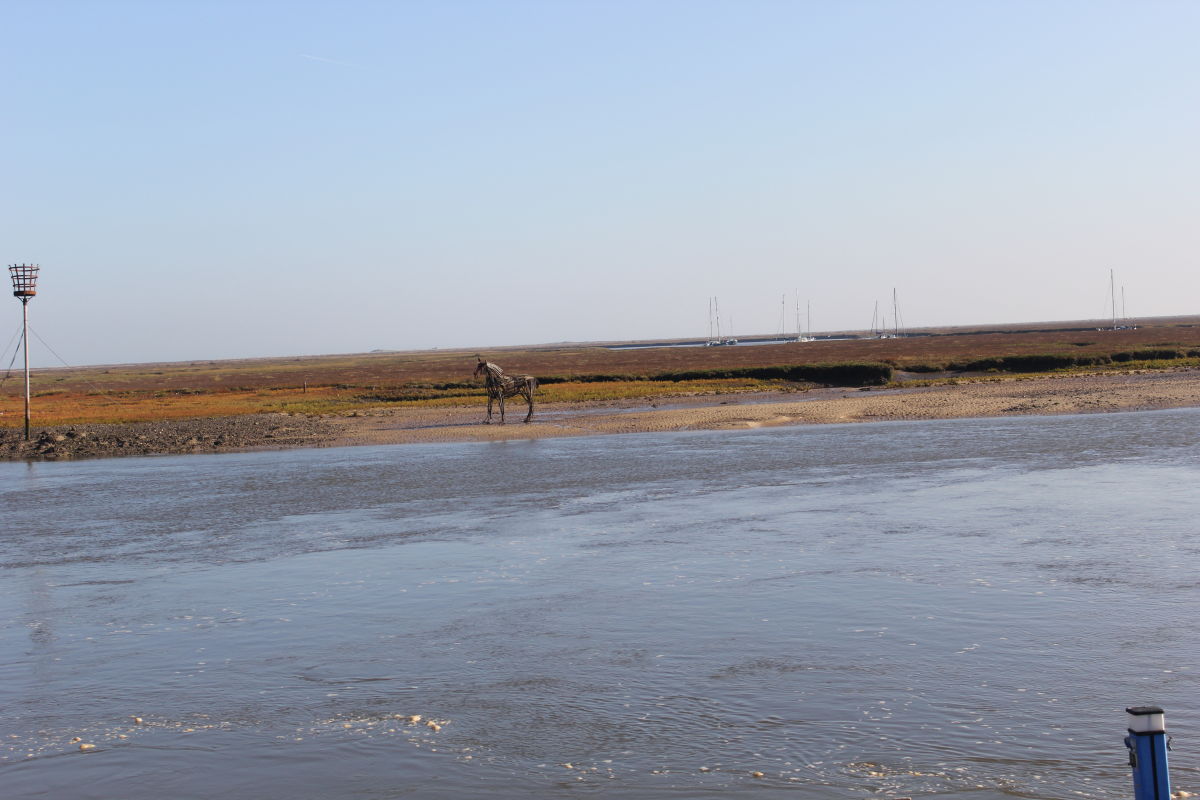
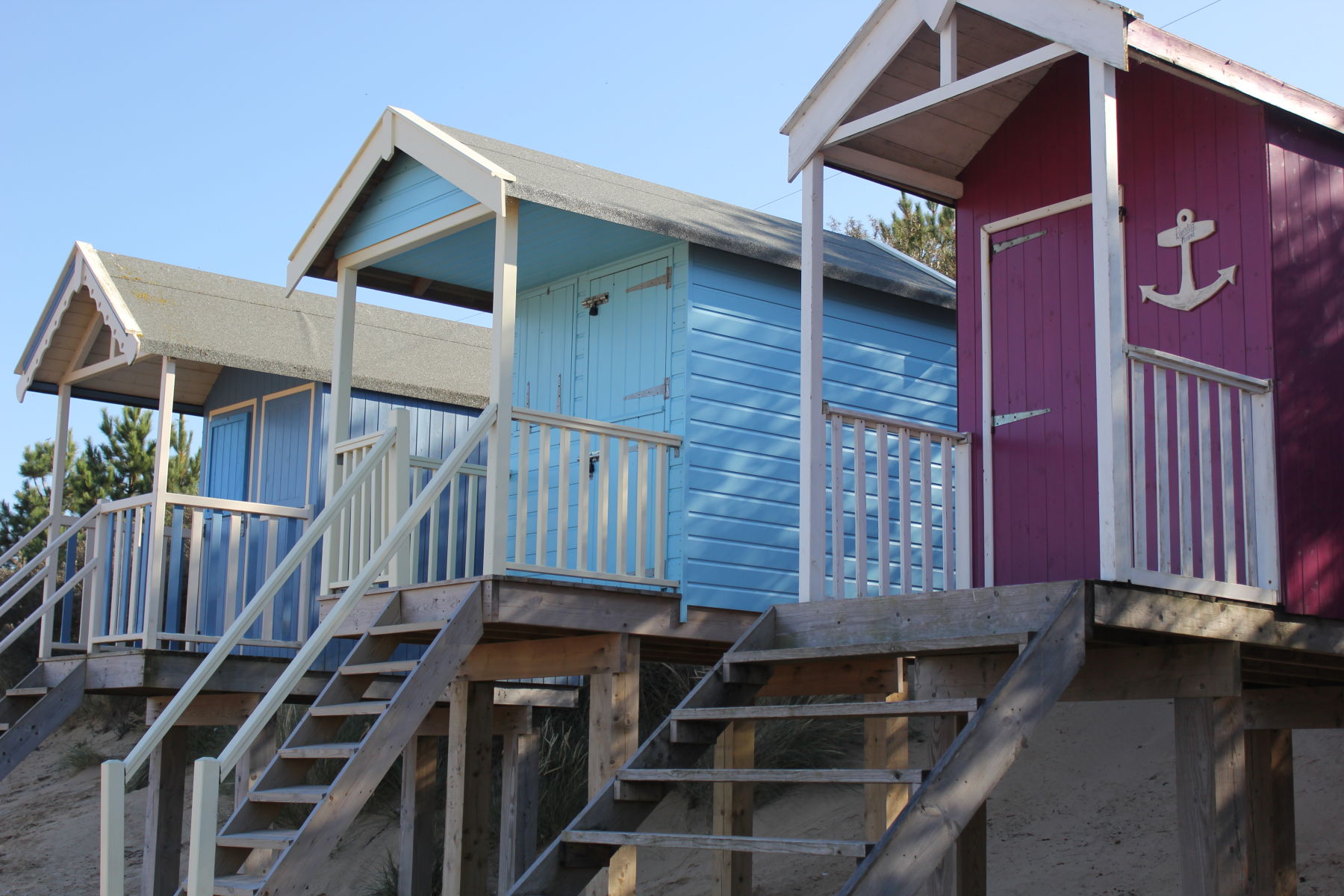
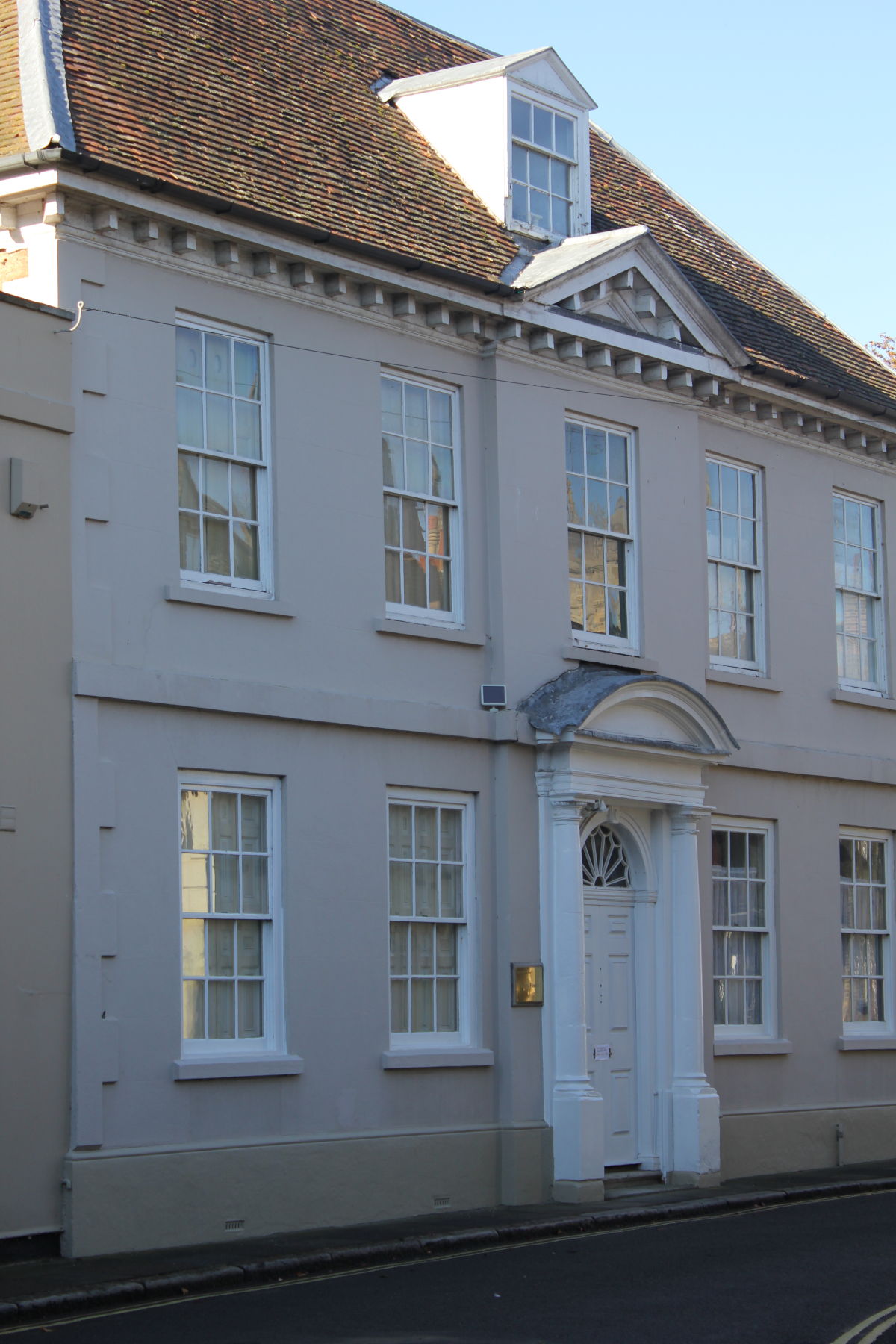
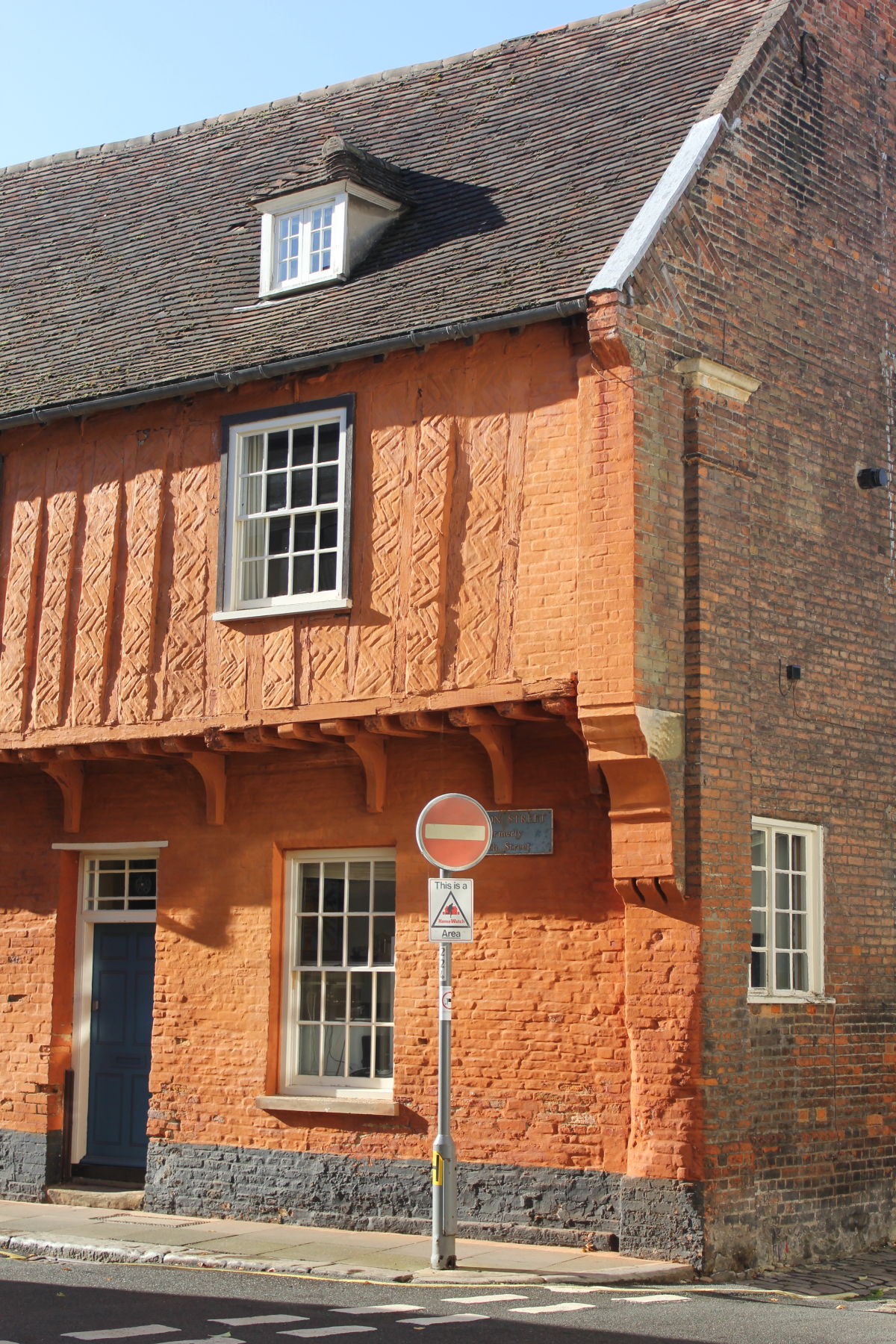
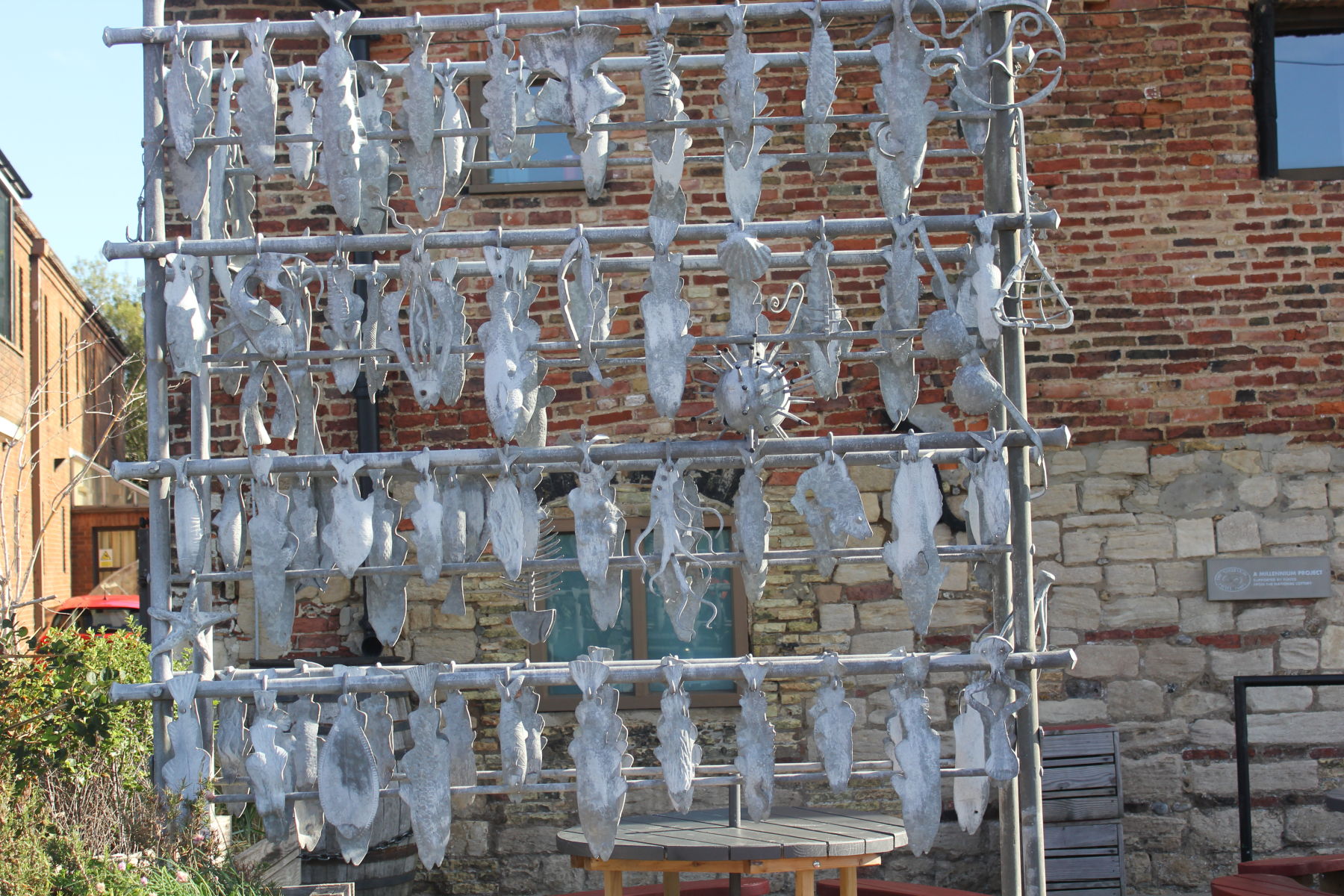
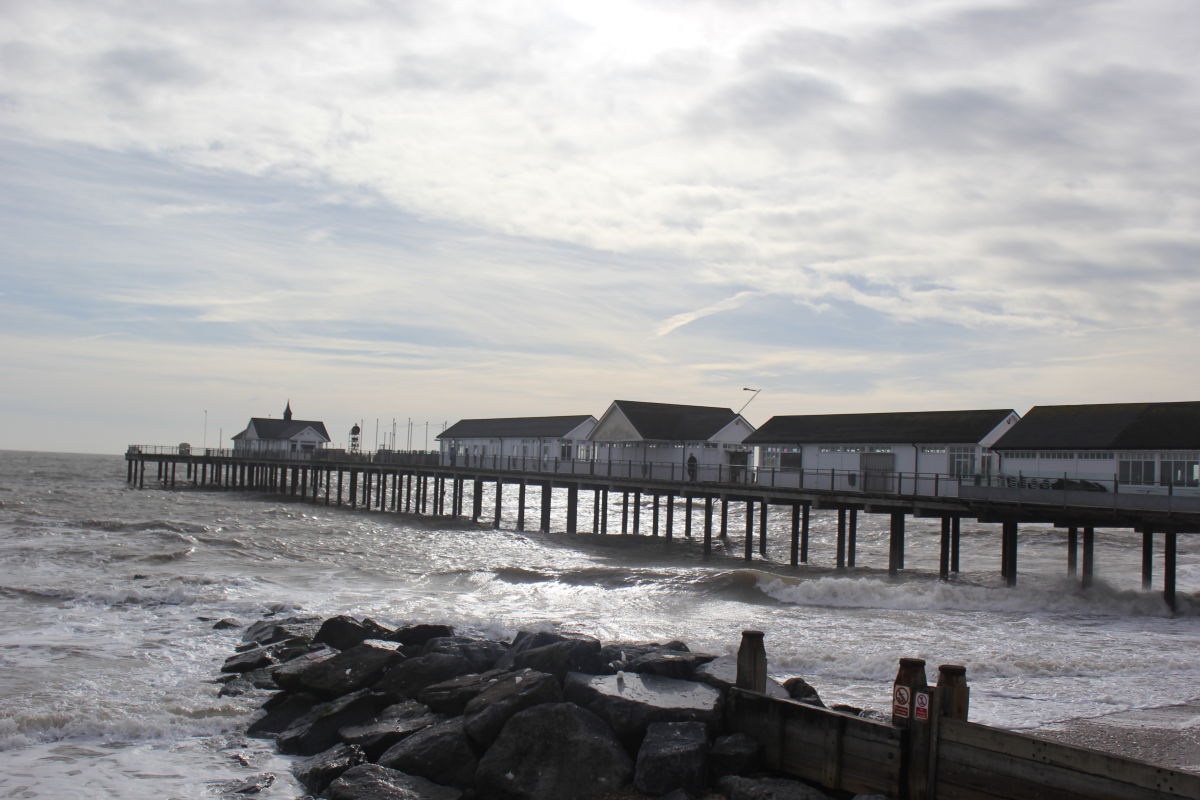
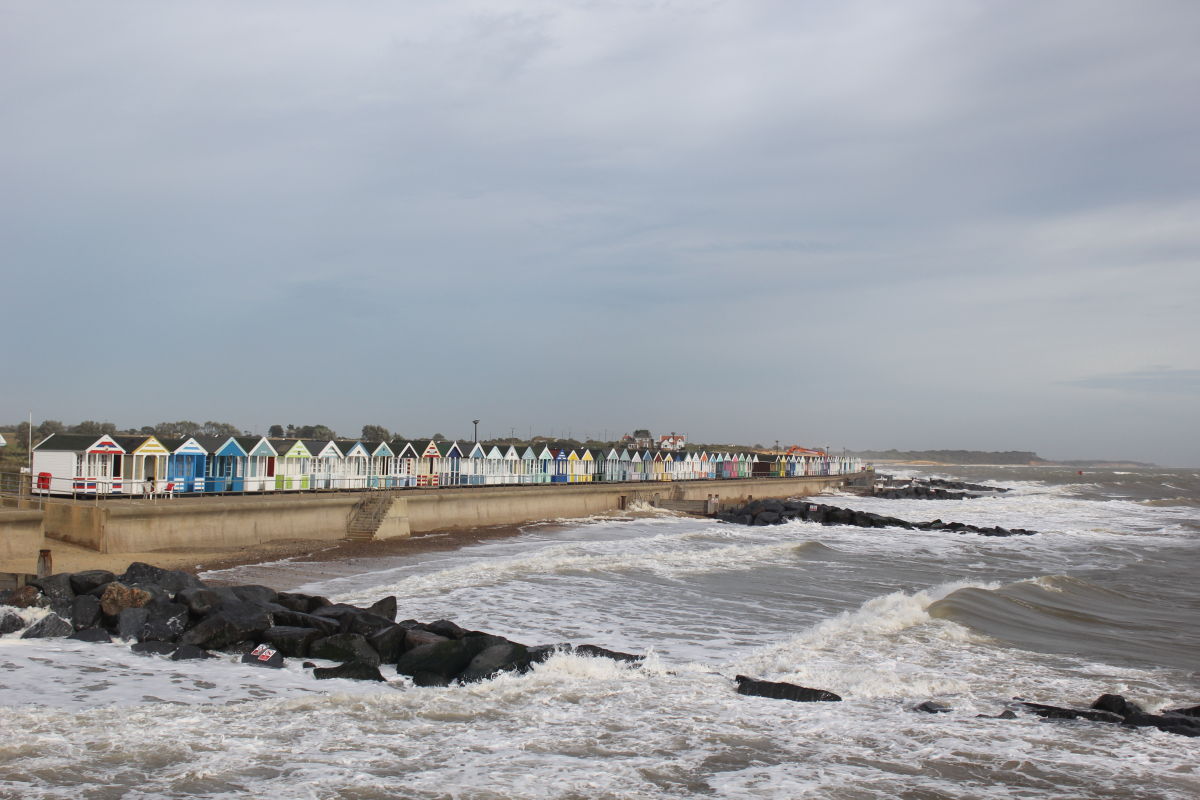



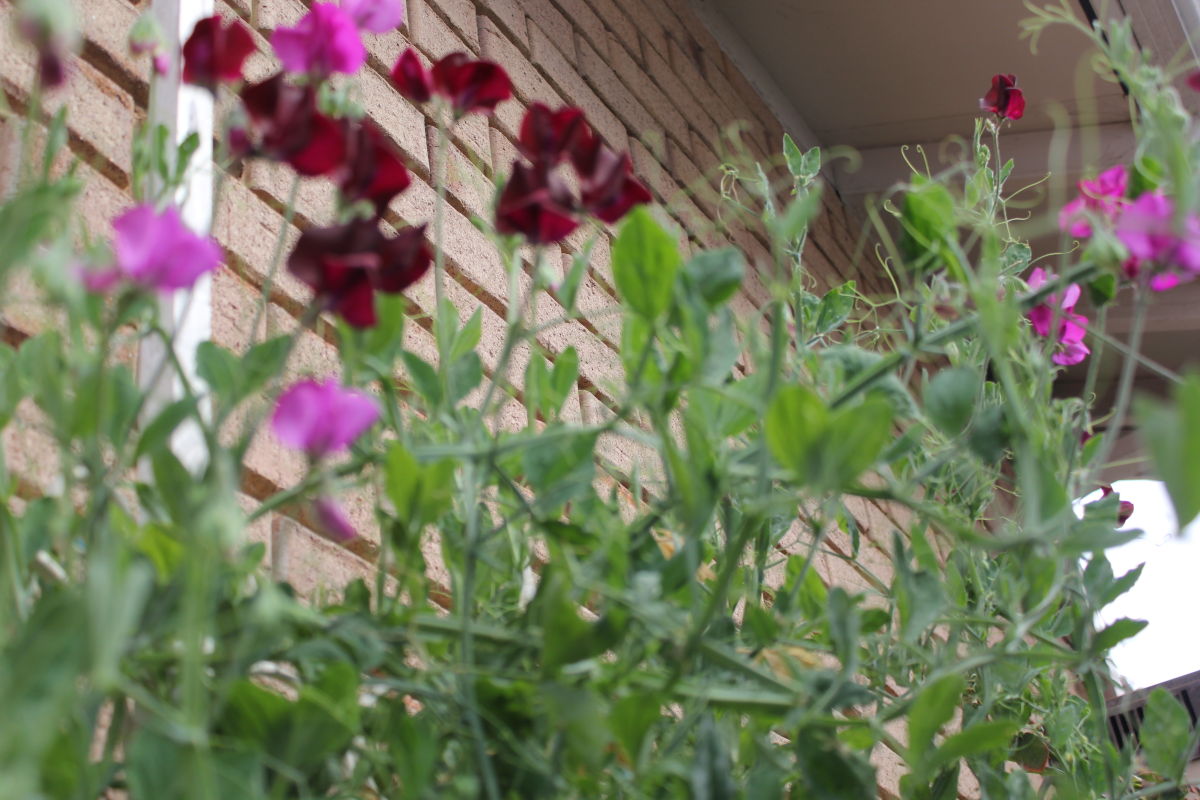
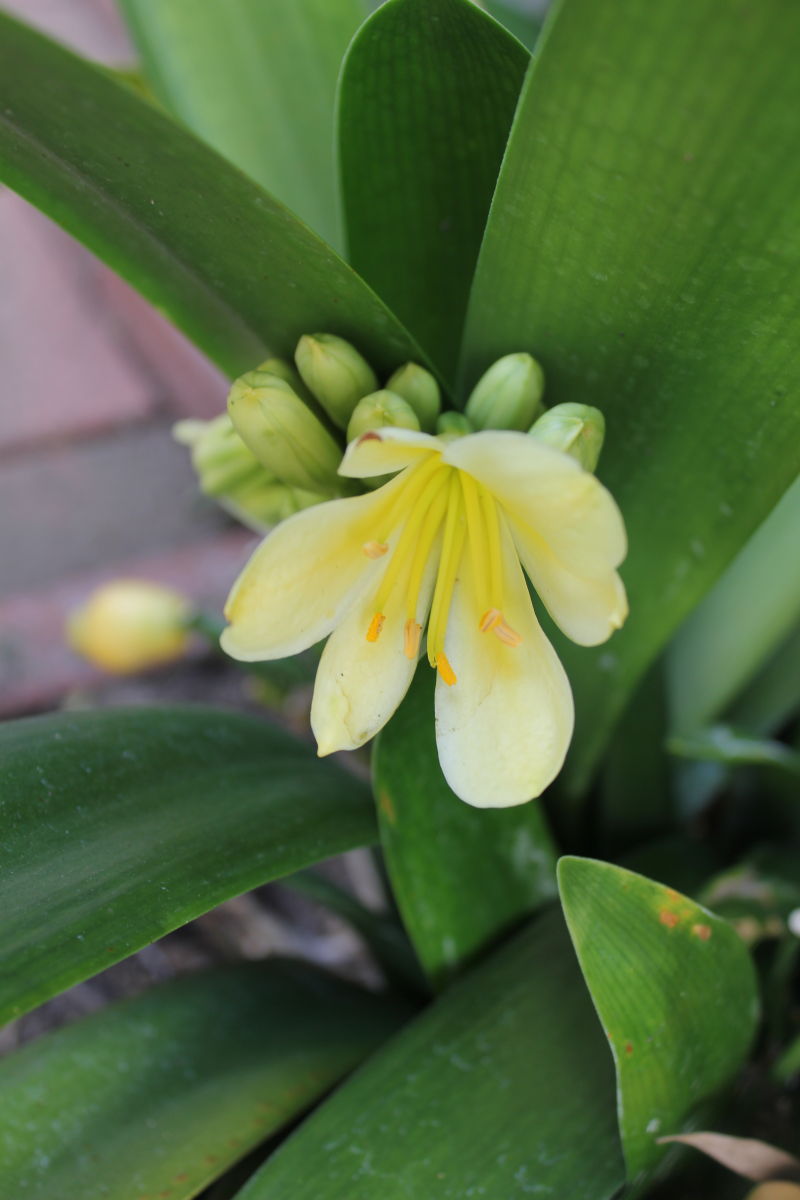
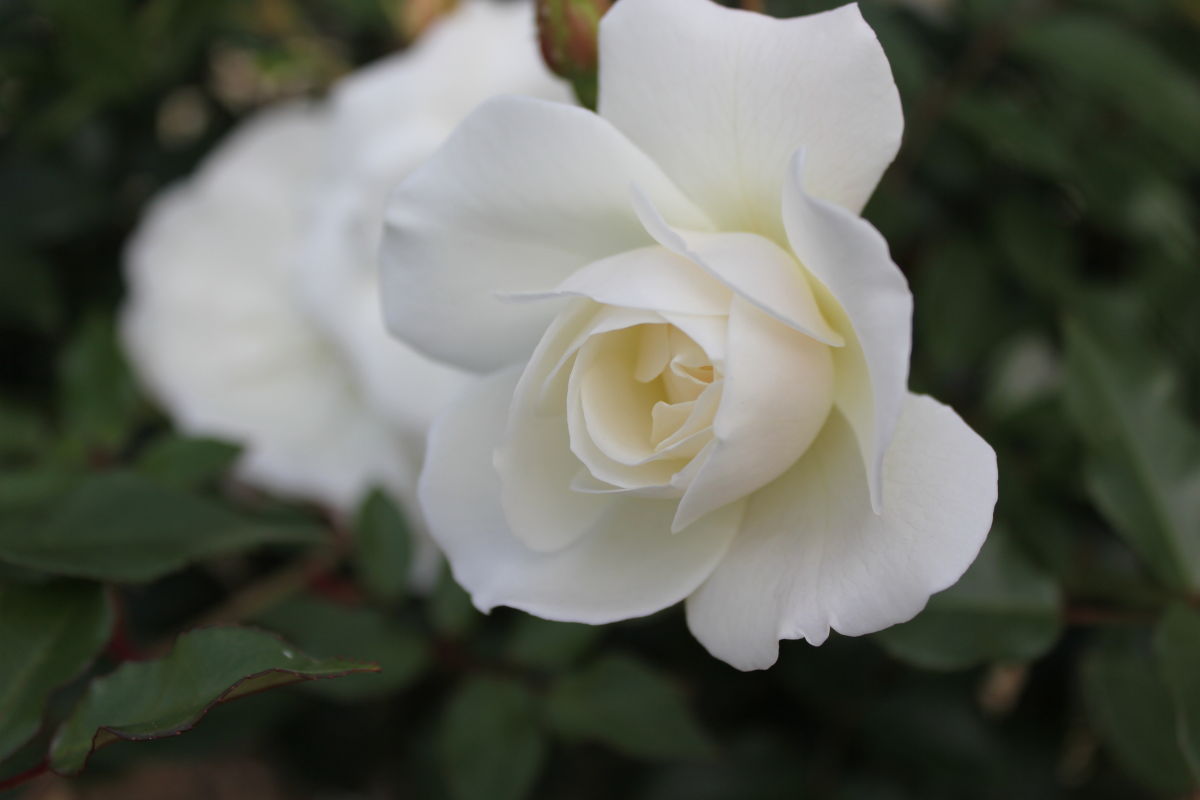
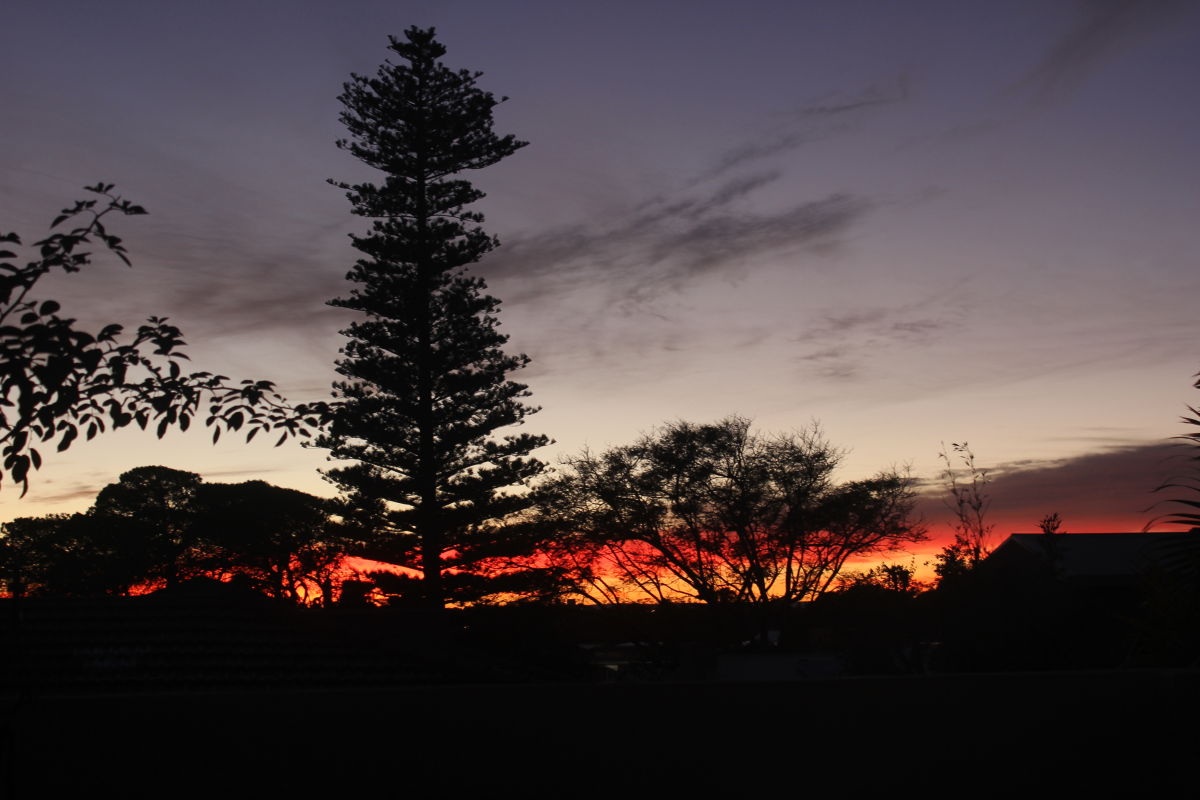
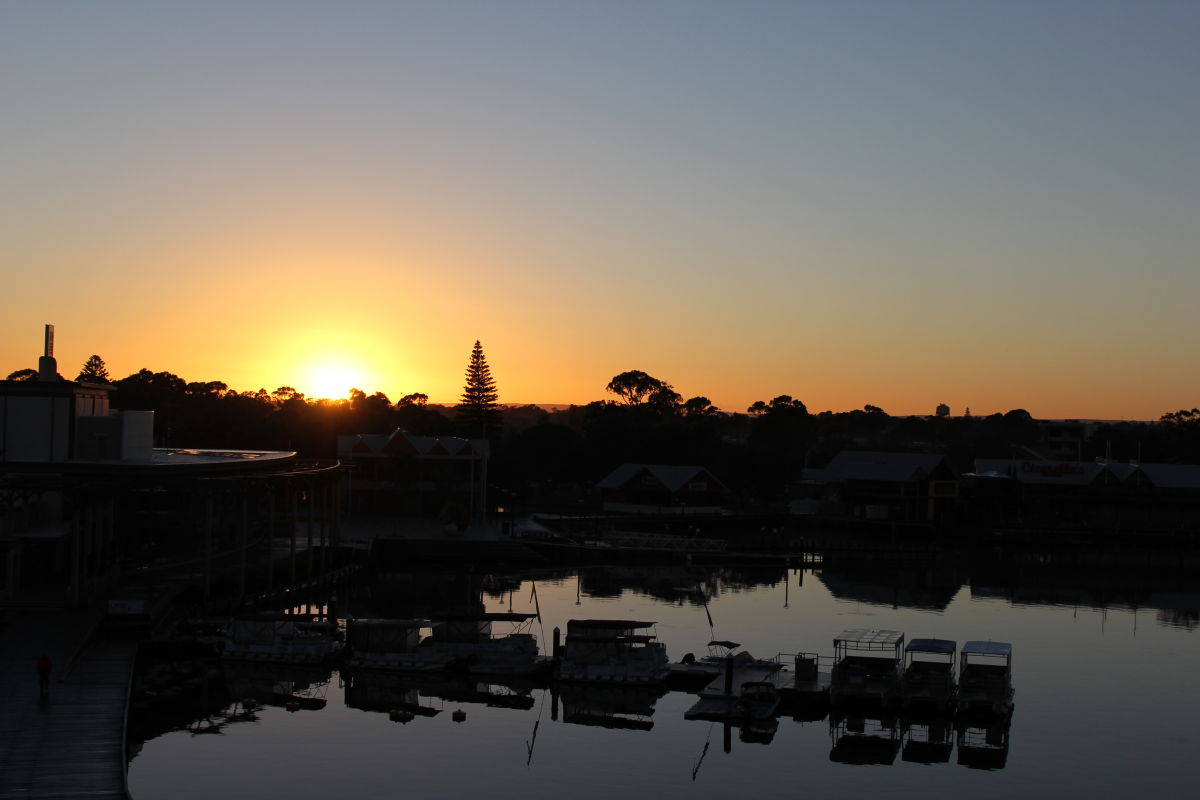
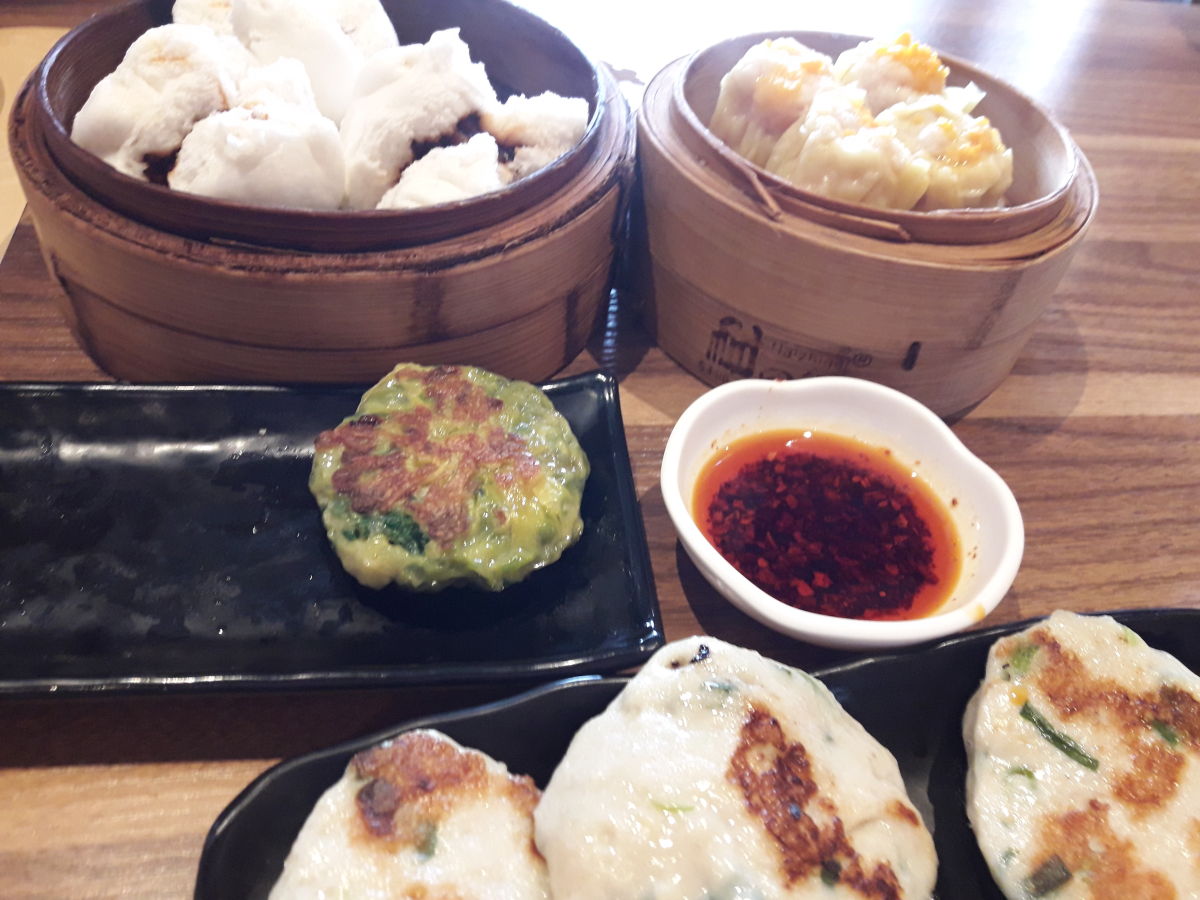
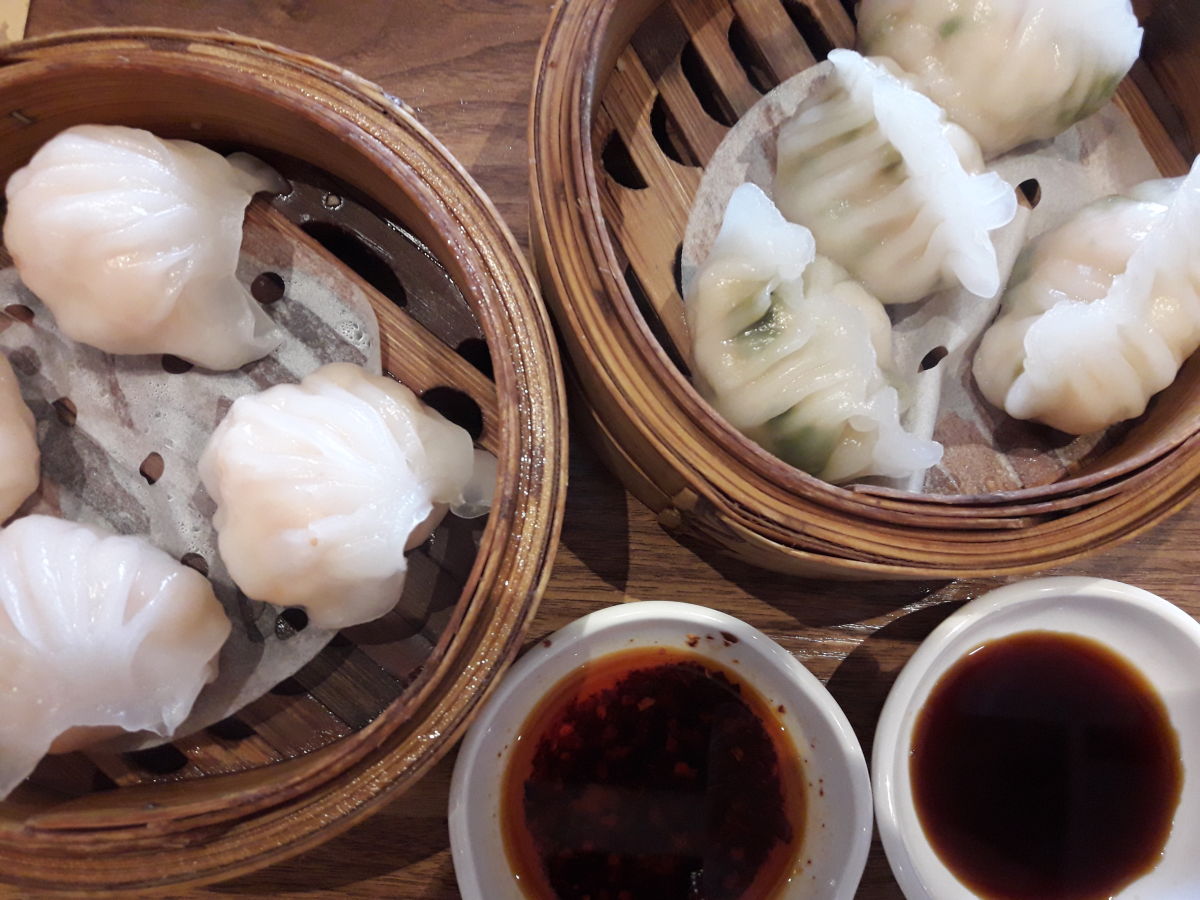
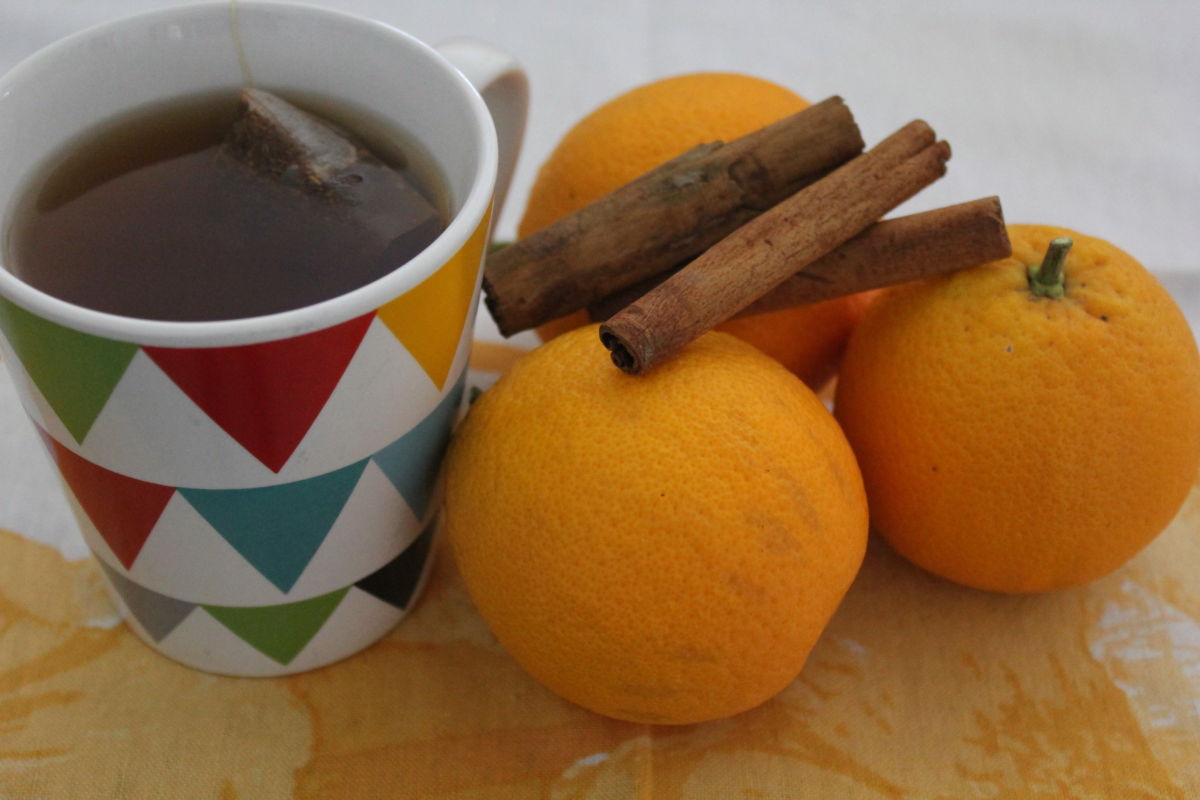
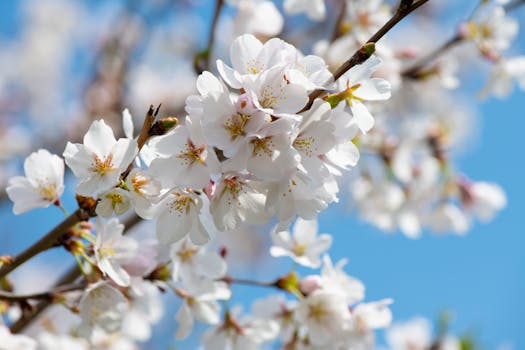
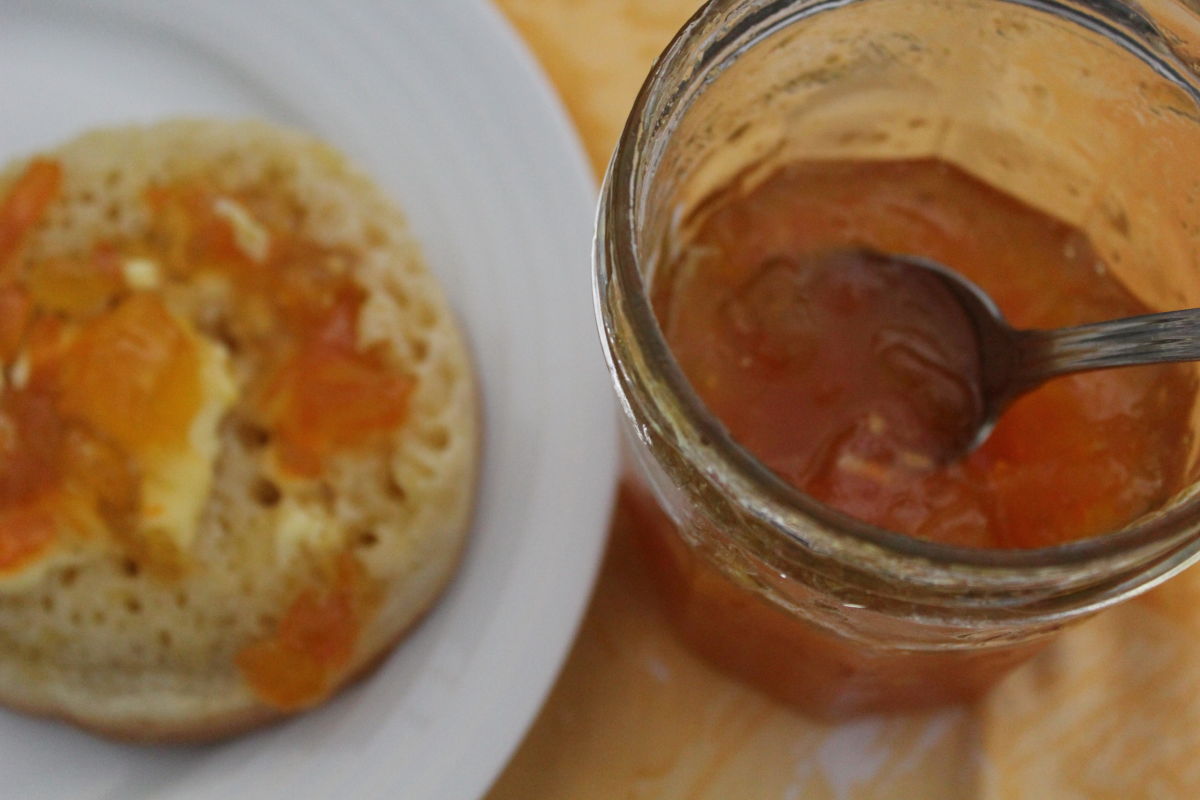
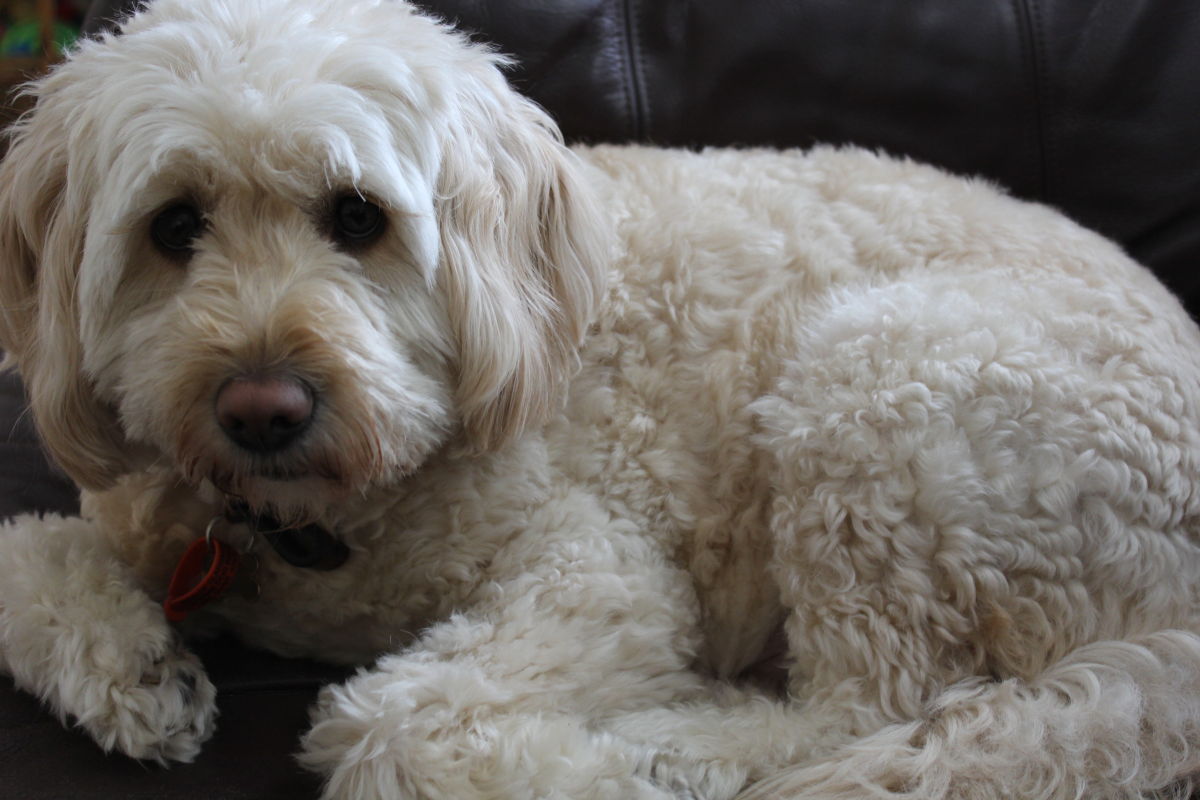


![Un Village Francais: Series 1 [Region 4]](https://images-na.ssl-images-amazon.com/images/I/81NaL4Tjw3L._SY445_.jpg)
